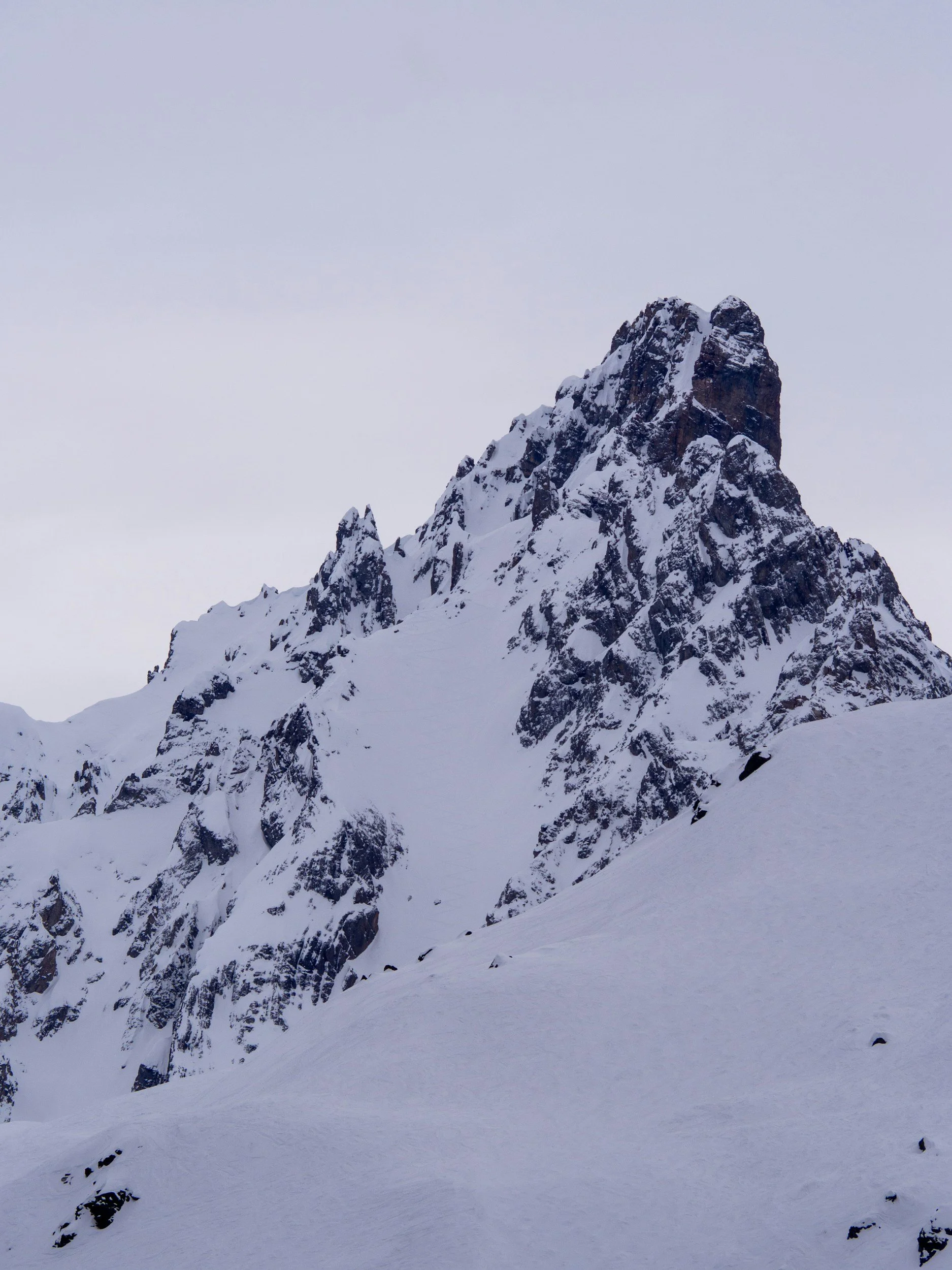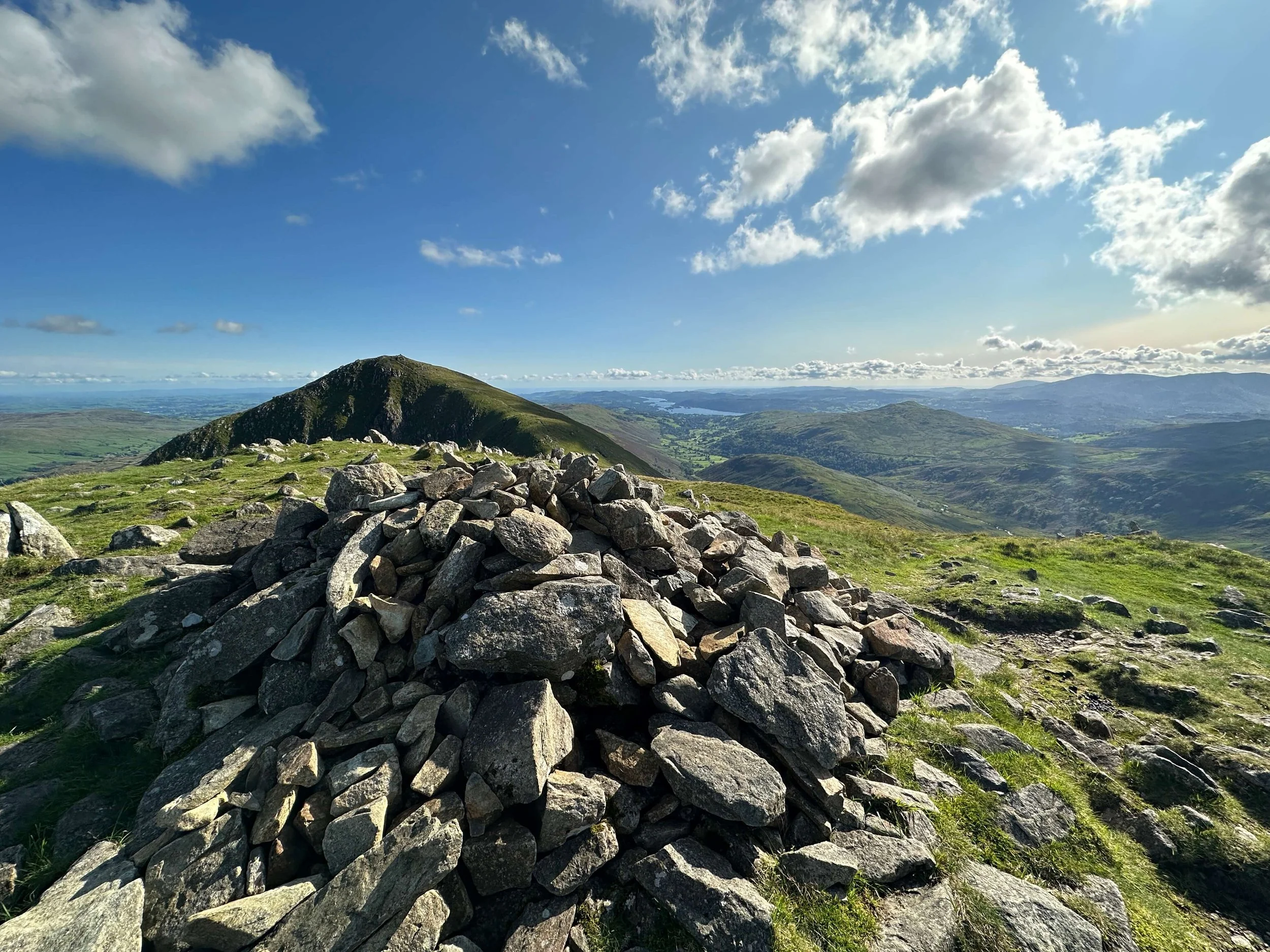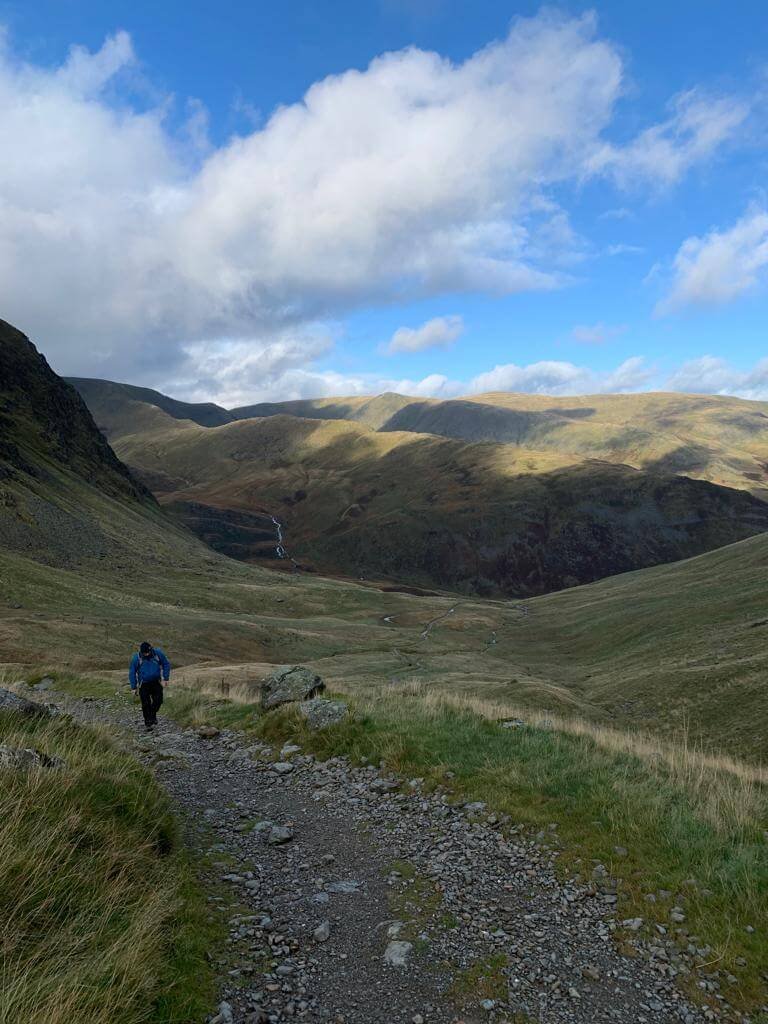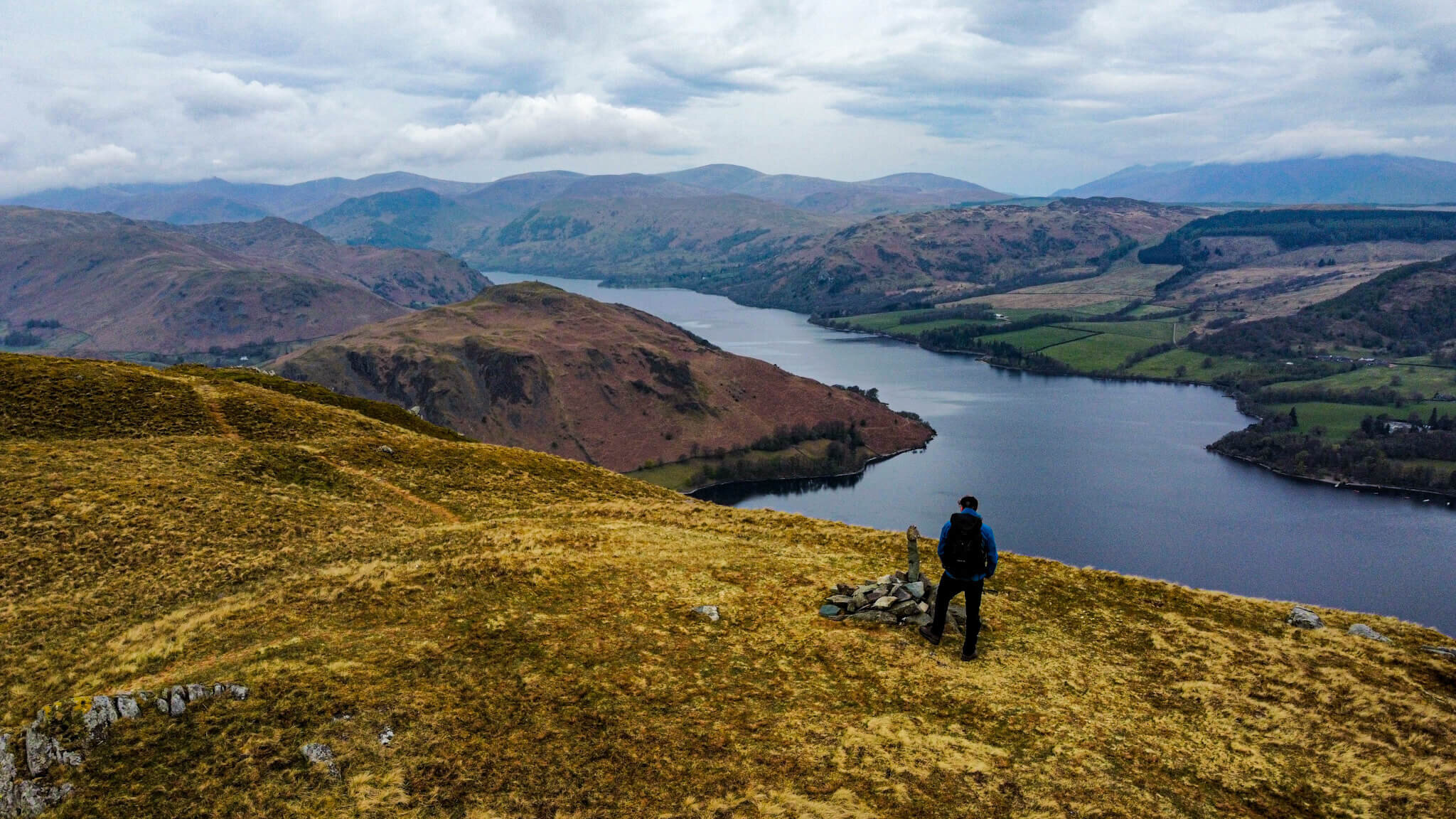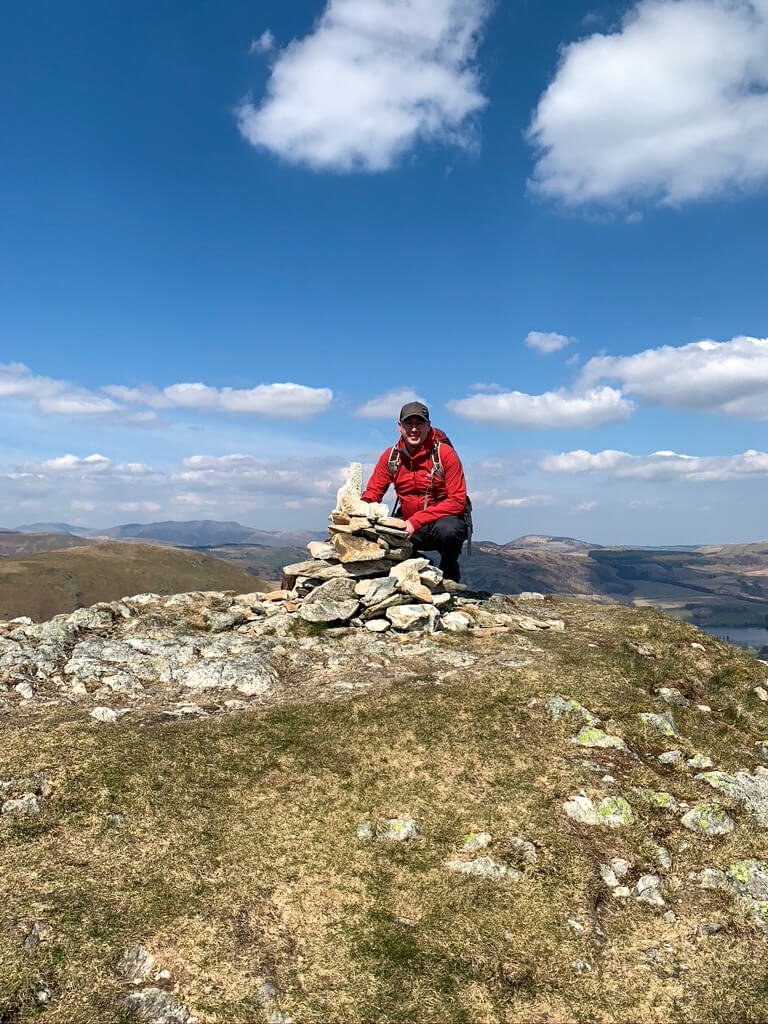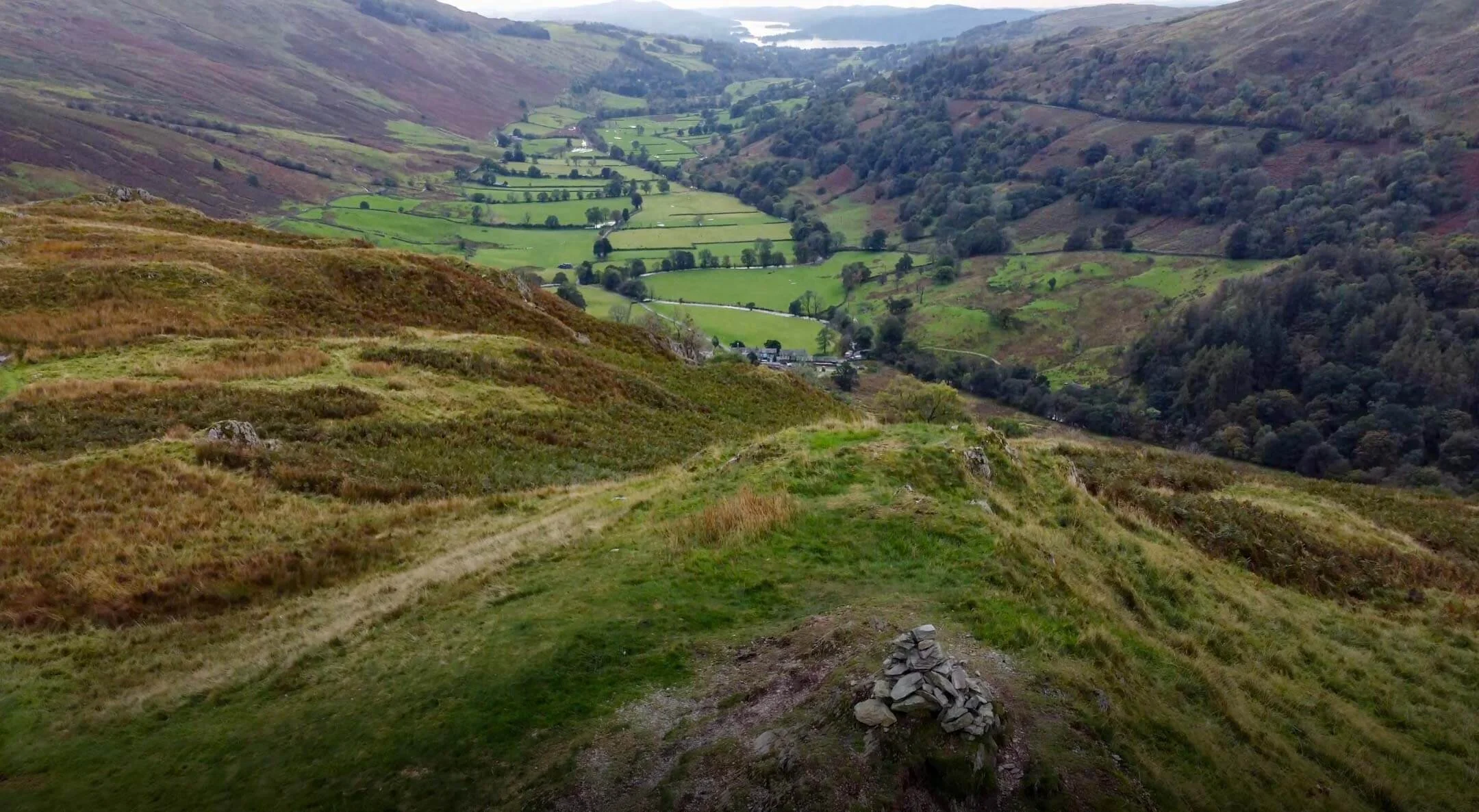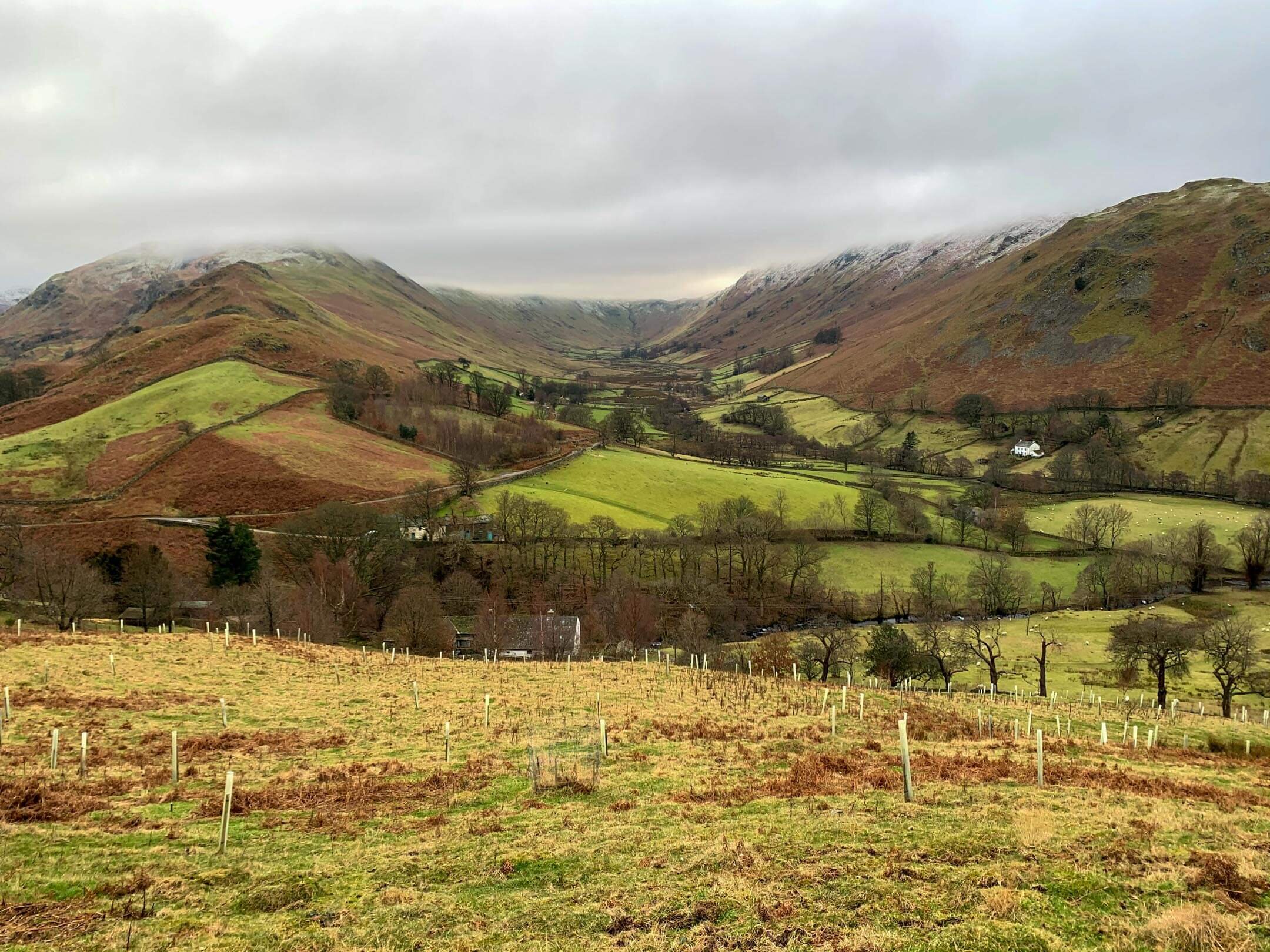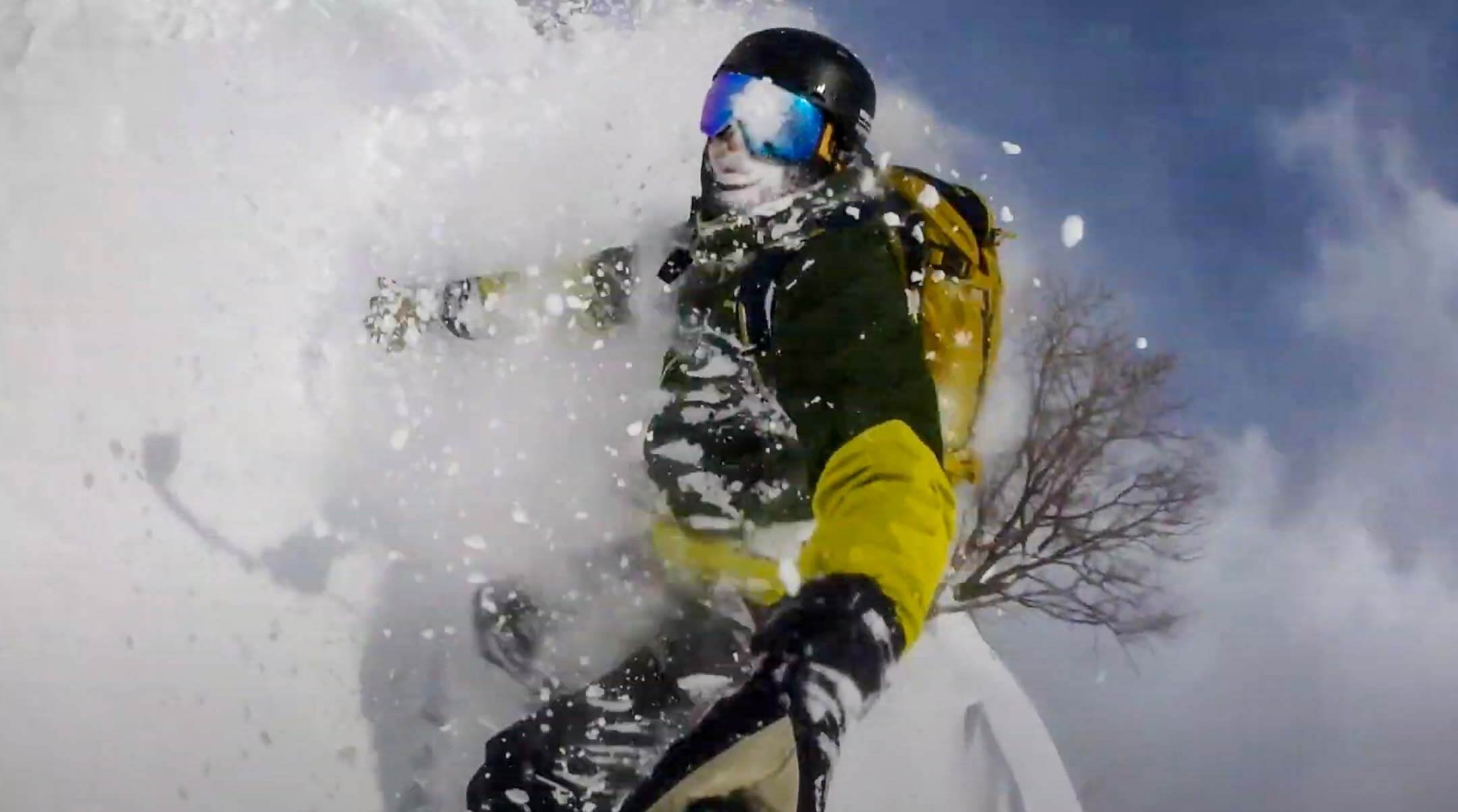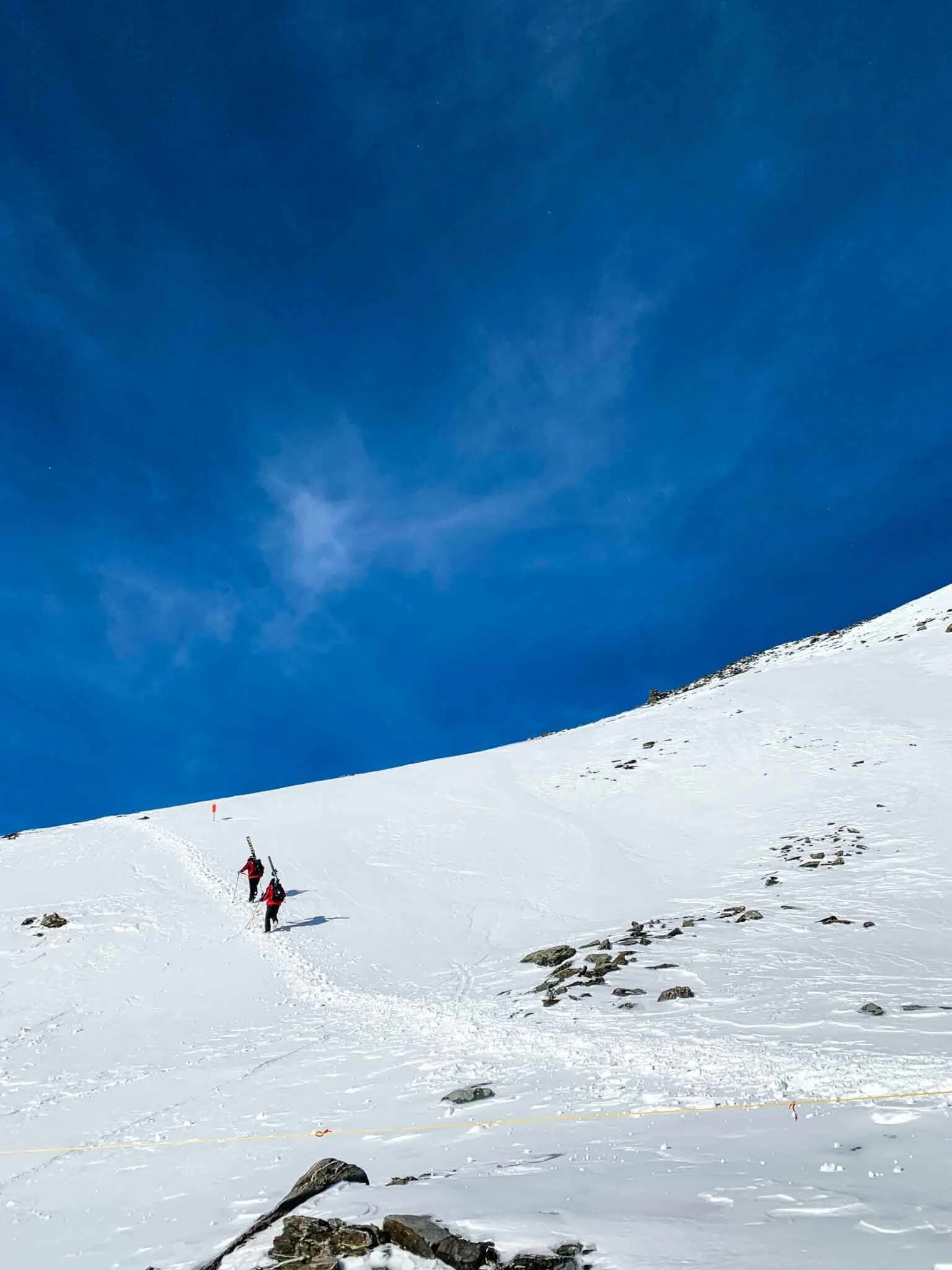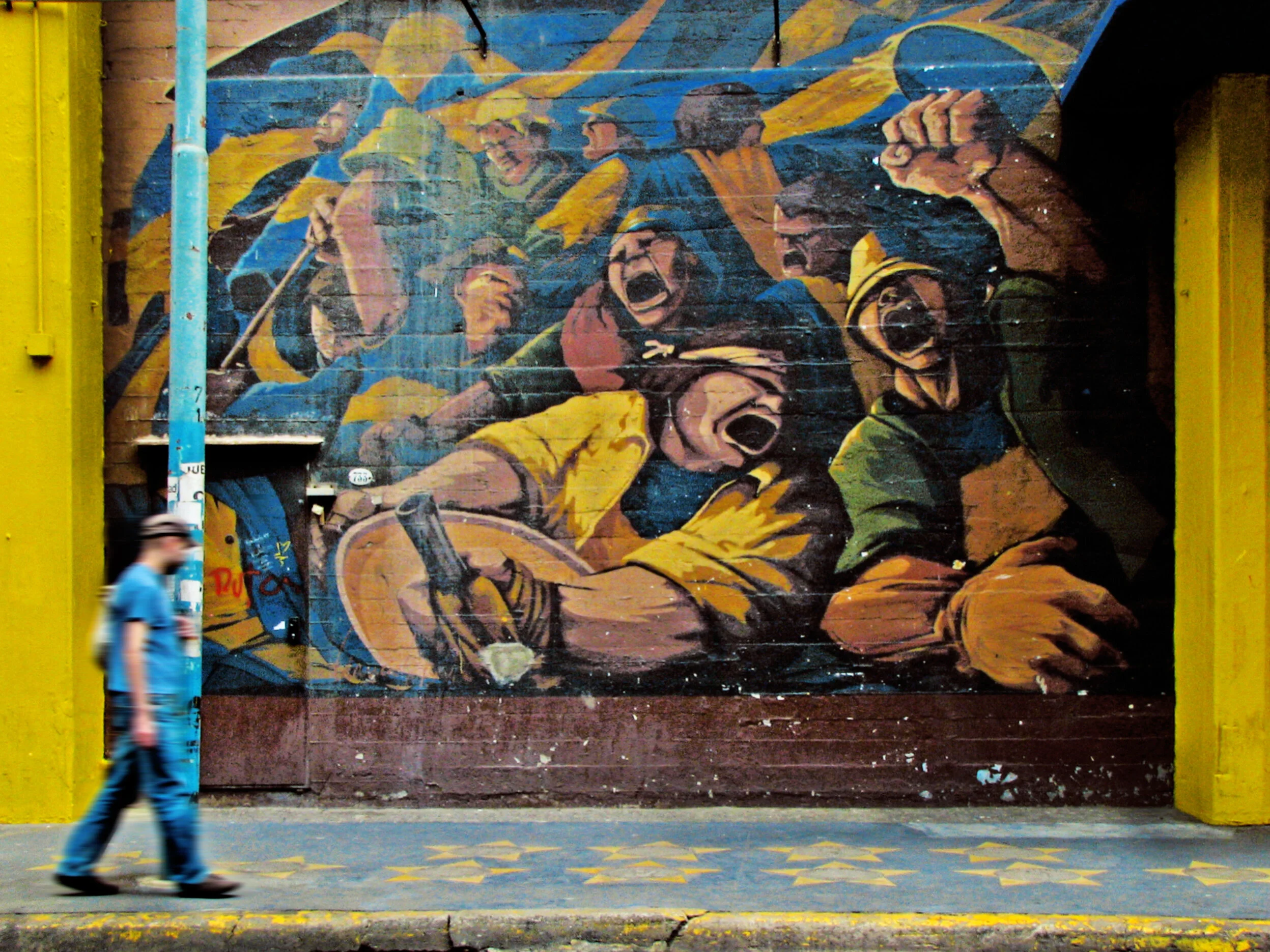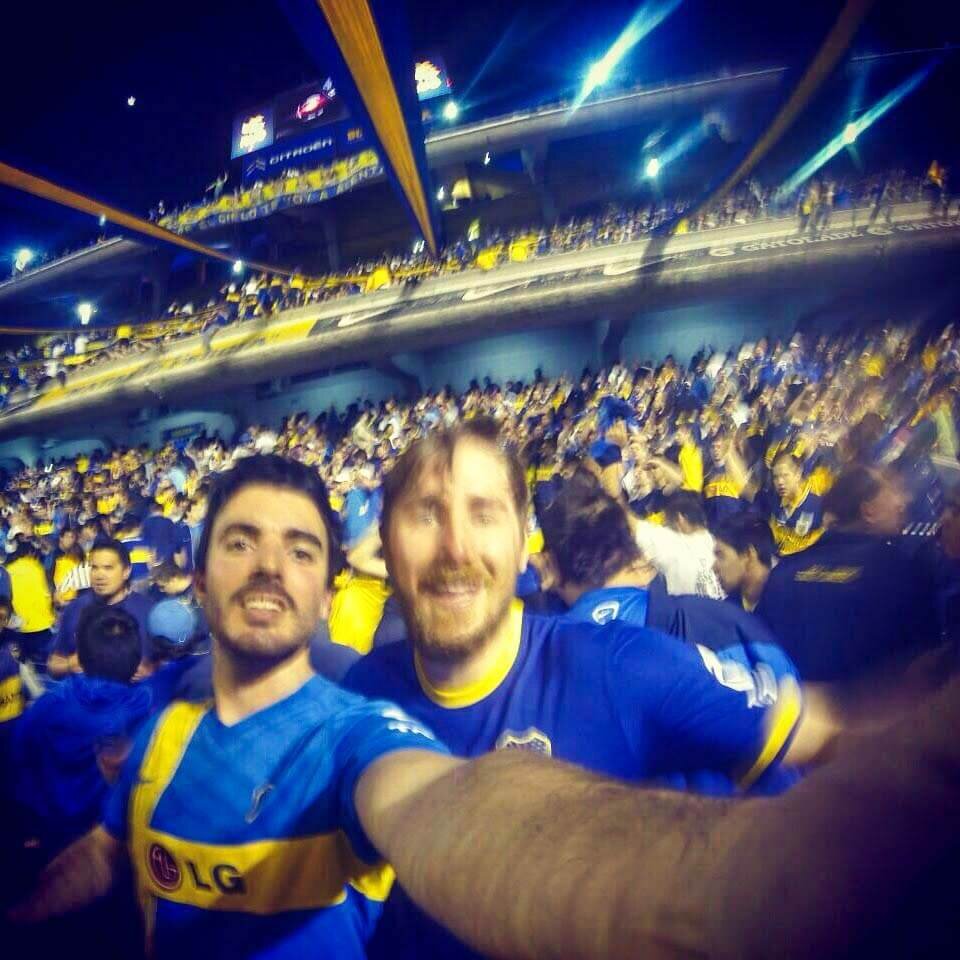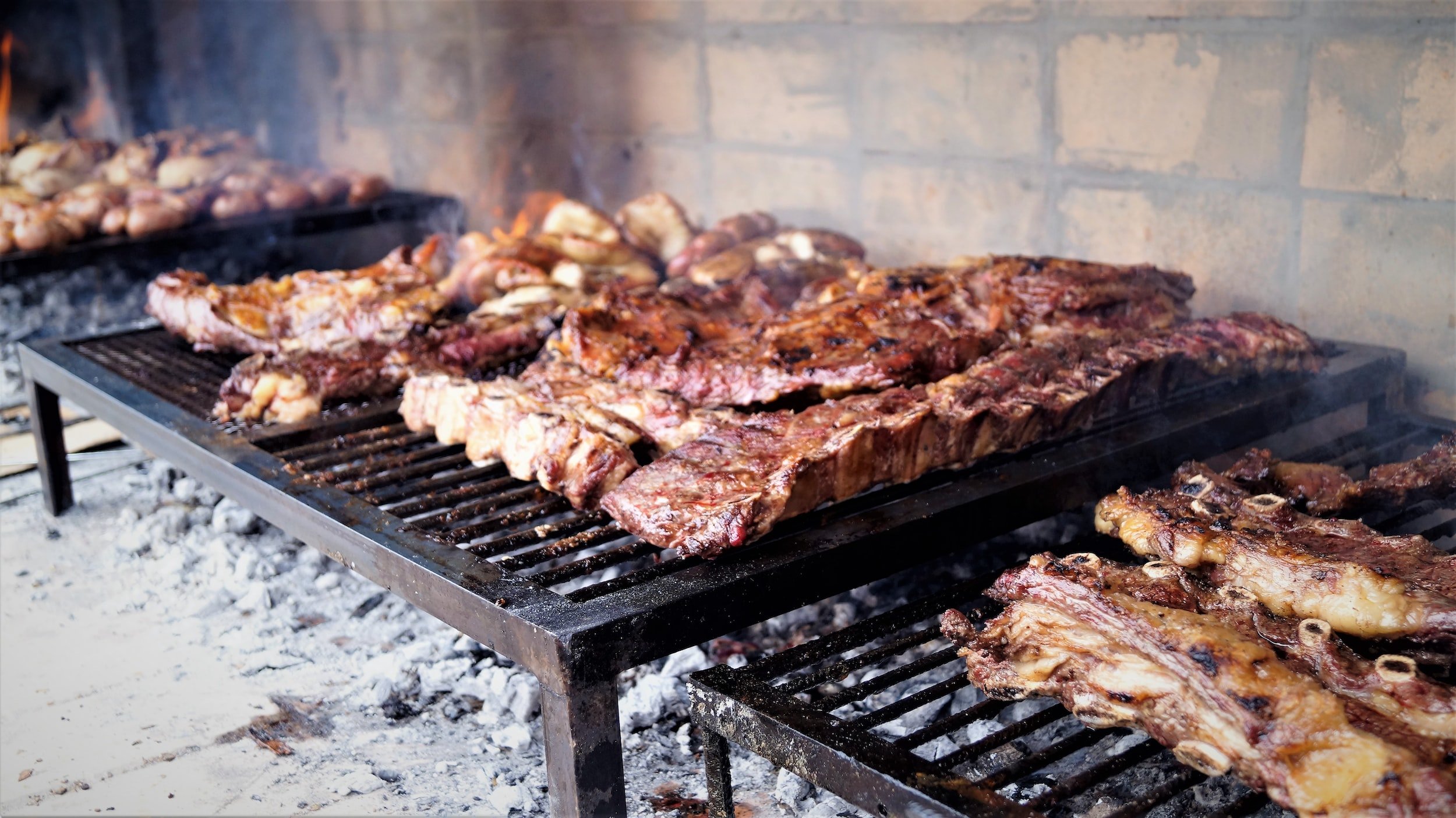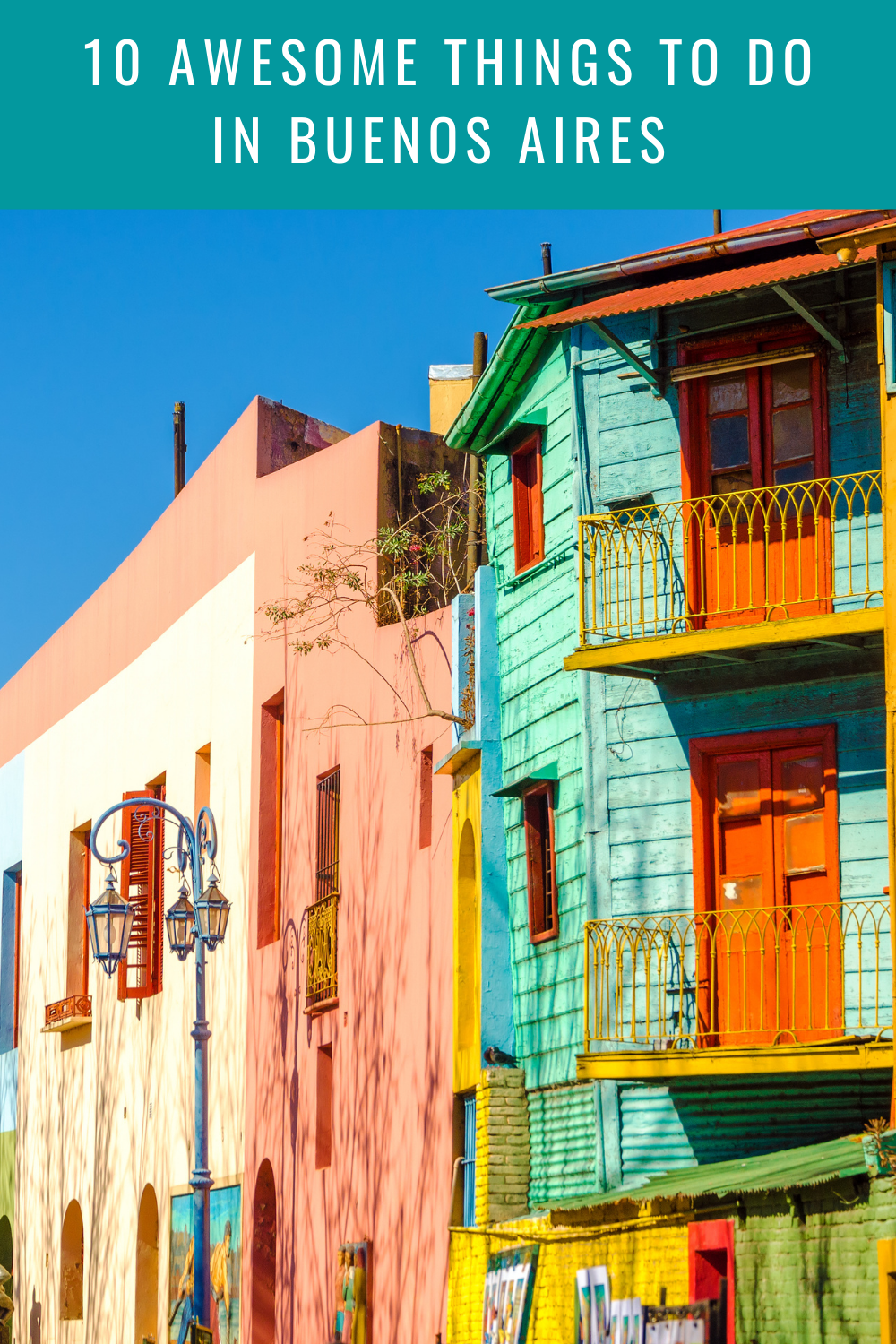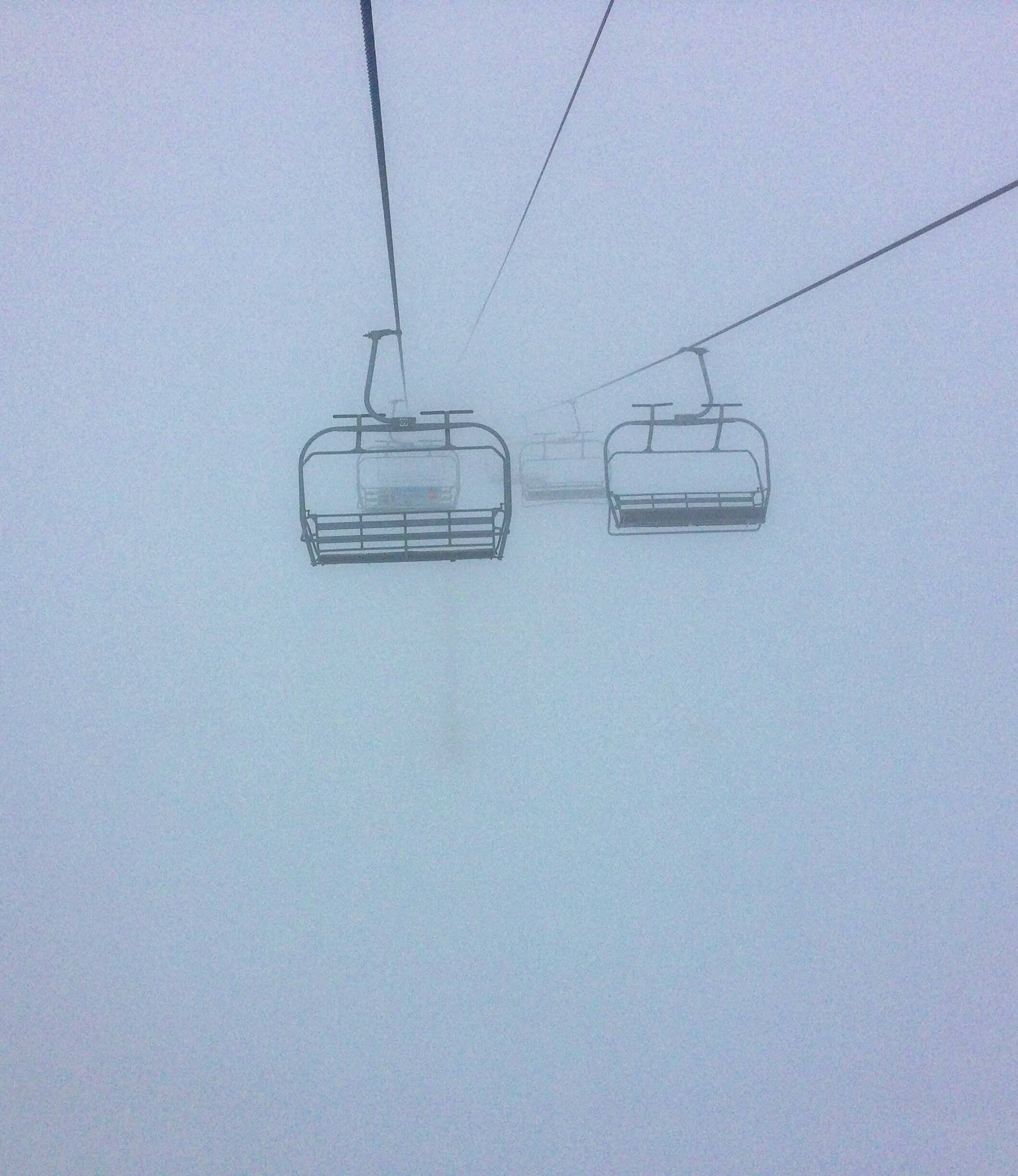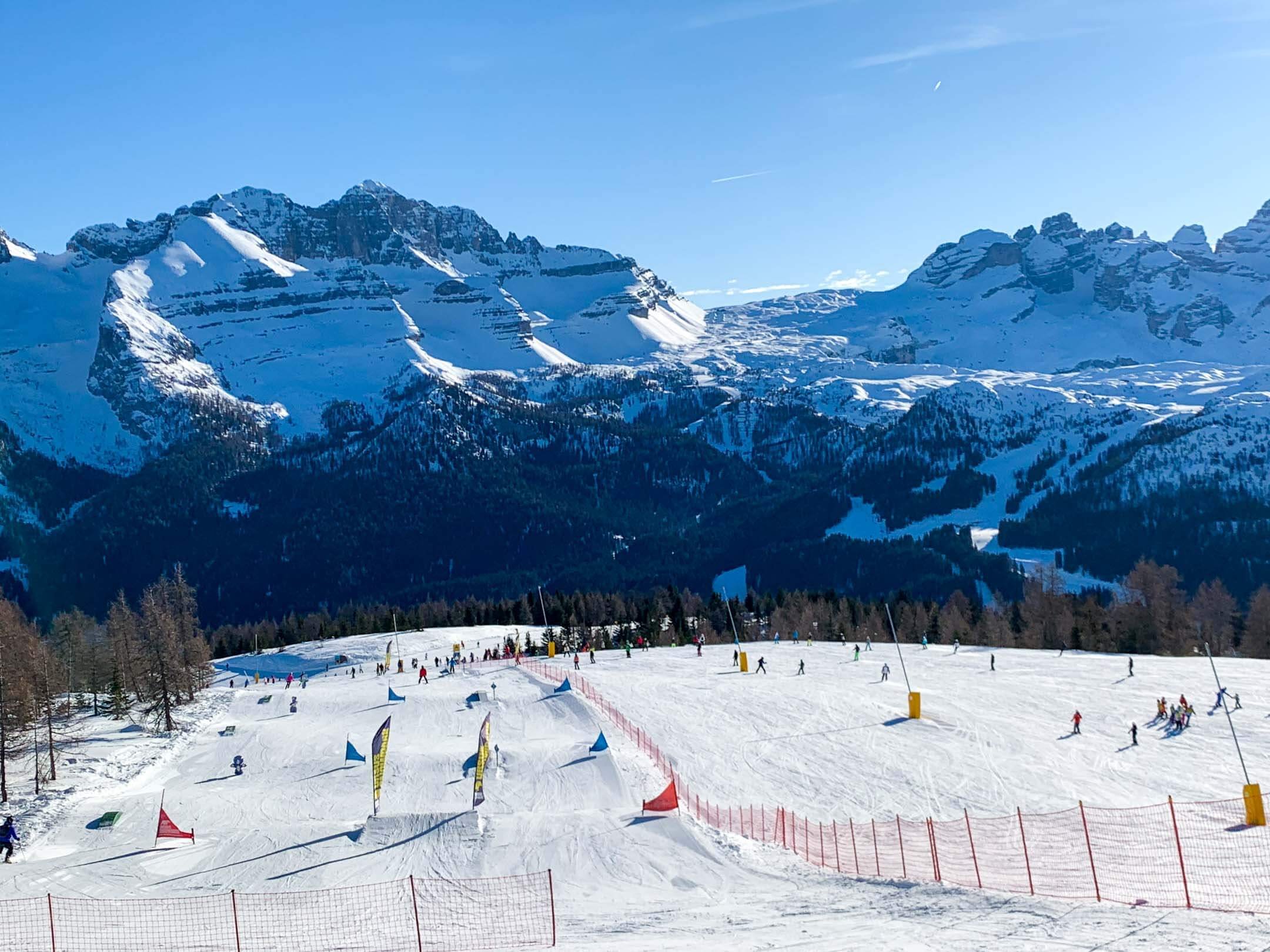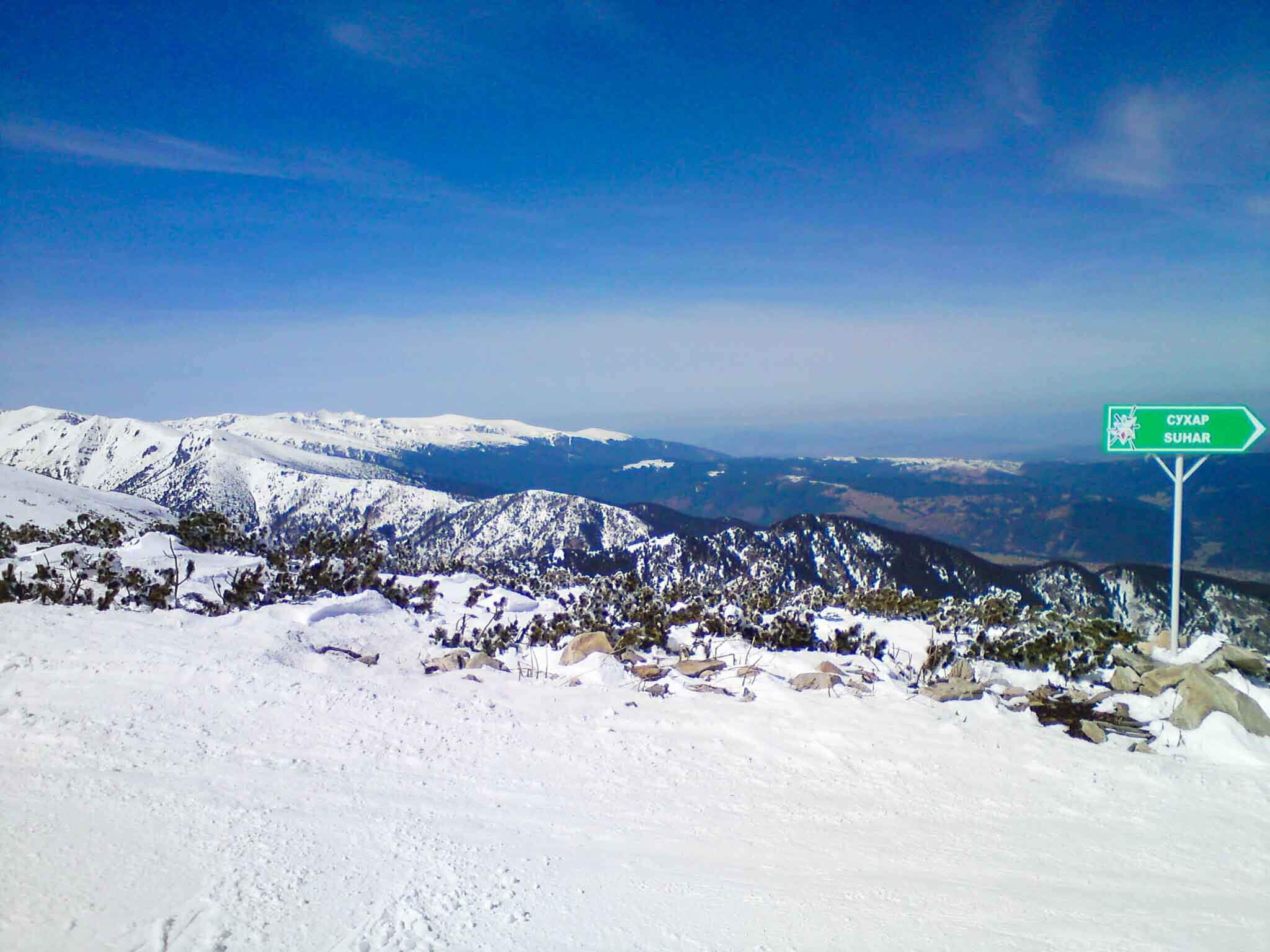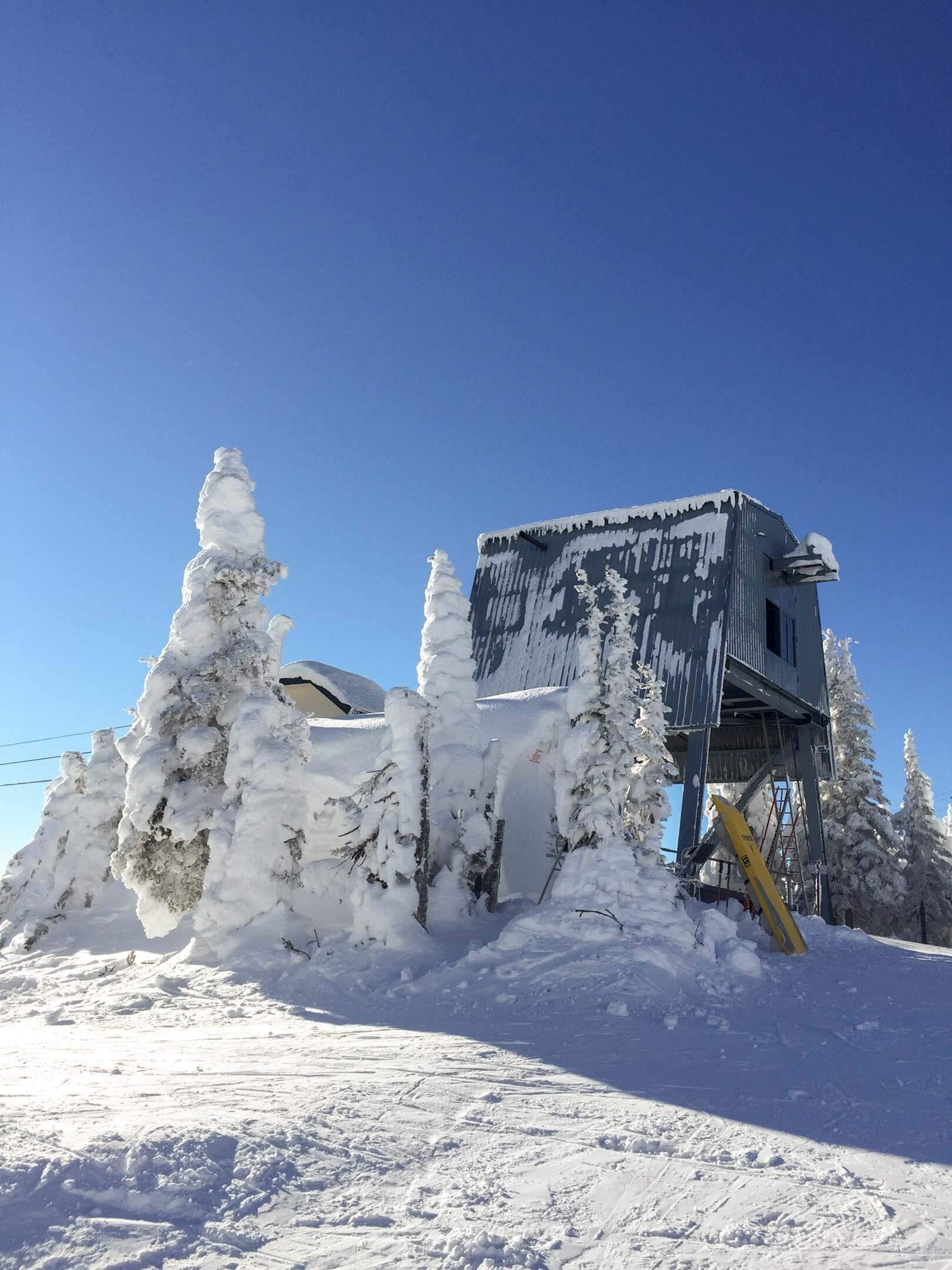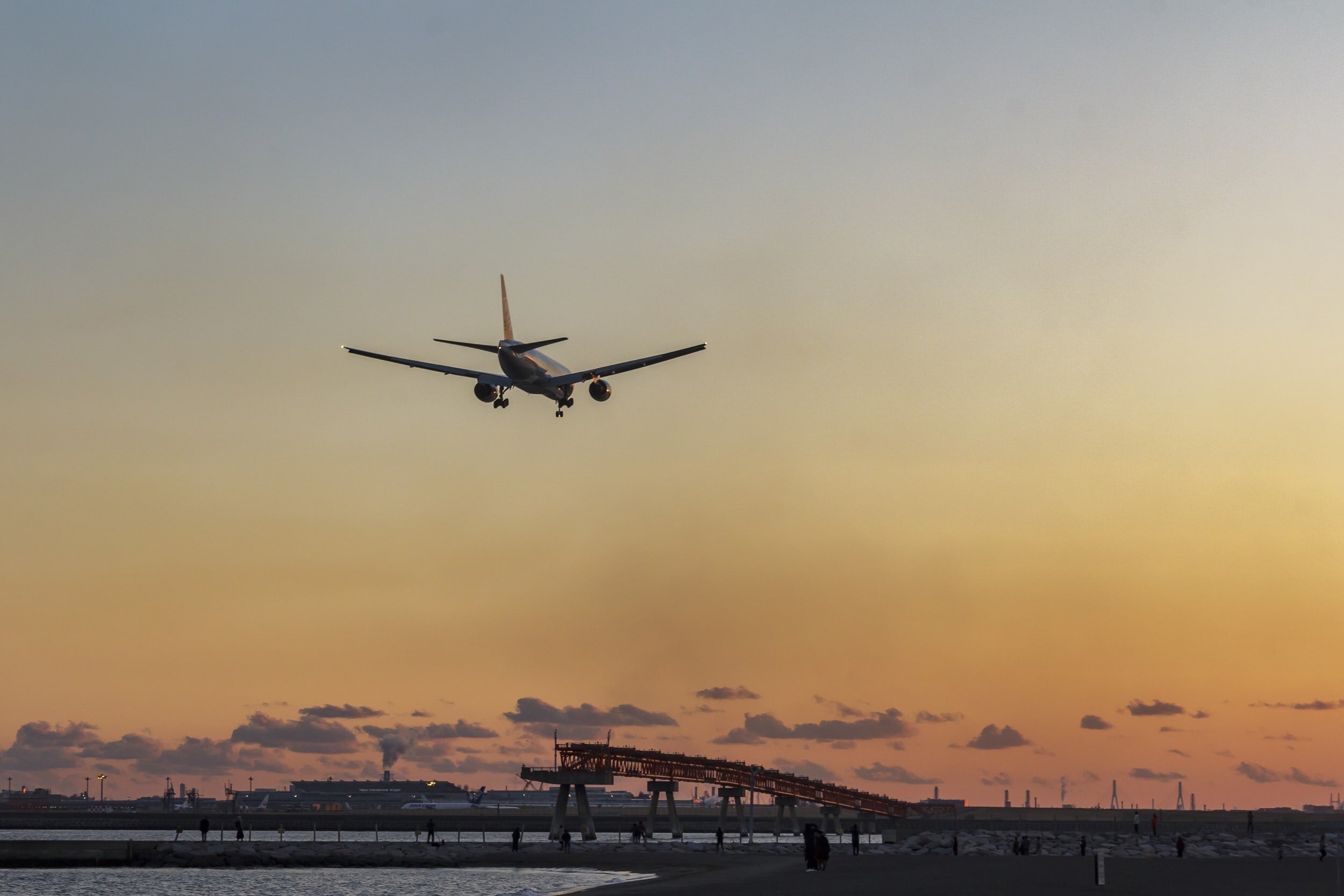Argentina Snowboarding Guide
Argentina has a rich history and a welcoming culture that has seen many Europeans settle and call it home. A quick walk around the capital of Buenos Aires will see the influence of its European settlers in the names, faces, and traditions of the locals. You will need to leave Buenos Aires and head into the Andes Mountains to reach the snow. In this Argentina snowboard guide, I will look at Argentinian ski resorts that will help you make the most of your Argentina ski holidays.
La Laguna @ Cerro Catedral
WHERE TO SNOWBOARD IN ARGENTINA
Snowboarding in Argentina is split between three distinct areas; High Andes (Mendoza), Lake District Patagonia, and Southern Patagonia Ushuaia.
PATAGONIA AND THE LAKE DISTRICT SKI RESORTS
Possibly the most popular place to snowboard in Argentina, the Lake District in Patagonia is stunning. When snowboarding in the Lake District expect to find epic views of mountains surrounded by lakes.
Bariloche is a popular access point to the resorts in this region with direct flights available from Buenos Aires. In Bariloche, you will find a bustling town filled with chocolate shops, bars, and incredible steak restaurants. Be sure to check out El Boliche de Alberto for the best Argentinian steak experience.
Most importantly, Bariloche is only a 12-mile drive to the Patagonia ski resort of Cerro Catedral, which offers modern lifts and some incredible terrain. Catedral Alta Patagonia is one of the prettiest resorts I have snowboarded at with views across Lago Nahuel Huapi into Chile. More importantly than the views, the terrain at Catedral Alta Patagonia is insane with easy access backcountry into the La Laguna area.
North of Bariloche you will find Caviahue ski resort which sits on a stratovolcano Copahue at nearly 3000m. Caviahue runs mostly surface lifts with a mere 418m of vertical drop.
Other notable Lake District ski resorts are; Cerro Chapelco, Cerro Bayo and La Hoya. Chapelco is outside the town of San Martin de Los Andes and offers some good riding through the trees. A mere 40 miles from Bariloche you will find Cerro Bayo. Cerro Bayo is a small ski resort offering a different experience to that found at nearby Cerro Catedral. South of Bariloche you will find La Hoya, which despite its modest size packs a punch. La Hoya has steep couloirs and the longest ski season in Argentina due to the colder temperatures.
MENDOZA SKI RESORTS
Snowboarding in Mendoza may be harder to access than most ski areas in Argentina but it may just be worth that extra effort. Mendoza is home to Las Leñas ski resort which is known worldwide for its steep freeride terrain. Las Leñas is the highest ski resort in Argentina with lifts reaching 3,340m. This pretty much guarantees great snow and Las Leñas receives an average of 5-6m per season. A combination of lift-accessible steeps and easy-access hiking make Las Leñas popular with the extreme crowd.
Mendoza is also home to Los Penitentes ski resort close to the border of Argentina and Chile. At Los Penitentes, you are unlikely to find many international skiers and snowboarders instead, Penitentes caters to the locals. That is not to say that Los Penitentes does not get international clients just that it is less common as a multi-day ski destination and is more likely to be an add-on. Similarly to Las Leñas, Penitentes has terrain above 3000m with a good proportion of the terrain intended for advanced riders.
SOUTHERN PATAGONIA SKI RESORTS
Ushuaia at the very southern tip of Argentina in Tierra del Fuego is home to Cerro Castor. Cerro Castor is not only Argentina’s most southerly ski resort but also the world’s. Cerro Castor is essentially at the end of the road but is surprisingly accessible. Direct flights to Ushuaia are possible from Buenos Aires which makes skiing and snowboarding at Cerro Castor popular. The terrain at Cerro Castor isn’t on the same scale as what you may find at Las Leñas or Cerro Catedral but the location is incredibly unique.
IF YOU FIND VALUE IN THIS POST CONSIDER CLICKING THE BUYMEACOFFEE LINK BELOW TO SUPPORT MY CONTENT
ARGENTINA GALLERY
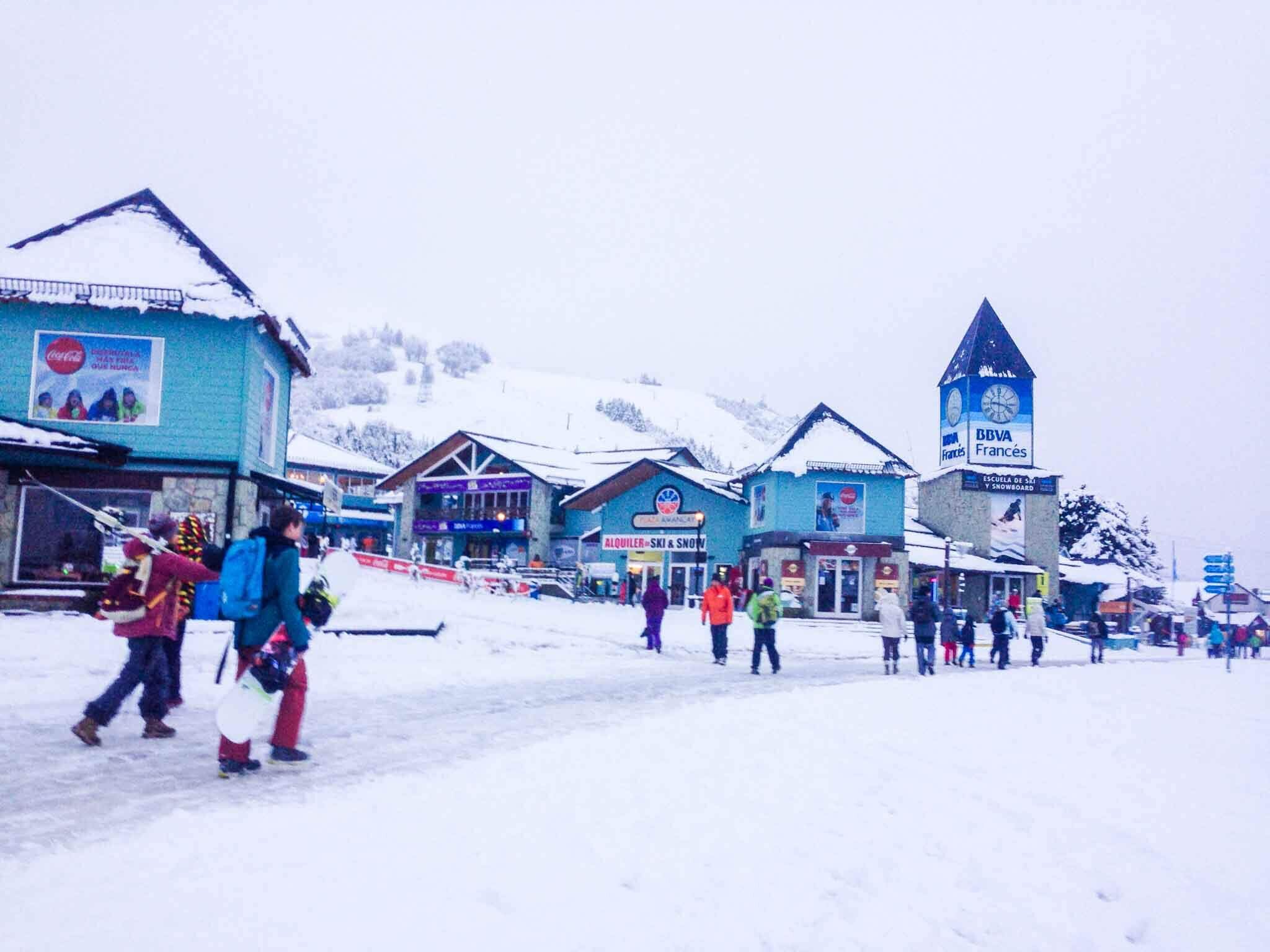
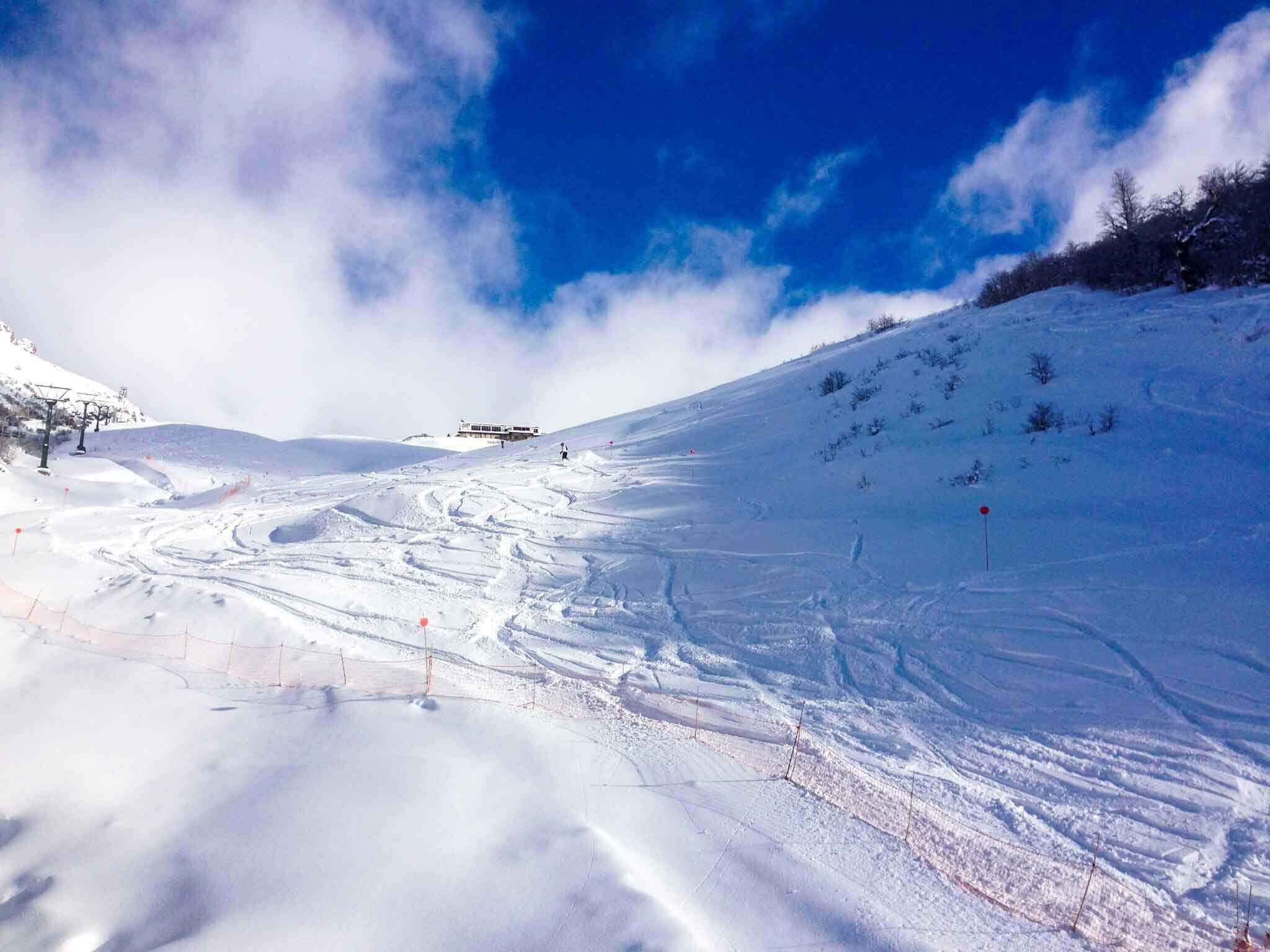
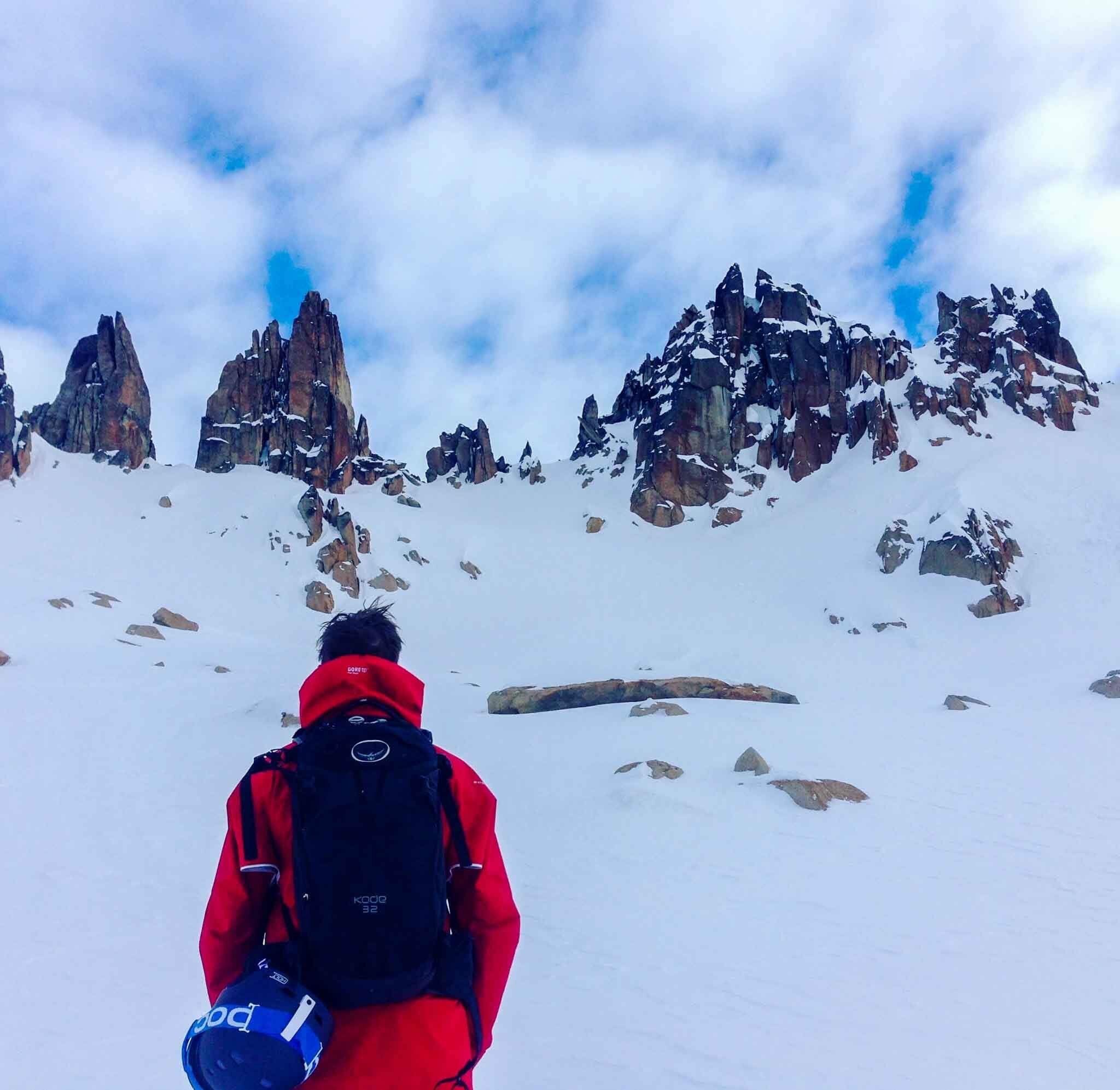
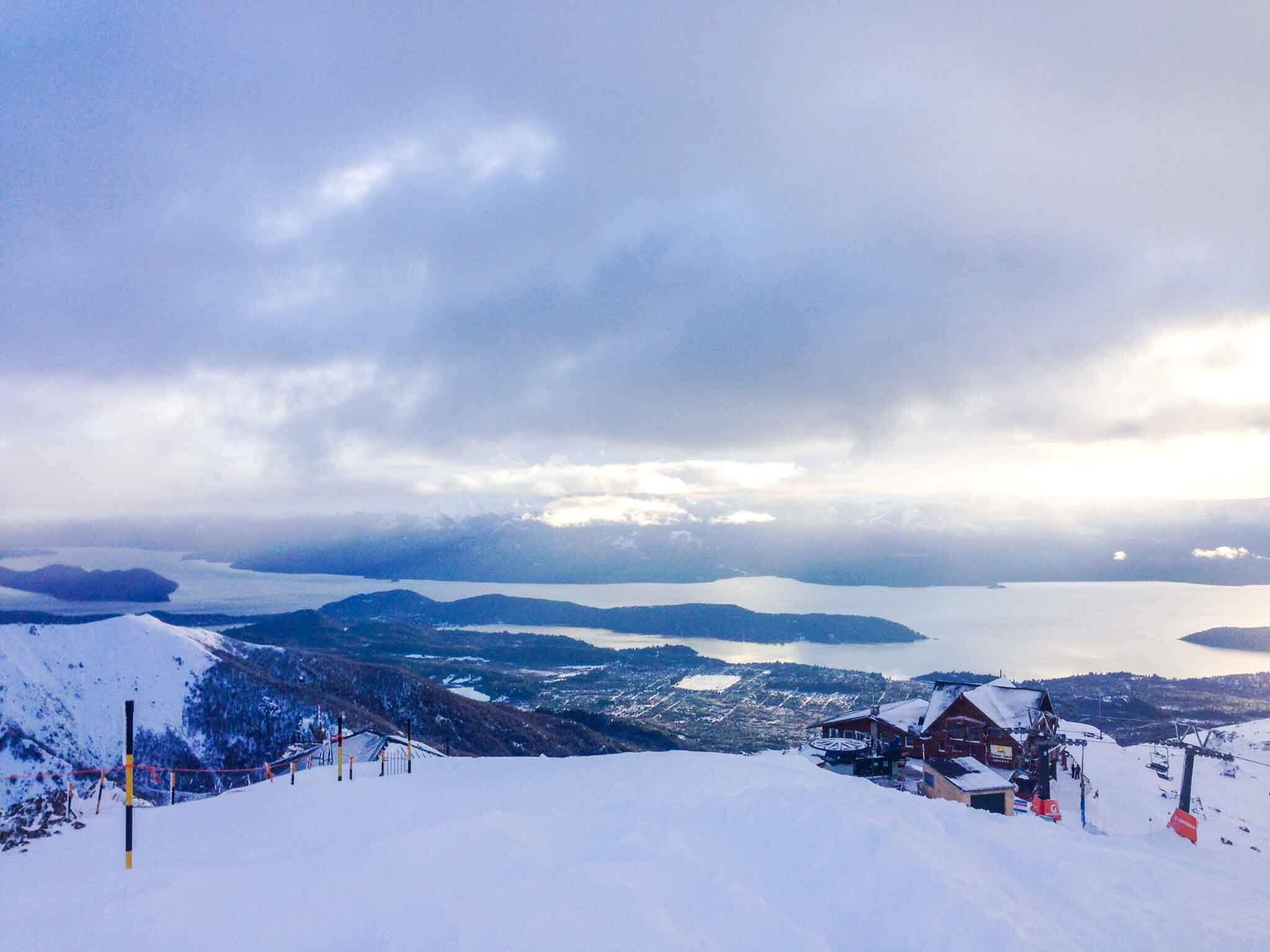
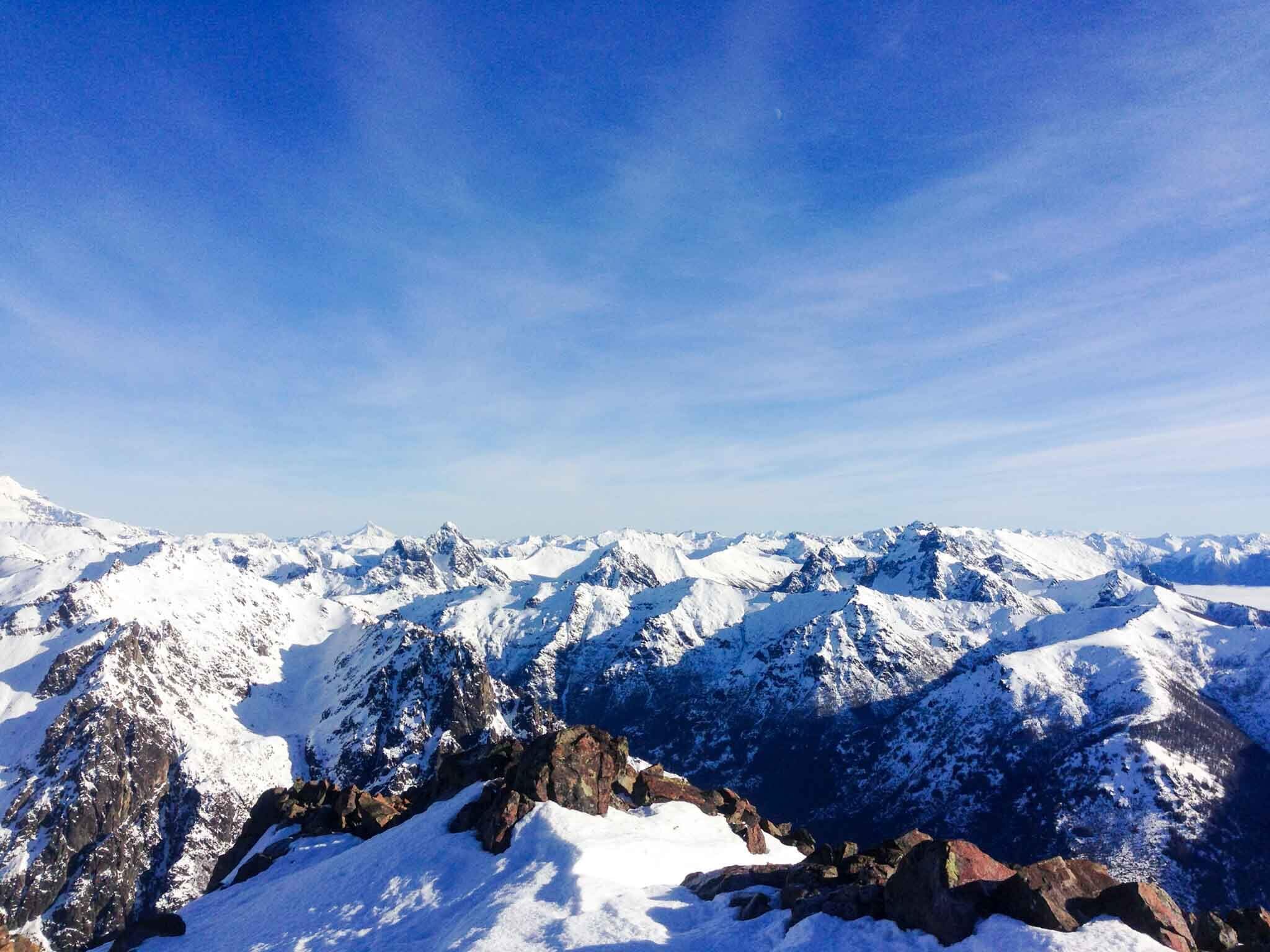
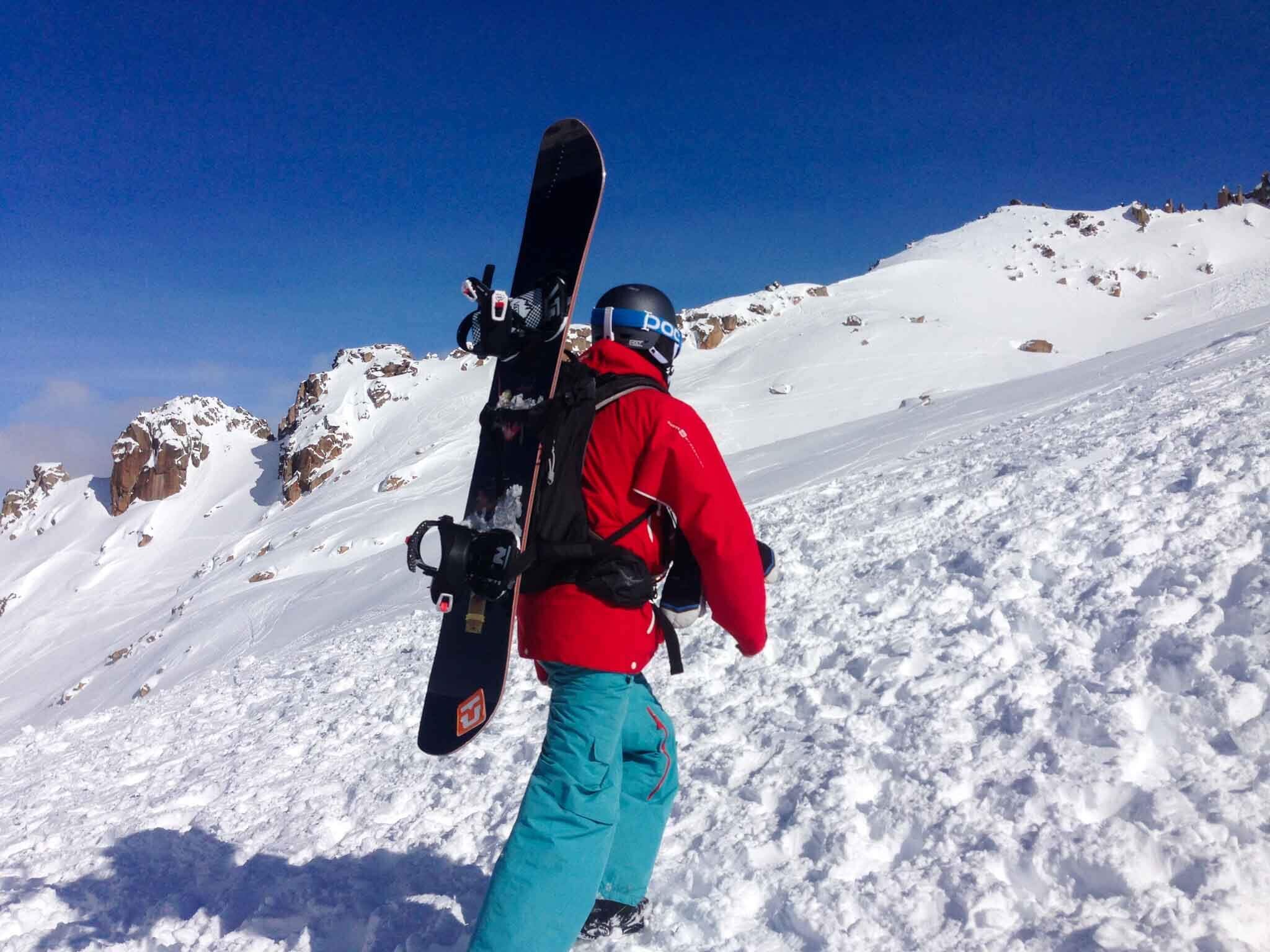
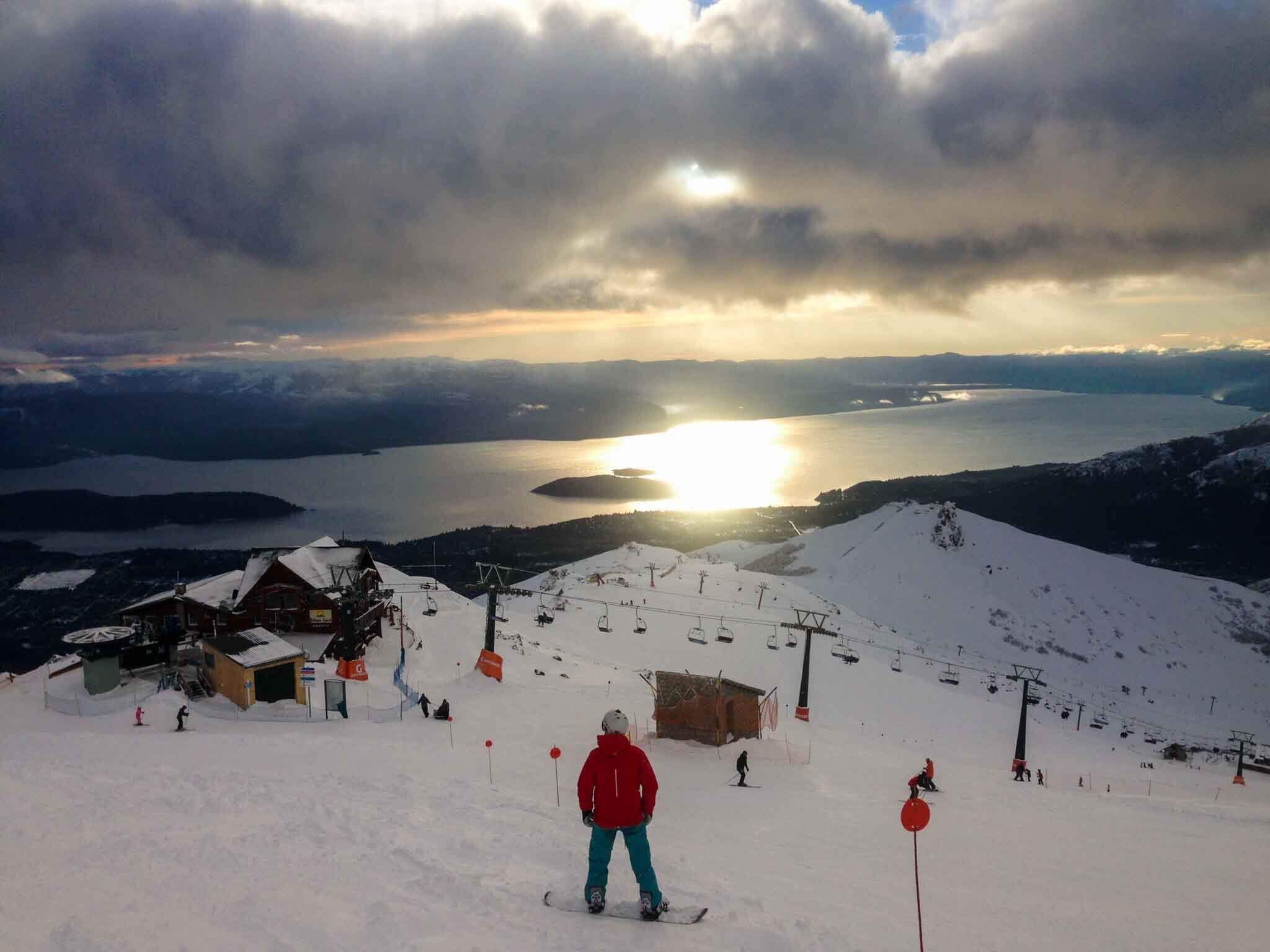
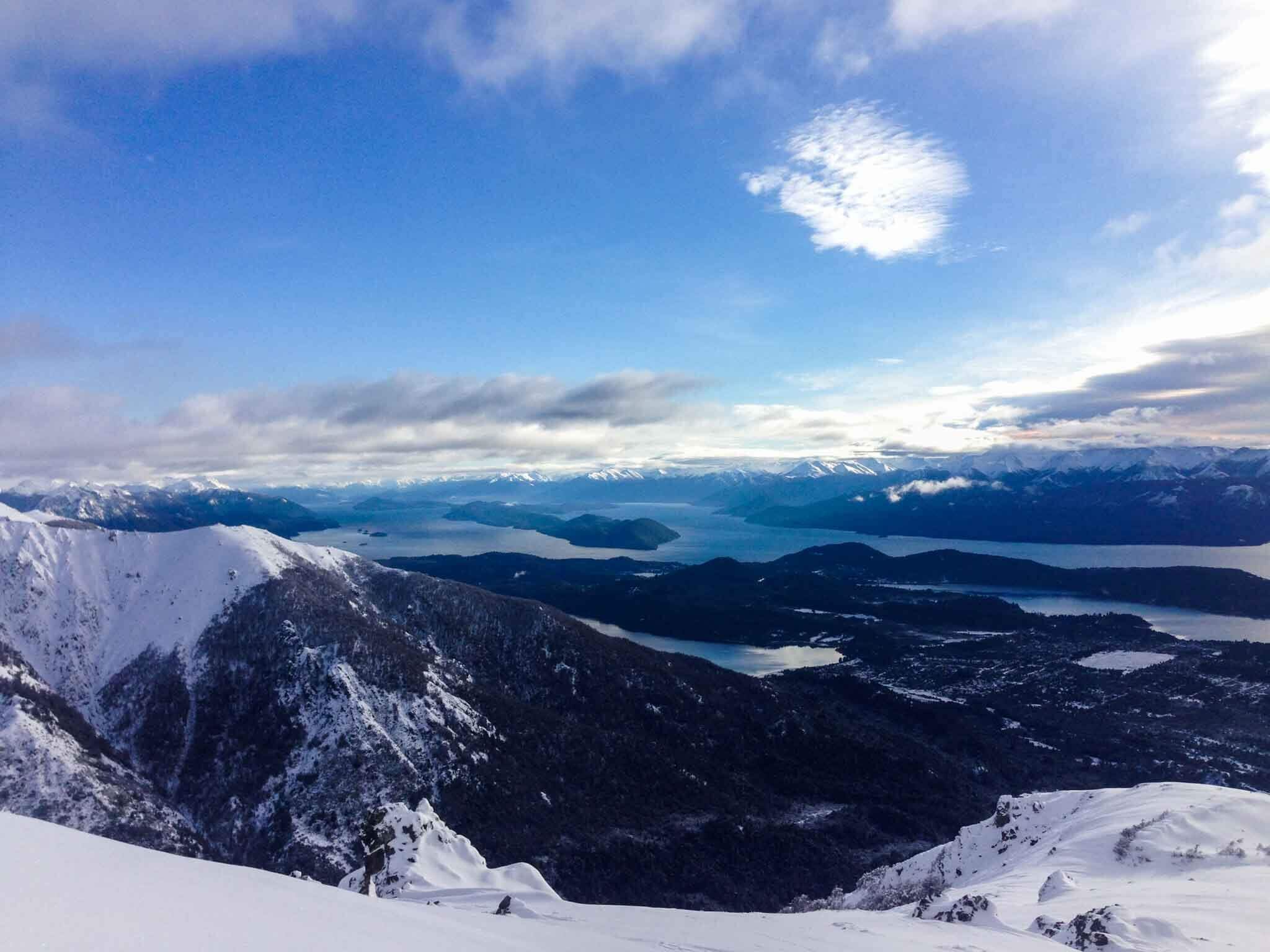
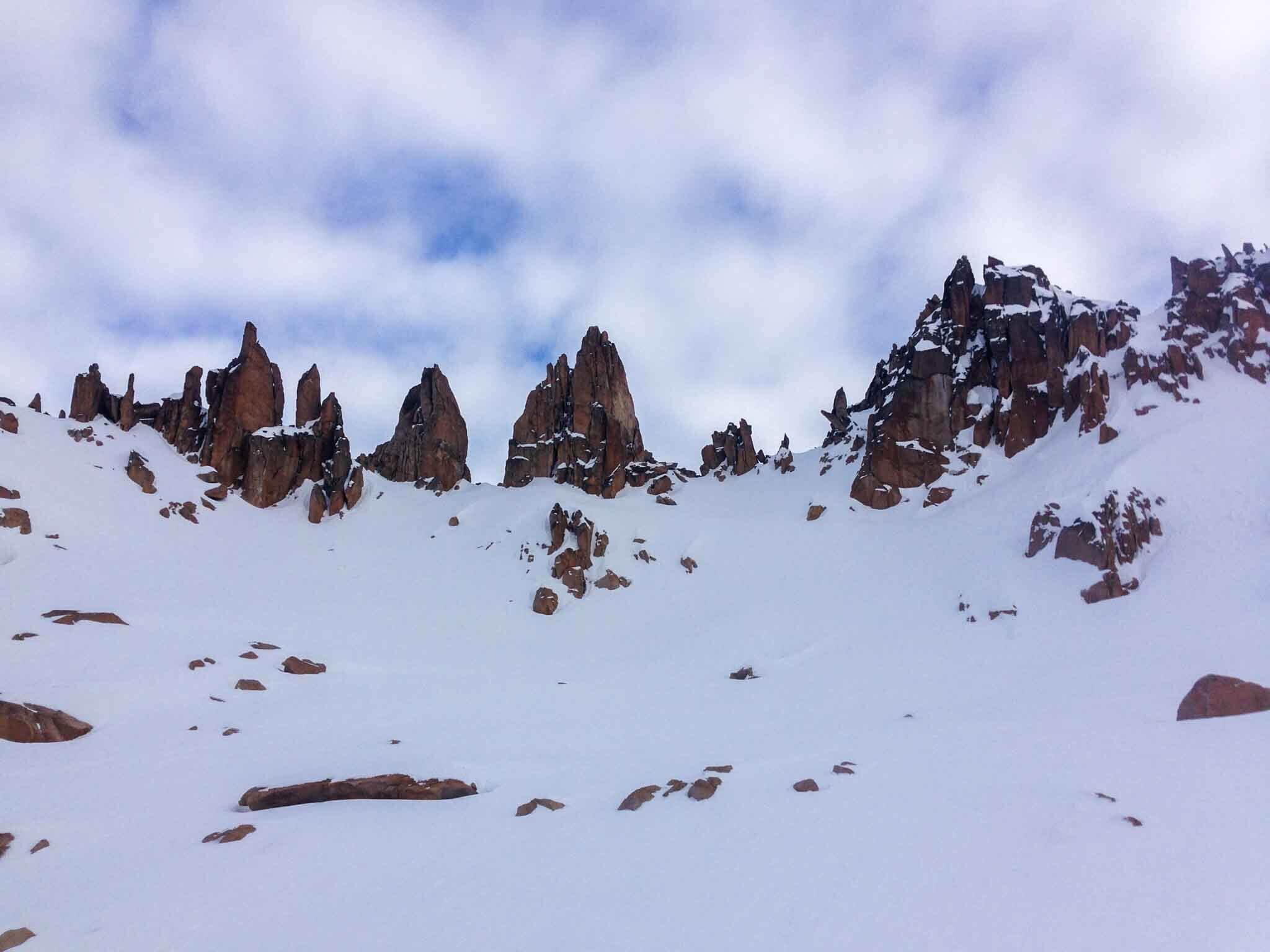
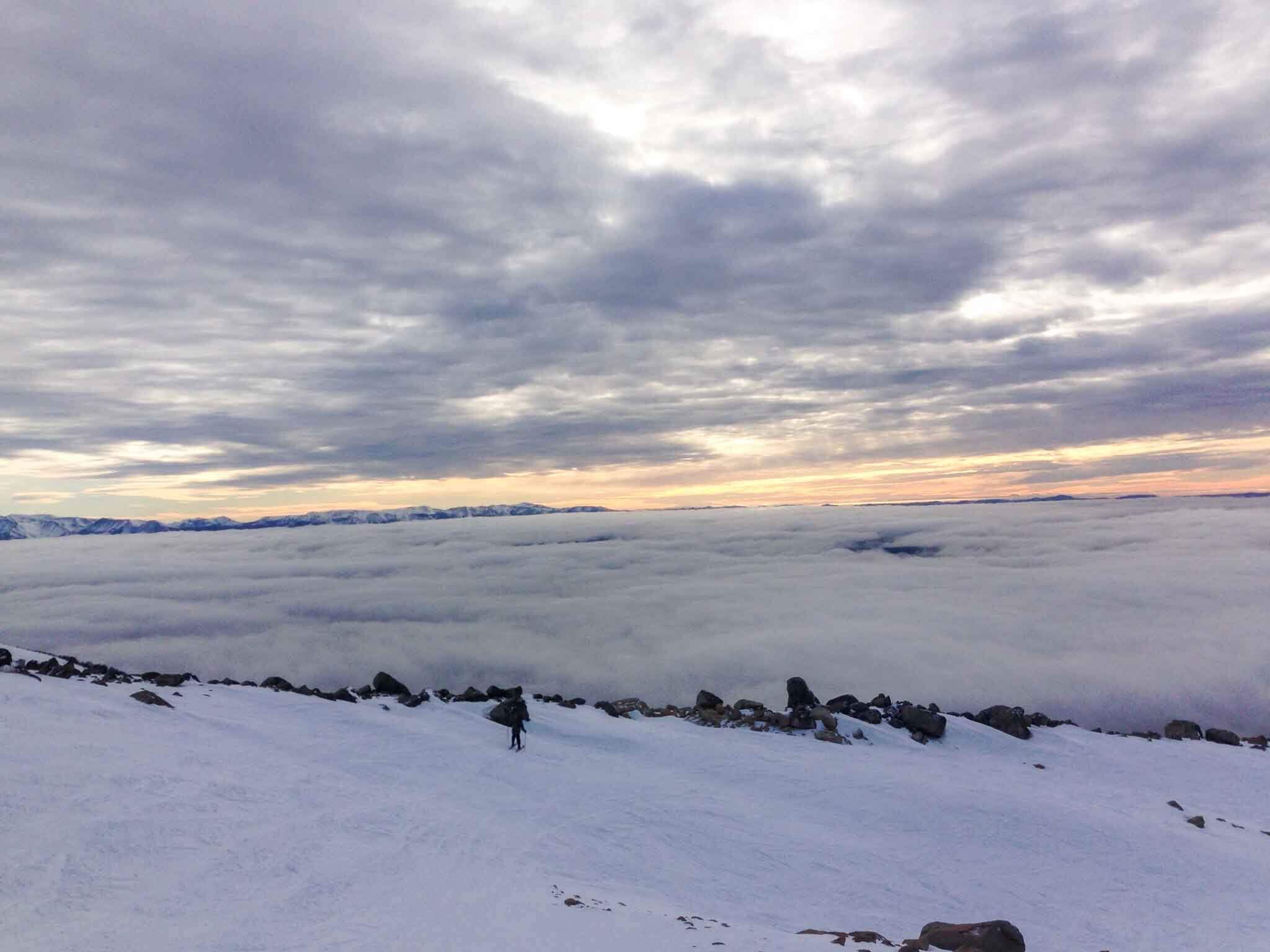
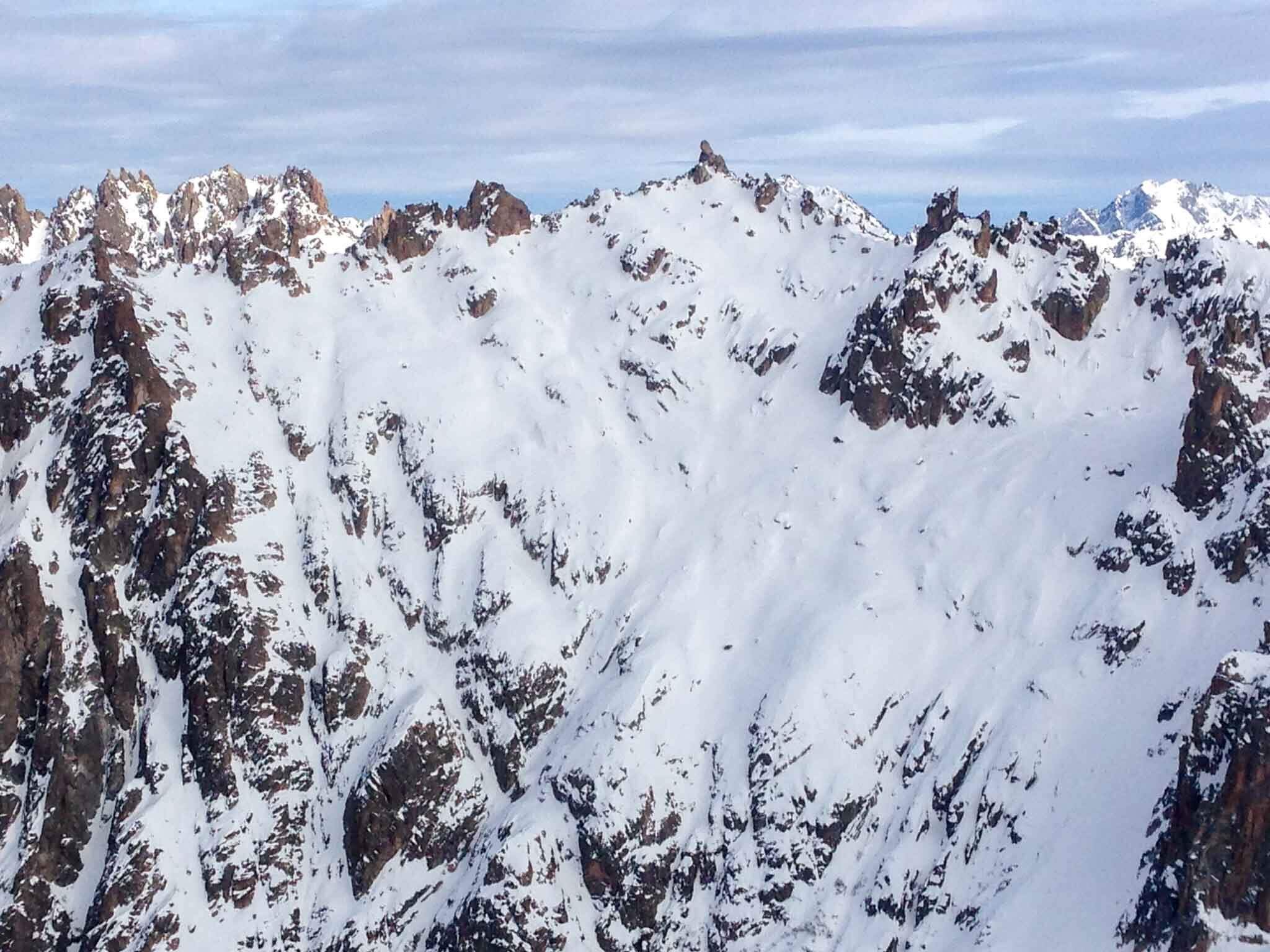
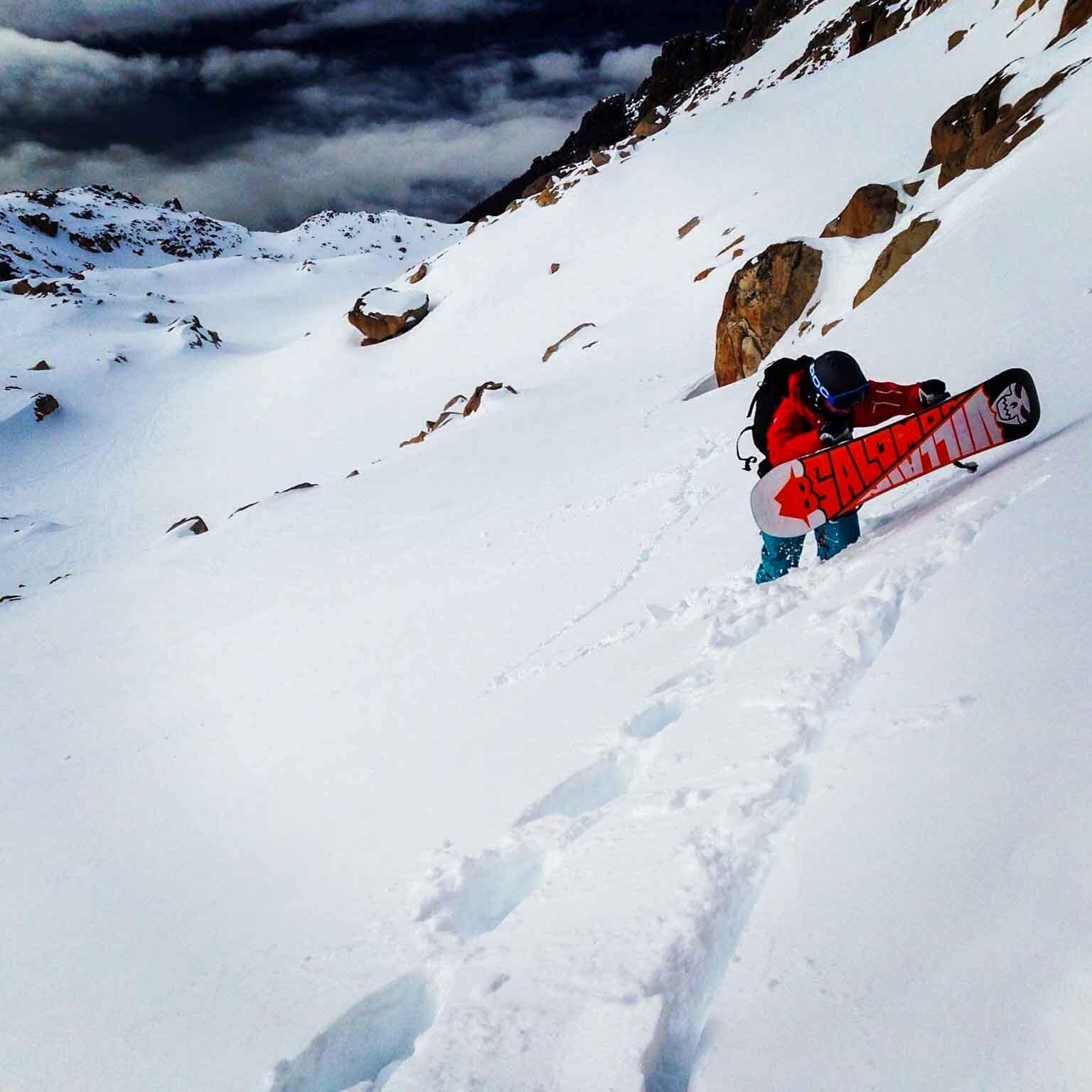
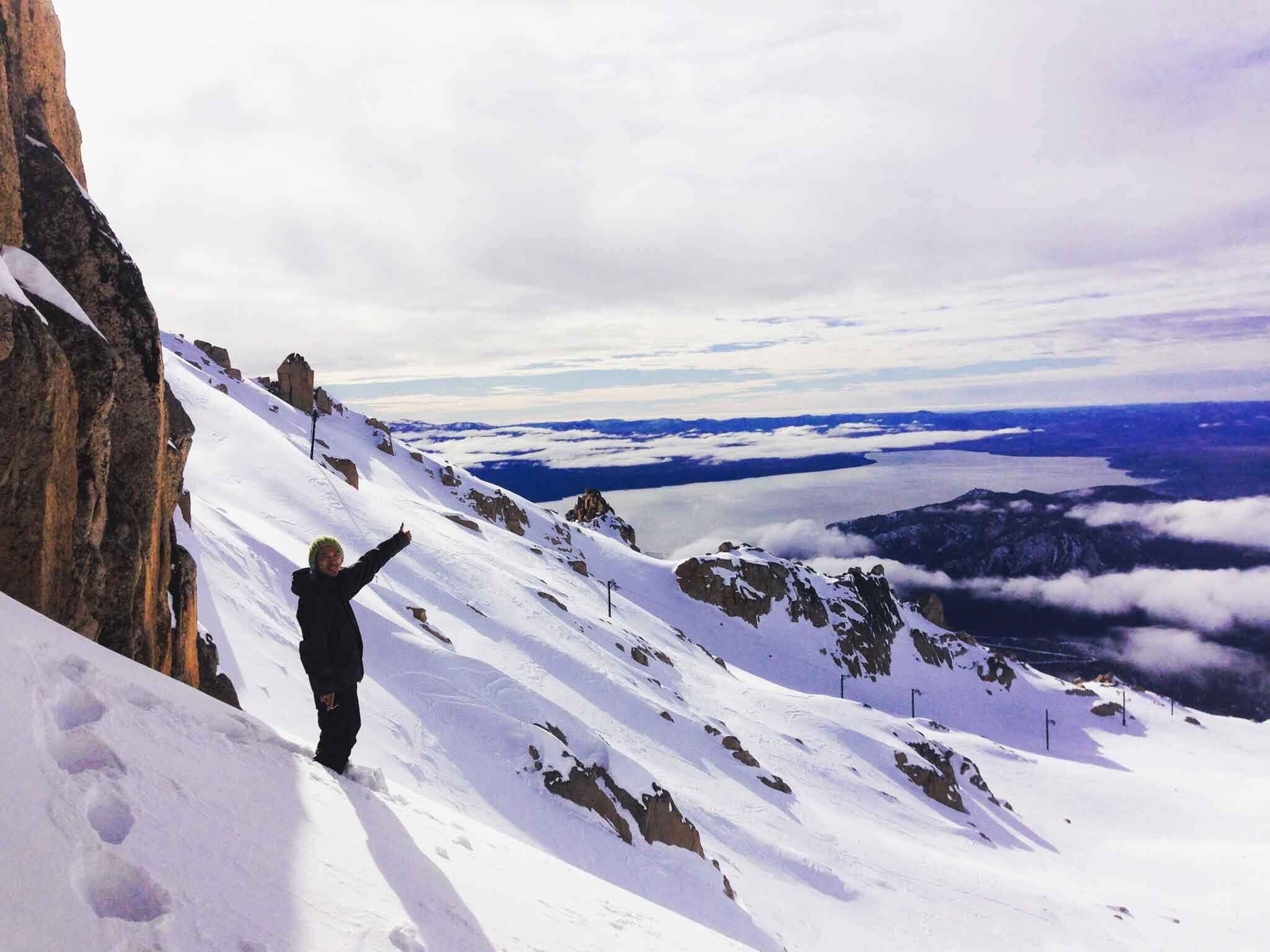
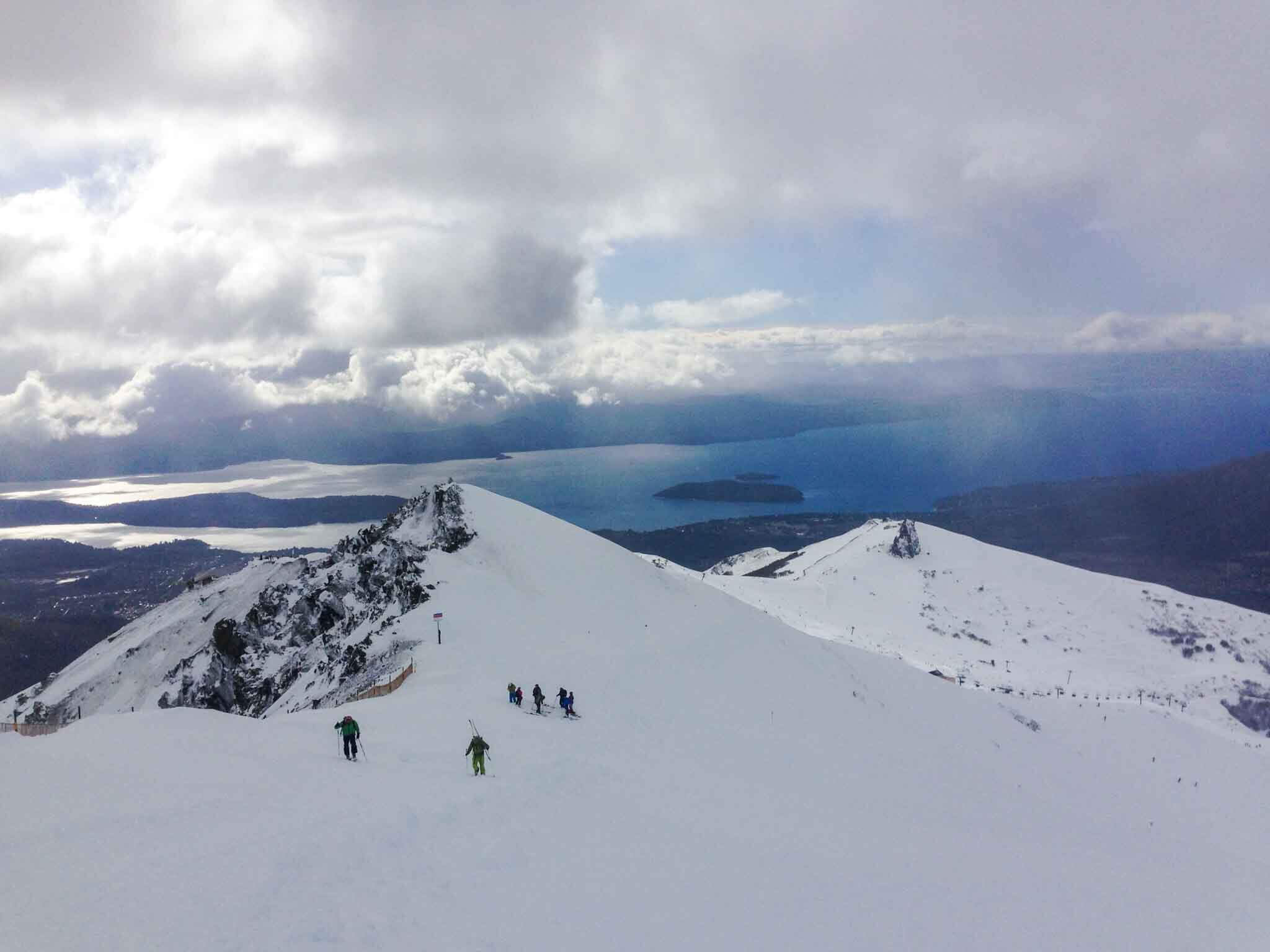
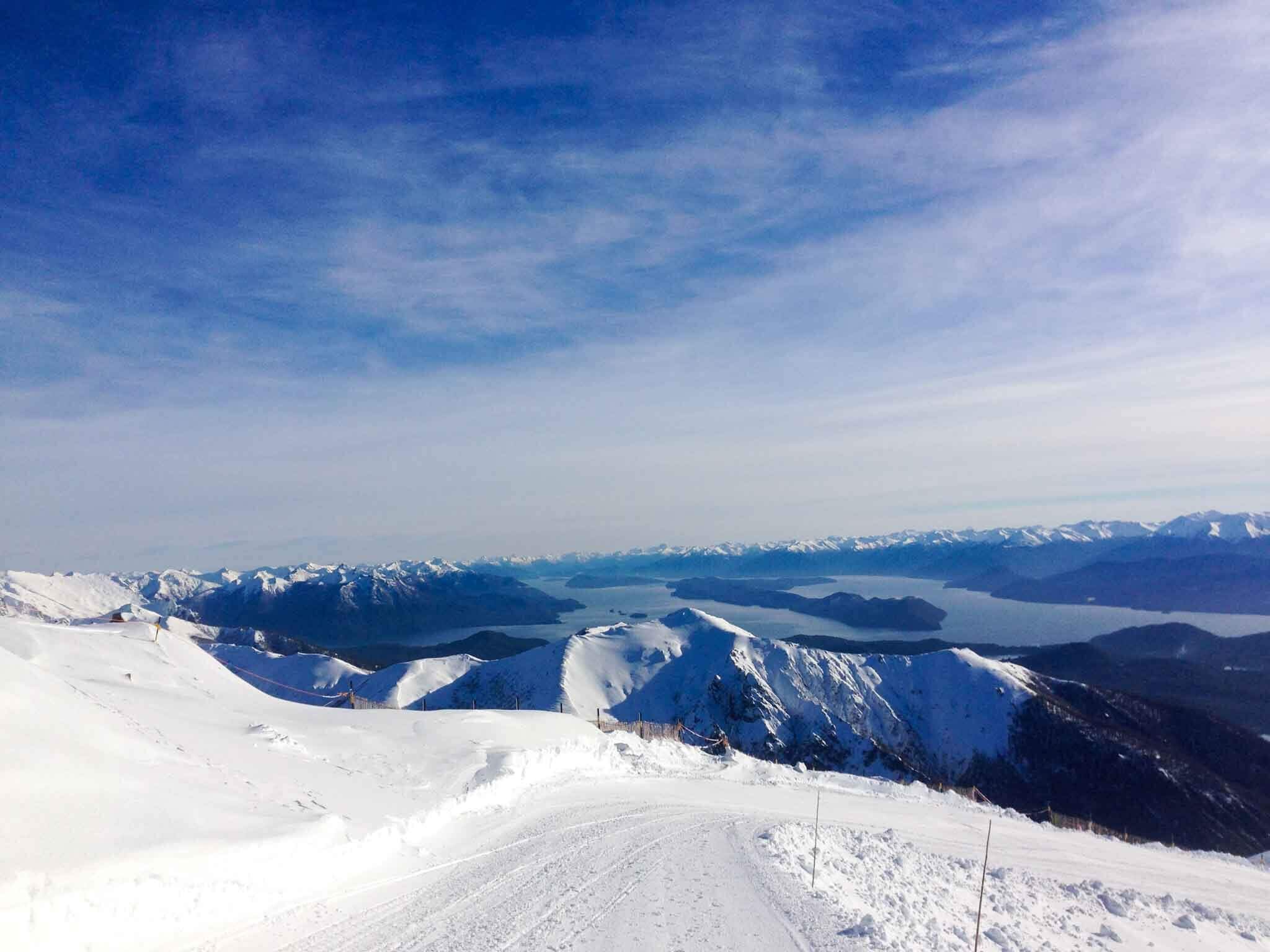
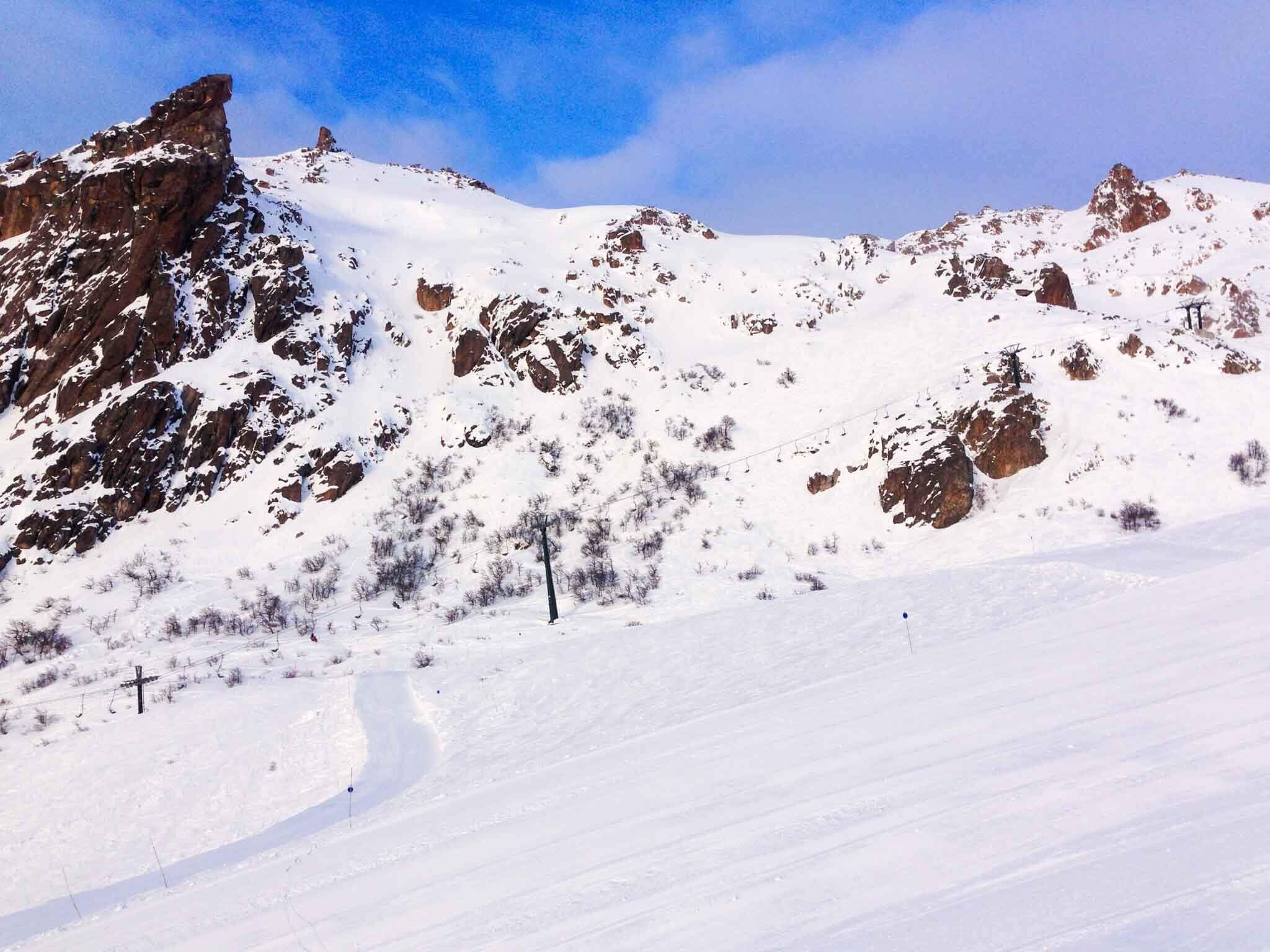
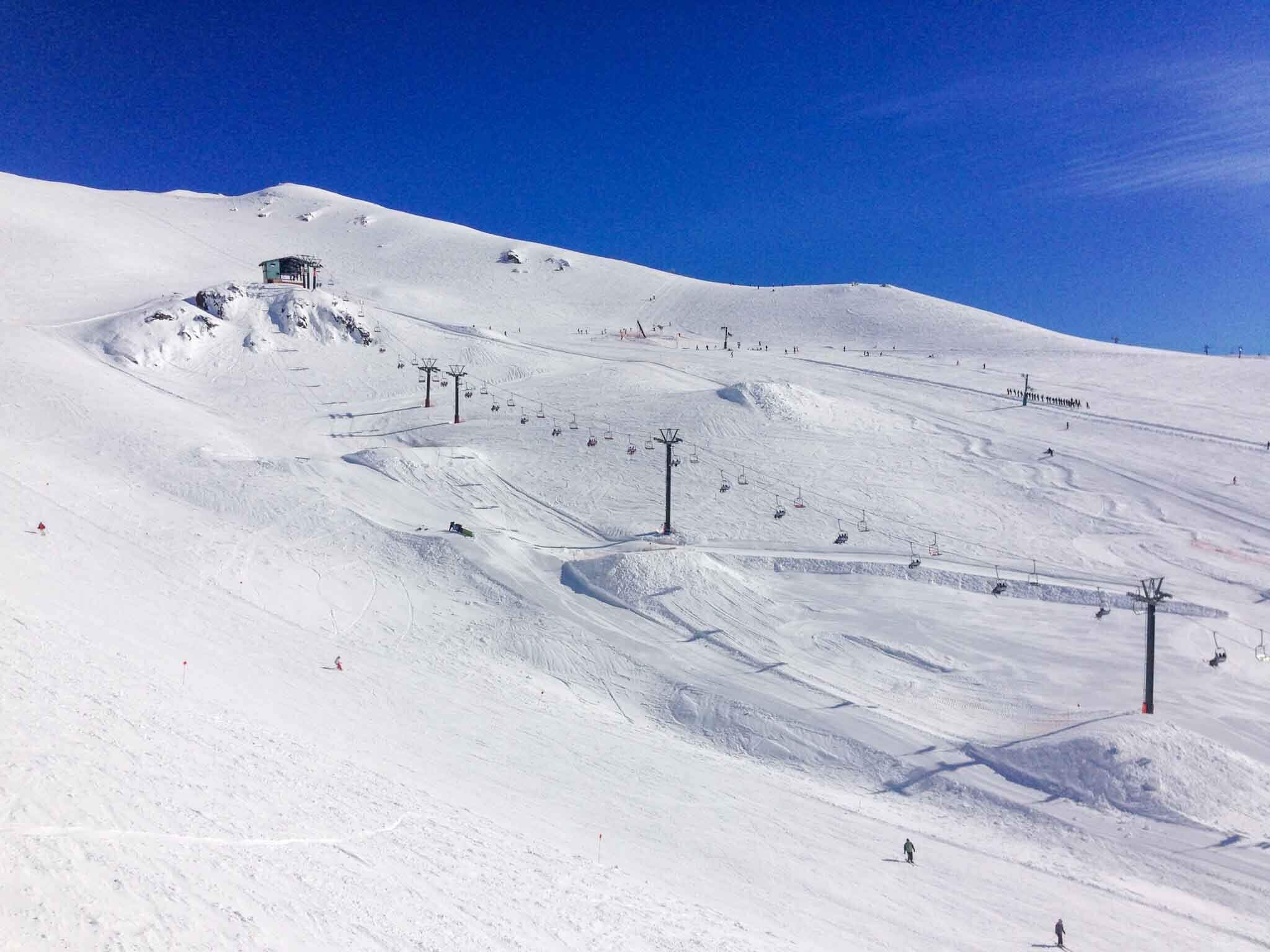
WHAT TO EXPECT WHEN SNOWBOARDING IN ARGENTINA
Snowboarding in Argentina can be amazing and it can be a complete write-off. In Argentina, you really have to be prepared for the worst and make the most of the good days you get. Like in most mountain environments, the weather dictates everything and Argentina can be prone to some pretty serious weather systems. There is nothing quite like the feeling of being sat on a chairlift in 100km winds whilst hoping the resort staff can get the chair running again. With this in mind, Argentina’s resorts can be prone to wind closures that can last days rather than hours.
When conditions are good, Argentina is an incredible place to snowboard. Bluebird days bring with them insane views of Argentina’s rugged landscape and powder days combine epic snow and some jaw-dropping terrain. The majority of my days on snow in Argentina have been positive and it is worth remembering that on the days when things don’t go right.
The resorts are a mixture of modern facilities and some of the slowest chairlifts you could ever experience. Cerro Catedral specifically has a good mixture of high-speed chairs and some older ones that really could do with replacement. With that being said if there is one place I don't mind a slow chairlift ride it’s Argentina, the views are worth it.
Freeride is the main reason to visit Argentina with the Andes Mountain range creating some incredible natural terrain to play in. If freestyle is your thing, then there will be terrain parks to play in but don’t expect the same scale as some New Zealand resorts.
WHY SNOWBOARD IN ARGENTINA
Argentina is a great destination for a summer snowboard trip. Unlike Australia and New Zealand, you will find big mountain terrain within the resort boundaries. This means that not only will you be chasing summer pow laps but you can head into some pretty epic areas to get it. There is hikeable terrain at most Argentinian resorts with Las Leñas and Cerro Catedral having great sidecountry access straight from the chairlift.
Argentinians are great people and will be a highlight of any trip to this awesome country. I found Argentinians to be incredibly welcoming during my travels and even had some volunteers show me their local spots on the hill. I was blown away by the helpful nature of the Argentinians whether it be; hitchhiking to the resort or inviting me for Asado.
Argentina is about so much more than just the on-snow experience. The capital of Buenos Aires is well worth investing a couple of days of your trip to visit. Everything from the historic Plaza De Mayo to watching a football match at La Bombonera should be high on your tourist bucket list. Of course, any trip to Buenos Aires would be incomplete without a steak dinner and a night learning the Tango.
La Laguna @ Cerro Catedral
ARGENTINA SKI SEASON DATES
As summer seasons go Argentina’s is pretty long. Starting in June and running into October. Depending on the season the early and late season conditions can be pretty sketchy with the best time to visit during August. In August you will have your best chance of scoring that Argentinian powder day however it can be crowded during the holiday season. Luckily, my experience is that most tourists to Argentine ski resorts are first-timers and won’t be out stealing your stashes.
POPULAR ARGENTINA POSTS
TRAVEL TO ARGENTINA
Getting to Argentina from London is a long flight, 14 hours into Buenos Aires and you will need to connect to get closer to your chosen resort. Internal flights in Argentina can be expensive but will save you a long bus journey. Argentina’s bus network is pretty impressive and fairly inexpensive. Be sure to choose the ‘cama’ option which is a reclining seat and will offer more comfort.
ARGENTINIAN APRES SKI
Argentinians know how to have fun and this is no different in their ski towns. Most resorts will offer a lively happy hour after the lifts are closed but this is normally just a prelude to what is to come. Argentina is about the community so expect to be invited to eat Asado. If the mood takes you, nightclubs are popular but be prepared to start late with most opening around midnight.
TRAVEL MONEY ARGENTINA
Argentina is famous for a currency that is continually fluctuating. This means getting your money at the right time can make a huge difference in how affordable your trip is. It is well known that in Argentina there are two currency exchange rates, the official rate, and the black market rate. The black market rate will get you around 20-30% more for your money over exchanging your money in banks but this is obviously at your own risk.
ARGENTINA FREQUENTLY ASKED QUESTIONS
IS SNOWBOARDING BETTER IN ARGENTINA OR CHILE?
Argentinian and Chilean ski resorts offer you incredible terrain if you love freeriding. With terrain that will challenge even the most experienced snowboarders, you can really push your boundaries in both countries. Like most places in the world, Argentina and Chile have different scale resorts suited to different styles or levels of snowboarding and you just need to find the resorts that suit your style. There are plenty of reasons to visit both countries for a snowboarding trip.
HOW MUCH IS A SKI PASS IN ARGENTINA?
As with most things in Argentina the actual cost when you consider currency conversion can change drastically. Expect to spend between £40 to £80 per day for a lift pass at the major resorts. It is worth checking out the Flexi pass options if you want some coverage due to poor weather and you can save massively by purchasing multi-day passes.
IS IT SAFE TO TRAVEL AROUND ARGENTINA?
As with all countries is it best to use common sense and proceed with caution in high-risk areas. Our experience is that Argentina is a safe place to travel and we have never had any issues. Listen to local advice and leave potential problem spots before it gets dark. Around the ski resorts, Argentina is incredibly safe and you can feel more relaxed. Buenos Aires is one of the safest cities in South America but it does have its problem spots. In Buenos Aires, areas like La Boca are huge tourist hotspots and prone to crime. We enjoyed visiting La Boca but the advice was always to leave before 5 PM.
DOES ARGENTINA HAVE GOOD SNOW?
Argentina can deliver some epic snow conditions with big mountain powder runs a thing of legend. Typically the ski season has its most reliable conditions through July and August in Argentina so it is best time time your trip between these months.
DOES ARGENTINA HAVE GOOD SKIING?
If you are looking for a summer skiing destination then you can’t go wrong by opting for Argentina. Argentina is home to some mega-resorts like Las Lenas and Cerro Catedral which offer some of the best skiing on the continent. The ski resorts in Argentina are on a bigger scale than those in other summer skiing destinations like Australia.
GET IN TOUCH
As always thanks for reading and know it is your turn to have your say! Let me know in the comment section if you have visited Argentina. What was your favourite activity in Argentina?
PIN IT FOR LATER
IF YOU FIND VALUE IN THIS POST CONSIDER CLICKING THE BUYMEACOFFEE LINK BELOW TO SUPPORT MY CONTENT
The Best Argentine Ski Resorts For Your Bucket List
It’s the middle of summer and your feet are itching to get back on your snowboard. You try to distract yourself by watching a couple of snowboard movies but you know the reality… the only thing that can satisfy that urge is to get back on that board and Argentina is calling you, but where do you go? With ski resorts spread throughout the Andes, there are plenty of choices. So please sit back, relax, and let’s break down the best ski resorts in Argentina.
La Laguna @ Cerro Catedral
CAVIAHUE SKI RESORT
Have you ever dreamed about snowboarding on an active volcano? Well, a visit to Caviahue ski resort in Argentina could just be your opportunity to do just that. Copahue Volcano is still active and it is possible to be snowboarding down the slopes at Caviahue and see large ash deposits flying through the air. Everything about the setting of Caviahue is pretty awesome, with the town set on the banks of Lake Caviahue at the base of the volcano.
In terms of terrain, Caviahue has a rather modest vertical drop at 420m with around 20 pistes across the resort. For advanced riders, the most interesting line is hiking to the top of the Volcano, conditions permitting… obviously. Caviahue is best suited to beginner and intermediates with 70% of the terrain dedicated to these abilities. Caviahue has a decent snow record and receives over 6m of snow per season.
Caviahue Ski Resort Piste Map
CERRO BAYO
If epic views are your thing then Cerro Bayo ski resort has you covered. From Cerro Bayo, there are panoramic views across Lago Nahuel Huapi and into Chile that will have your friends frantically taping the like button. The views from Bayo across the lake make for a rather surreal experience, at times you feel like you are snowboarding on a postcard.
Cerro Bayo is a small ski area, especially in comparison to its nearby bigger brother Cerro Catedral. With only 14km of pistes, equal to The Remarkables in New Zealand, you could be forgiven for deciding to give Cerro Bayo a miss but hat would be foolish. Similarly to The Remarks, the fun at Cerro Bayo is on the off-piste. It is in the off-piste where you will have the best time hunting down those powder stashes.
Cerro Bayo Ski Resort Piste Map
CERRO CASTOR
Here is one for the bucket list, snowboarding at the most southerly ski resort in the world, Cerro Castor. If that tickles your fancy then be sure to read on as Cerro Castor ski resort offers a pretty unique experience. Outside the town of Ushuaia, Cerro Castor is a mid-sized ski resort that has the lowest ski resort base in Argentina at 195m. If you were in Europe, a lower base might have you worried but not here where the harsh conditions and cold climate ensure that Cerro Castor receives over 5m of snow per season. In the event of a bad season, Cerro Castor has invested in snow-making to ensure it can keep operations flowing.
Cerro Castor Ski Resort Piste Map
Cerro Castor has a vertical drop of over 850m which opens up some decent terrain. The figures will tell you around 30 marked trails with the majority of the terrain suited to beginners. It is outside of the resort’s boundary where the terrain comes alive for the more advanced skiers and snowboarders. There are plenty of touring opportunities at Cerro Castor so bring your split-board.
CERRO CATEDRAL
The closest ski resort to Bariloche, the gateway to Patagonia, Cerro Catedral has some of the most immense views we have ever seen at a ski resort. Looking down on Lago Nahuel Huapi and across into Chile almost distracts you from actually snowboarding. The resort itself is no less impressive with the top of the resort covered in large granite rock formations that form an imposing landscape.
Cerro Catedral is a large commercial ski resort that has seen lots of development on lifts and infrastructure. There are still modernizations needed with a number of slower, older lift installations in place, however, it is moving in the right direction. If you want to stay closer to the action than Bariloche, Cerro Catedral has a purpose-built village at the base. The village is lively with a number of places to eat and an exceptional chocolate shop.
Cerro Catedral is second to none in terms of South American terrain. The largest ski resort not just in Argentina but in South America, Cerro Catedral Alta Patagonia has it all. The 120km of pistes are mostly suited to intermediates, with around 30km of that making up advanced terrain. The best part of snowboarding at Cerro Catedral has to be the side country. La Laguna is a short hike or tour from the main lifts and offers numerous off-piste options. The area at the top of the Nubes chairlift is also great when conditions are right, although this will close on high wind days. Cerro Catedral also has a pretty decent terrain park, fairly modest in size but is serviced by its own chairlift and has a line for jibs and jumps.
La Laguna @ Cerro Catedral
CERRO CHAPELCO
The town of San Martín de Los Andes is along one of the most scenic drives in Argentina, The 7 Lake Route or Los 7 Lagos Ruta. This road is worth driving without the possibility to snowboard but with Cerro Chapelco en-route it would be silly to miss the opportunity.
Cerro Chapelco Piste Map
Cerro Chapelco has some great facilities and is fairly modern compared to lots of South American ski resorts. There is a gondola to take you from the base to the mid-mountain where you can take further chairlift’s to the highest lift points at 1980m and 1970m respectively. The terrain at Chapelco ski resort looks quite small on paper with around 20 trails. There is a considerable vertical drop of 730m which at least guarantees you a long run to the base area. If you are looking for a challenge you will need to head to the upper areas of the resort where it is possible to find bowls and chutes just outside the resort’s boundary. Inbounds, there is off-piste riding that can be really fun in the right conditions.
Beginners will be happy at Chapelco with some rather mellow beginners terrain accessible. There is a long winding green run from outside Refugio Graeff at mid-mountain that ambles its way down to the base area.
LA HOYA
La Hoya is found outside of Esquel, an old mining town nearly 200 miles south of Bariloche. The vibe in Esquel is completely different from that of bustling Bariloche. Similarly, La Hoya is nothing like the much larger Cerro Catedral but that’s ok. At La Hoya, you will find a small ski area with a small terrain park. The resort only has around 20km of pisted terrain but this is much more when you consider the off-piste.
Freeriding at La Hoya is opened up by taking the ‘Traversía Del Filo’ which opens up a much larger area of terrain. Following the traverse, you can have your pick of steeps, chutes, and powder lines in the wide bowl. La Hoya will treat you to enough days to make the most of the traverse with an exceptional 8m of snow falling per year in the resort.
La Hoya Ski Resort Piste Map
LAS LEÑAS
Possibly the best-known ski resort in Argentina, Las Leñas is a freeride mecca. The definition of big mountain snowboarding, Las Leñas has plenty of terrain dedicated to expert skiers and snowboarders. Its butt-clenching lines are what attracts many pro riders from around the globe.
At Las Leñas you will find a number of large gated off-piste zones that can make the resort seem huge. Unfortunately, a lot of this terrain is accessed at the top of the Marte chairlift that can spend a long time closed, with the resort staff said to be quite slow at opening the Marte chairlift after a storm. When everything is open at Las Leñas ski resort there is a pretty impressive 1,200m of vertical drop which shows there is plenty to get those thighs burning. On the pistes, you will find some excellent groomed runs which are great in the mornings. Intermediates/advanced snowboarders will enjoy making the most of these whilst the Marte is closed.
Similar to most Argentinian ski resorts Las Leñas can receive around 6m of snow per season, although it does go through bad seasons. When the conditions are right there are not many better places to be. To avoid disappointment consider a longer trip to Las Leñas to make the most out of the resort.
Las Lenas Piste Map
LOS PENITENTES
Close to the border and the famous Chilean ski resort of Portillo, you could be forgiven for driving straight past Los Penitentes. Los Penitentes ski resort doesn’t receive a large amount of international tourism but that shouldn’t put you off. If you make the journey to Penitentes you will be rewarded with some interesting terrain and decent snow.
With the highest lift point at 3,190m, Los Penitentes ski resort is high in the Andes but is still dwarfed by the surrounding peaks. The ski area is rather small with 25 pistes but half of the trails are dedicated to red and black runs which means there is plenty of challenge to be discovered. In addition to the pisted terrain, there are splitboarding opportunities available and off-piste to be explored.
GET IN TOUCH
As always thanks for reading and know it is your turn to have your say! Let me know in the comment section which of these resorts you have visited? Are any on your bucket list? Or have I missed out on the best of the lot.
PIN IT FOR LATER
CARE TO SHARE?
IF YOU FOUND THIS POST USEFUL AND YOU THINK IT MAY ALSO HELP OTHERS, PLEASE LIKE, SHARE AND COMMENT TO PROMOTE IT TO OTHERS
My Favourite Things To Do In Buenos Aires
Argentina is a country that welcomes you to enjoy yourself, to socialise and to spend time with the locals. The traditions of eating asado and drinking maté attest to this. The capital city Buenos Aires is a symbol of Argentina’s history and traditions and is waiting to wow you with; an incredible history, sumptuous food and quality wine. Buenos Aires is a city that is constantly moving, whether dancing the tango around street corners and through cobbled streets or into the early hours in one of the many nightclubs. The following are my favourite things to do and see, in one of my favourite cities in the world.
PLAZA DE MAYO
Plaza de Mayo is about much more than the colourful Casa Rosada that may draw the majority of your attention. If you can take your eyes off this stunning building and look towards the ground you will notice the white scarves painted in the square. These scarves represent Las Madres de Plaza de Mayo, a group of mothers and grandmothers who meet weekly in the square to protest. They are the parents and grandparents of the disappeared generation, 30,000 young people who went missing during the Dirty War.
Similarly, you will find disgruntled Falklands war veterans who have a camp manned 24/7 in the Plaza de Mayo. The veterans of the Falklands war are found here protesting for recognition of their efforts during the Atlantic conflict.
Ultimately, your attention will wander towards the pink house that stands proudly at the east end of the Plaza de Mayo. Casa Rosada itself is unique in its appearance from the surrounding buildings with its baby pink colour setting it apart. The balcony famous for the speech of Eva Perón is clearly visible from the square. Casa Rosada maintains a political significance as the workplace of the Argentinian President.
LA BOCA DISTRICT
I am not sure I have been to an area of a city that more accurately suits the word vibrant. From the colourful buildings to the atmosphere of music and celebration, La Boca is my favourite part of the city. Renowned for Caminito Street, a street lined with buildings painted in the brightest; reds, yellows, blues and greens, La Boca is a fantastic area to take photographs.
Although La Boca is a district famous for welcoming tourists it also has a rough reputation. It is fair to say that La Boca is one of the poorer working-class areas of the city. Nothing represents this area better than La Bombonera, home of Boca Juniors and a place of worship for the local community. Boca as a team is true to its routes, famous for its dogged, hard-working style of play. Like most tourist areas, crime is possible in La Boca with pickpockets operating in the area and people advise to leave before dark. But my experiences in this area were positive, with memories of celebration and community.
WATCH A FOOTBALL MATCH
Argentina is a football country and Buenos Aires is a football city, there really is no debate in this regard. Football is a way of life for many Argentines and having the opportunity to watch a live match in Buenos Aires was a great experience. There are six teams in the Argentine Primera División that are based in Buenos Aires, including the two most successful; Boca Juniors and River Plate.
You will need to choose a side to follow in this debate and once you have it is impossible to switch back. The rivalry is stronger than anything we experience between European football teams. This is part of what makes attending a Primera División match such a spectacle. The supporters are so passionate about their team and there is a true party atmosphere in the stands.
I was fortunate to see a local derby between Boca Juniors and Vélez Sarsfield at La Bombonera during my stay in Buenos Aires. As a season ticket holder at a UK football team and having watched matches all over Europe, I can honestly say nothing has compared to the experience of standing behind the goal in La Bombonera. The noise in the stadium is incredible and as the fans jump it feels like the stadium is moving beneath your feet.
Sadly, tickets are no longer sold directly outside of membership schemes so it is likely you will need to purchase one through an agency at an inflated price.
AVIENDA CORRIENTES
What feels like the centre of Buenos and the meeting point for many important streets is Avienda Corrientes or Corrientes Avenue. Contentious when it was planned, the widening of Corrientes Avenue only eventually happened following the Coup d’ètat in 1930. Extending 69 blocks, this main thoroughfare for traffic in the capital leads off to some of the most important streets in the city.
Stood tall at 67.5m (221ft) in the centre of Corrientes Avenue is the Obelisco de Buenos Aires. The Obelisk not only commemorates important past dates with inscriptions but is used as a symbol for current celebrations or commemorative occasions. In potentially the most unique of these occasions, the Obelisk was decorated as a condom for World AIDS Day in 2005.
EAT EMPANADAS
Empanadas are synonymous with Argentina and vendors can often be found on every street. Coming in a variety of flavours, empanadas are essentially baked dough with a filling inside. This can be anything from beef to cheese or chillies to a pumpkin. A trip to Buenos Aires wouldn’t be complete with trying empanadas and luckily for you, they won’t be hard to find.
Photo Credit: @eejermaine
SAN TELMO MARKET
If you are into street music, good food and souvenir searching then San Telmo’s market could be just the activity for you. Operating on Sunday the market is popular with both patrons and pickpockets, so be wary of your belongings. The atmosphere is pleasant and relaxed with street performers and places to sit and eat.
If you can’t make the Sunday market then there is an indoor market that operates throughout the week. This large indoor market opened in 1987 to cater to European immigrants and has been running ever since. The Mercado de San Telmo is more food orientated than the Sunday market.
TANGO
Tango is everywhere in Buenos Aires, it is impossible to escape it, with that in mind you may as well throw yourself in with both feet. There are plenty of opportunities to learn to Tango or you can just sit back and watch the dancers at work.
Booking a dinner and tango show in Buenos Aires is a great way to get a lesson and enjoy a show but these can be quite expensive. It is just as easy to find Tango on the streets or in the milongas of Buenos Aires.
DINE OUT
If there is one thing that defines my experience of Argentina it is the food. Dining in Argentina was about community and nothing quite says this like asado. Asado is a huge part of the Argentine tradition and involves having a barbecue and socialising with your nearest and dearest. Throughout my time in Argentina, I lost count of the amount of Asados I was invited to and I can assure you I didn’t turn one down!
This community aspect of Asado translates itself into the Buenos Aires dining scene with locals enjoying eating out. Argentina’s diet is very meat-heavy with steak restaurants everywhere. The quality of the meat is superb with Don Julio being a favourite in Buenos Aires.
RECOLETA CEMETERY
If you think the idea of visiting a cemetery is rather strange… well I did, but Recoleta certainly doesn’t disappoint. The Recoleta cemetery is the resting place for the Argentine elite and upper class and this is reflected in the mausoleums. The mausoleums themselves are elaborately decorated as a kind of brag towards the owner’s wealth or power.
The resting place of Evita Perón, Recoleta cemetery resembles a maze where it is easy to get lost amongst the many aisles and mausoleums.
My favourite mausoleum is the one dedicated to Salvador Carril and Wife Tiburcia Dominguez. The couple had fought a public argument in the national newspapers, with Salvador complaining his wife was too lavish in her spending. Tiburcia lived longer that Salvador and before her death instructed her bust to be placed with her back to his. It remains that way to this day.
STREET ART
For a city and country that is artistic in its very nature, with music and dancing prevalent in all areas, it is only realistic to expect expression to be found in the form of street art. Although not something I specifically went looking for, it was clear to me that in every area of the city street art could be found. As with most art, there was a story, the murals with this piece found in La Boca depicting a mother of the Plaza de Mayo and naming Graciela Pennelli who disappeared during the dirty war. ‘Never Forgive or Forget’.
FLORALIS GENÉRICA
Sticking with the art theme is Floralis Genérica, a sculpture donated by Argentine architect Eduardo Catalano. This unique installation is a moving sculpture of a flower that opens and closes its petals throughout the day. Installed in 2002, the huge metal flower sits in Plaza de las Naciones Unidas. The petals open in the morning and are closed as the sun sets in the evening.
GET IN TOUCH
So there you have it. Some of my favourite things to do in Buenos Aires but now it’s time to hear from you. What are your favourite activities in Buenos Aires? Let me know in the comment section.
PIN IT FOR LATER
Cerro Catedral Ski Resort Guide
If you are looking for a well-developed ski resort in South America, well Cerro Catedral is your best option. The largest ski area in South America, Cerro Catedral has it all. A one-stop-shop for experiencing the best of the Argentine ski scene. At Cerro Catedral ski resort you will not only find some incredible terrain but you will find the views to match. Catedral’s location looking over Lago Nahuel Huapi is stunning and firmly cements its place amongst the most scenic ski resorts in the world.
Views from @ Cerro Catedral Across Lago Nahuel Huapi
CERRO CATEDRAL FIRST IMPRESSIONS
Flying into the local town of Bariloche it is easy to see what draws not only mountain lovers but tourists to this area. The Andes are spectacular and the location of Bariloche on the banks of Lago Nahuel Huapi is something extra special. You will need to leave the town of Bariloche and drive just over 16km to reach the resort and village base at Cerro Catedral. Now known as Catedral Alta Patagonia, the resort and village are about as modern as it comes in South America. You will find a fully functioning ski town, with accommodations and ski shops lining the pathways to the lifts. A particular highlight is the smell coming from Rapanui, a delightful chocolatier you will find both in Catedral and Bariloche.
CERRO CATEDRAL SKI RESORT
Catedral Alta Patagonia is huge and offers the largest lift accessible ski area in South America. There are over 30 lifts to transport you uphill around the 3000 acres of ski area here. There is an expanse of off-piste and sidecountry terrain at Cerro Catedral and this can make the skiable terrain seem endless. Inbounds you will find 120km of pistes that are most suited to intermediate skiers and snowboarders. Snowboarders who love to cruise the blues will really enjoy Cerro Catedral and if you are a competent red rider then Panorama will be a favourite. Panorama is a beautiful red run that winds its way from the top of Nubes chair offering (yes you guessed it,) panoramic views of Lago Nahuel Huapi and the Andes mountains.
Beginners will be happy enough at Catedral with a designated beginners area at the base and at mid-mountain. If you are learning for the first time whilst visiting Catedral aim to visit outside of the holiday season as the resort can get swarmed by Brazilian tourists making the learner slopes pretty hectic.
La Laguna Off-Piste @ Cerro Catedral
Where Catedral Alta Patagonia comes alive is in the advanced terrain. When conditions are good at Catedral this is one of the best resorts you can be at. The short hike into La Laguna is well worth it and offers up a good range of off-piste options. In La Laguna, you can hike to the imposing granite towers that give Catedral its name. This area is where we had our best days at Cerro Catedral ski resort, exploring the terrain and finding new ways to snowboard back down into the resort. Advanced skiers and boarders will also appreciate the lift accessible turns you can get straight from the Nubes chairlift. Directly under the chair, there are some steep runs lined with rocks however, these can get tracked quickly during the peak periods.
If you find value in this content please consider supporting the website by clicking the image below and buying me a coffee.
CERRO CATEDRAL FOR BEGINNERS
Beginner skiers and snowboarders will find a few areas to learn at Cerro Catedral with magic carpets and beginner’s lifts right outside Plaza Amancay and at the top of both Princesa 1 and Amancay gondolas. The beginner areas at Catedral can be really busy during holiday periods with an influx of Brazilian tourists learning to ski for the first time. Away from the never-ever slopes, Catedral ski resort has some interesting greens on the lower mountain. In the right conditions, beginners can ski from Esquiadores chair back to the base via a winding green trail 1200.
The main greens at Cerro Catedral are on the lower mountain meaning that they can be subject to poor conditions late in the season or during a lean snow year.
CERRO CATEDRAL FOR INTERMEDIATES
Intermediates will find no shortage of blue and red trails at Catedral Alta Patagonia. The reds and blues link together nicely across the mountain to ensure that intermediates can pick their preferred route down to the base.
The area underneath the Condor 1,2, & 3 chairs link together some long trails that head down to the base area. Beware, the Condor chairs are pretty old-school and not known for their speed. Elsewhere the Nubes chairlift accesses not only one of the prettiest runs on the mountain, Panorama, but also some interesting blues, Nuber and Paralela, which run alongside the Cerro Catedral terrain park.
CERRO CATEDRAL FOR ADVANCED
Although Cerro Catedral ski resort caters well to intermediates it is for the advanced skier that it comes into its own. The Nubes area was amongst my favourite hangouts with some great off-piste routes which pick their way between the rocks and are lift-accessible.
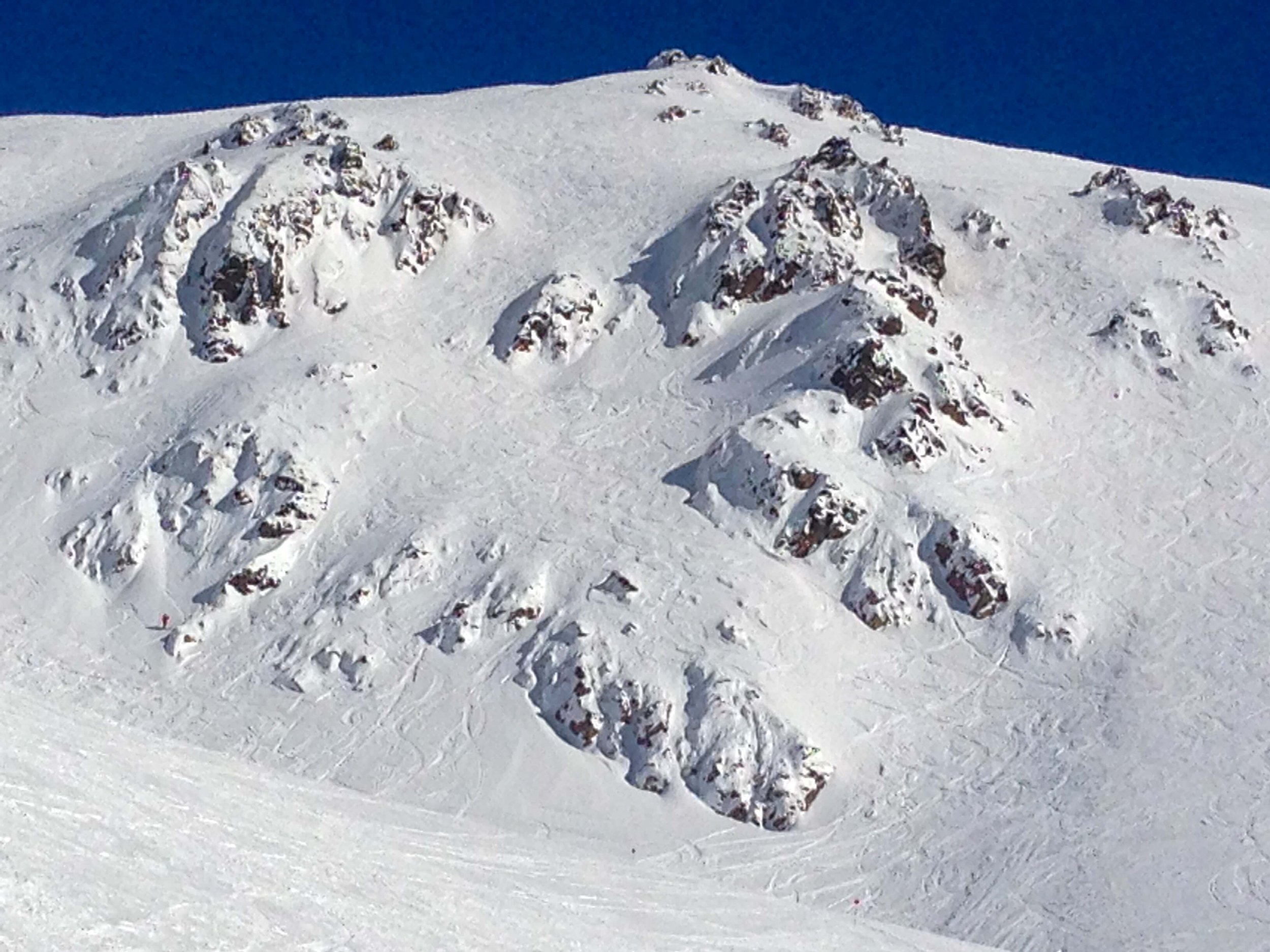
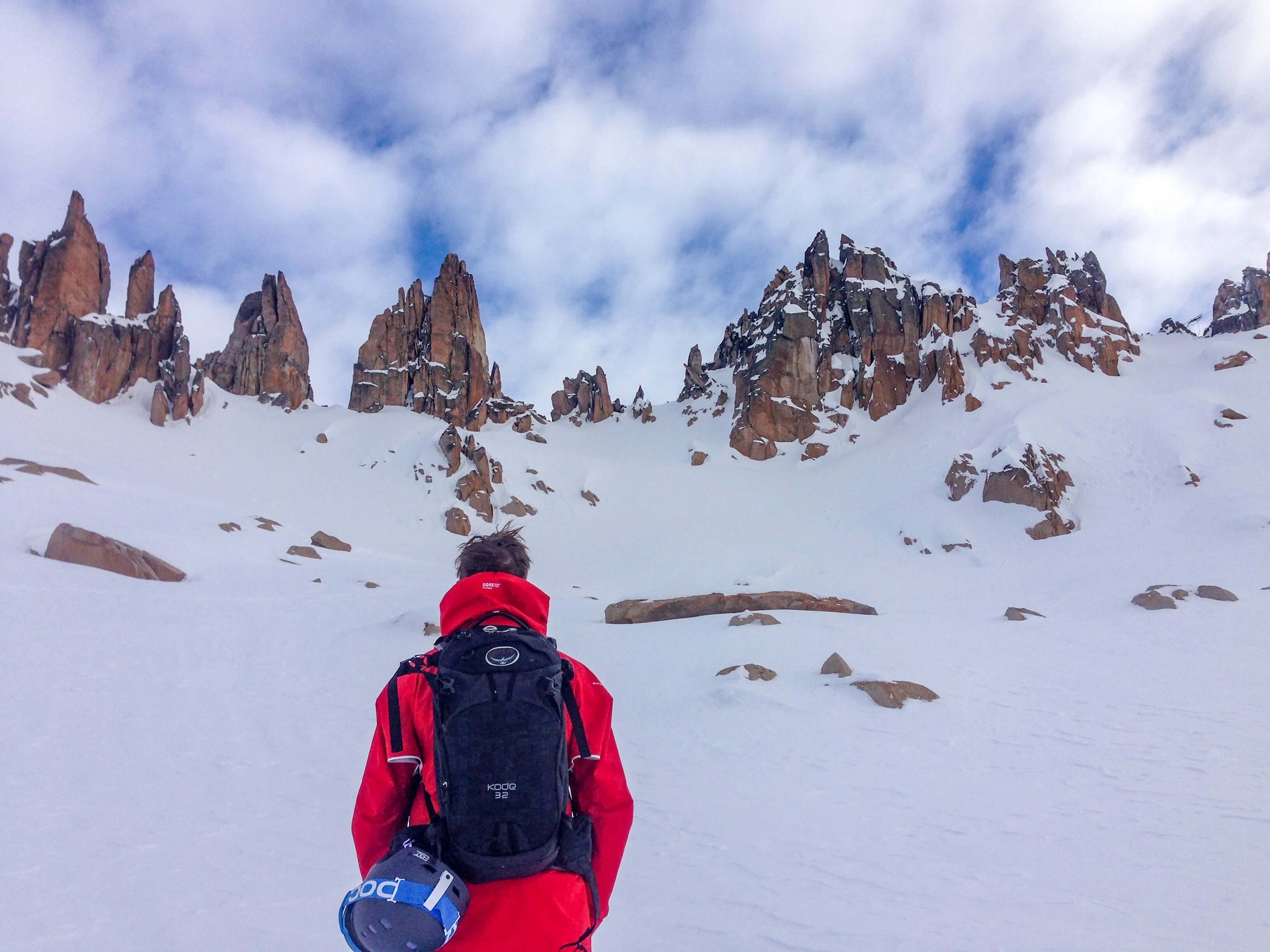
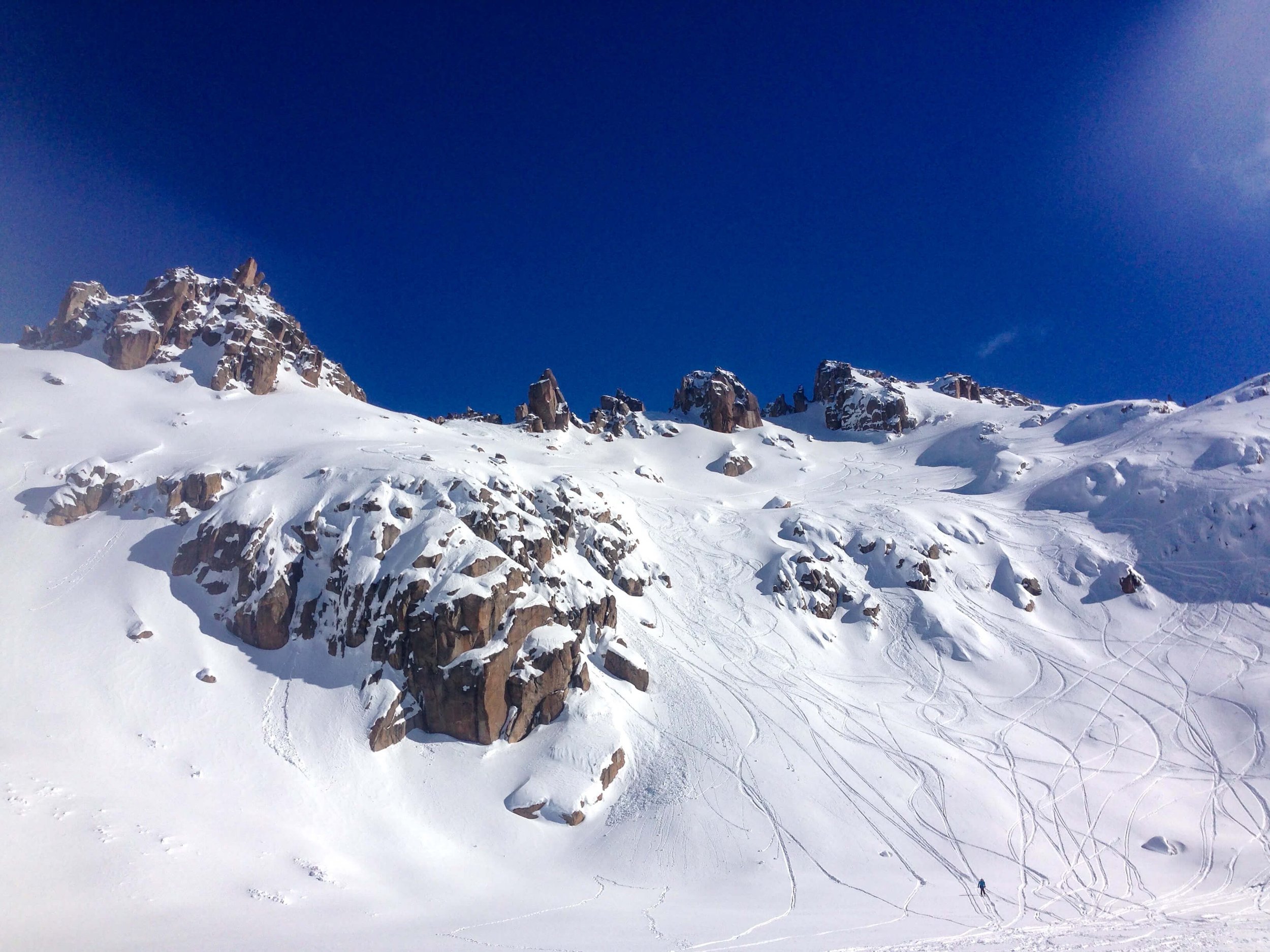
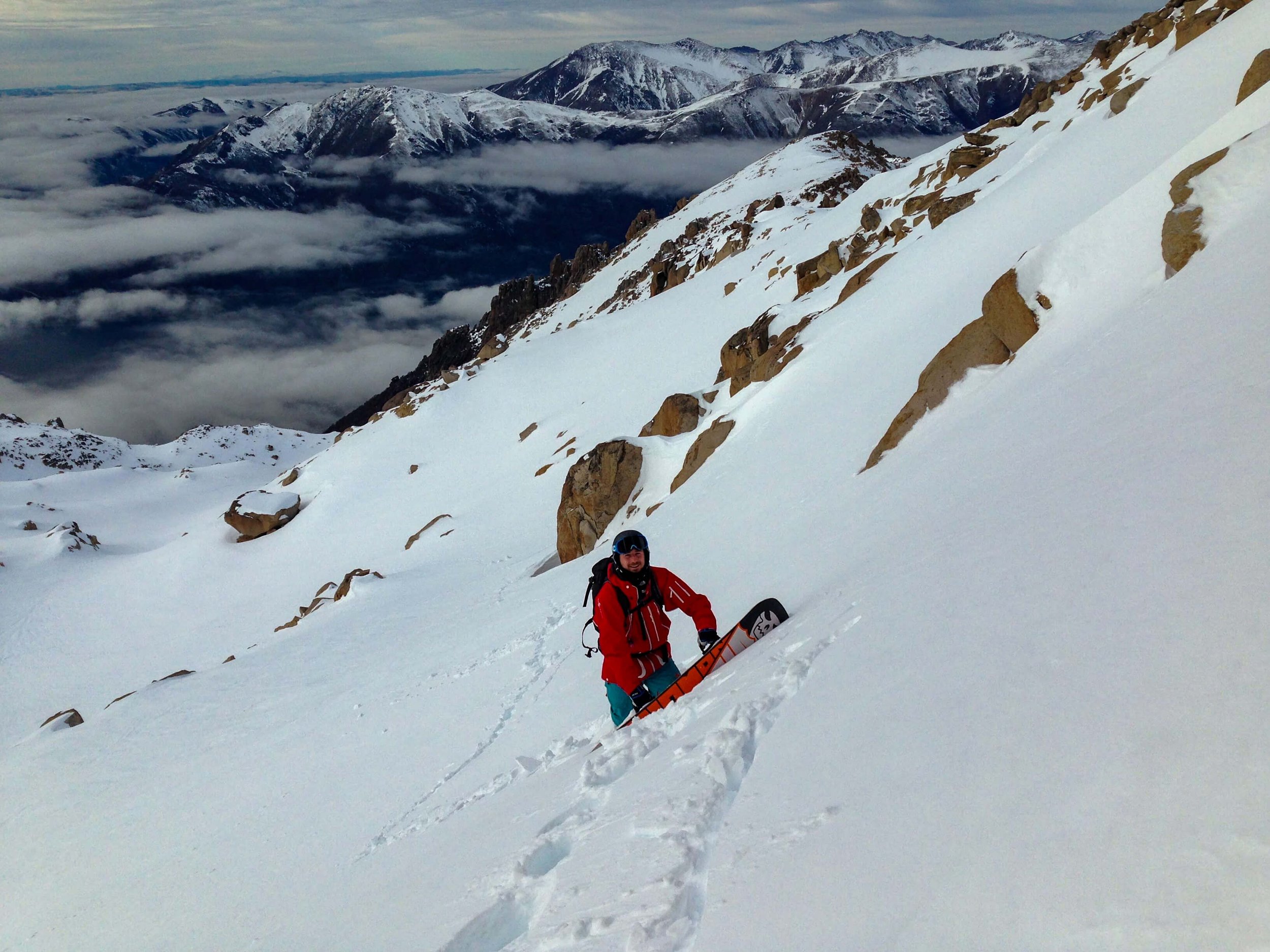
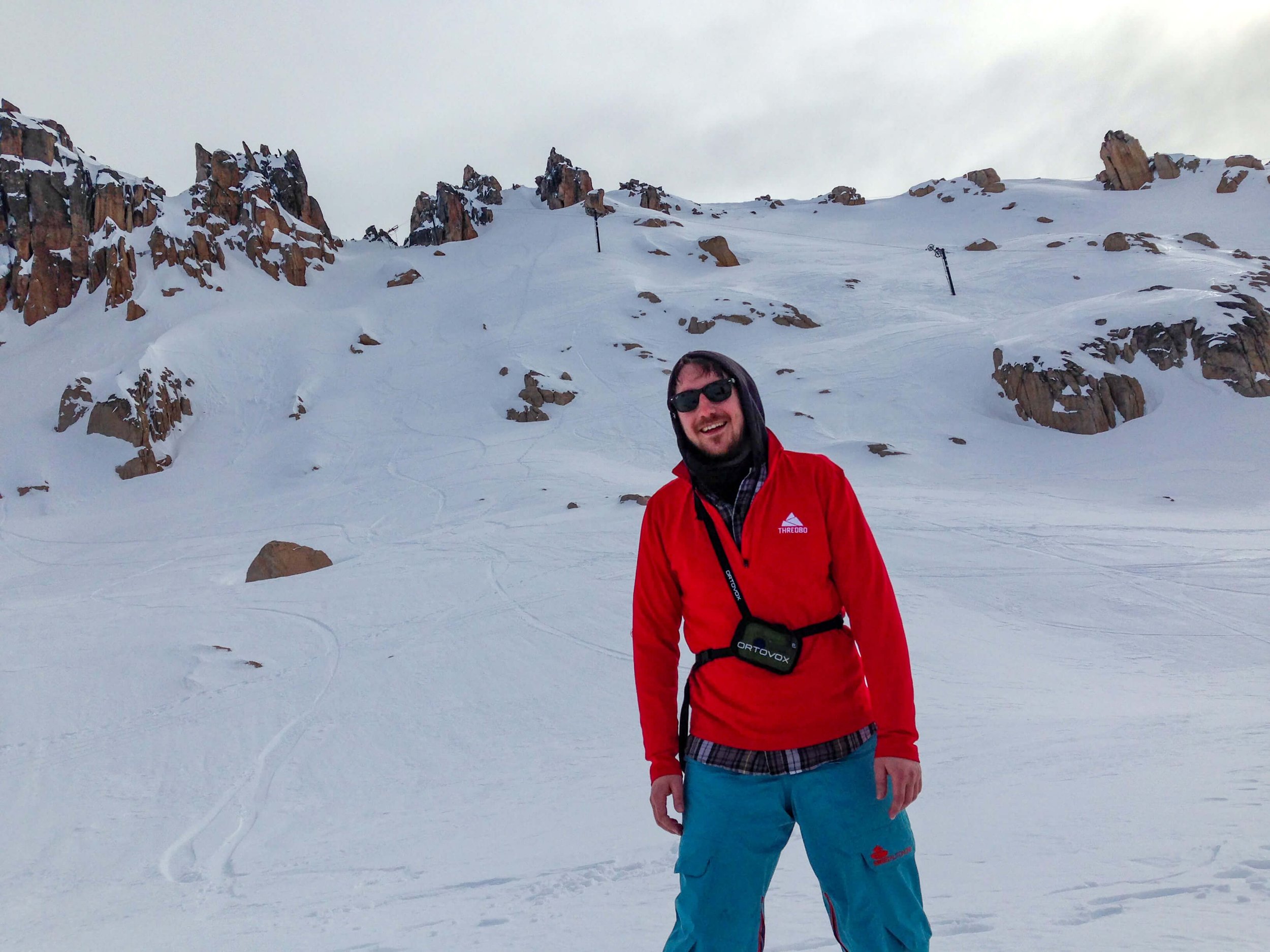
If you do not mind a short hike, then the La Laguna area is of absolute interest. It is here following the hike to 2180m and standing amongst the granite peaks that I enjoyed some of my most memorable days at Catedral.
CERRO CATEDRAL FREESTYLE
Cerro Catedral has a decent terrain park with its own quad chairlift making it simple to lap. The park has a number of freestyle features that progress in difficulty. The terrain park is located under Nubes and is well-maintained with regular staff ensuring that features are safe and fun.
CERRO CATEDRAL PISTE MAP
Catedral Alta Patagonia Piste Map
LIFTS AT CERRO CATEDRAL
The quality and speed of lifts at Cerro Catedral vary greatly. The Sextuple will be your fastest and most direct way to access the centre of the resort. Alternatively, you can take the arduous journey up the three old Condor chairs. This route is sometimes worth it when the crowds swamp the Sextuple. There is also an old gondola, Amancay, which accesses some of the beginner terrain and will get you closest to La Laguna. My favourite lift in the resort is the Nubes chair which takes you to some of the best views and runs on the mountain.
CERRO CATEDRAL SNOW RECORD
The snow at Cerro Catedral can be hit or miss and although the average snowfall in the resort is 6m per season it can be wet and heavy. The snow towards the base tends to worsen throughout the day and the season and it is possible you will be required to down lift. The upper slopes tend to stay in good condition and this is where the majority of the challenging terrain is found.
CERRO CATEDRAL SEASON DATES
The season at Cerro Catedral Alta Patagonia runs between June and October. The early and late season conditions can be fairly average so we would recommend visiting between August and early September.
CERRO CATEDRAL LIFT TICKTS
When buying your lift tickets for Cerro Catedral it is best to look in advance at the weather forecast. Patagonia is prone to some pretty serious weather systems that can cause down days. Cerro Catedral offers Flexi pass options which are great for this purpose.
For prices and the most up-to-date information on lift tickets for Cerro Catedral click here
TRAVEL TO CERRO CATEDRAL
GETTING TO ARGENTINA
Argentina is the 8th largest country in the world so getting around can involve long journeys. You will most likely enter via plane into Buenos Aires EZE or Ministro Pistarini Internation Airport. From here if you intend to take an internal flight you will need to transfer to AEP or Jorge Newbery Airport. From AEP you can fly directly to Bariloche.
WHERE IS CERRO CATEDRAL?
Cerro Catedral is the closest ski resort to the town of San Carlos de Bariloche in Argentina’s Lake District. Set within the area of the Nahuel Huapi National Park and near Lago Nahuel Huapi, Cerro Catedral is in a stunning location. To get to Bariloche from Buenos Aires the quickest route is to take a flight into Bariloche airport which will take around 2 hours. The airport is outside of Bariloche and you will need to either take the bus or a taxi into the town.
CERRO CATEDRAL ACCOMMODATION
The town of Bariloche is bustling with activity and would be a great place to base yourself during your stay at Cerro Catedral. There are plenty of accommodation options ranging from hostels to boutique hotels. If you stay in Bariloche you will need to take the bus to Cerro Catedral, hitchhike, or hire a car.
Alternatively, it is possible to stay in the village base area at Cerro Catedral. The village has a wide selection of accommodation and amenities. Most accommodation is a short walk from the slopes and the restaurants or bars in the village.
I opted to stay at a hostel halfway between Bariloche and Cerro Catedral called Alaska Hostel. We found this location great for both ease of getting to Cerro Catedral and also trips into town.
CERRO CATEDRAL PROS
Cerro Catedral has incredible lift-accessed side-country that offers plenty of challenges.
Modern lifts can be found at Catedral although the slow ones also remain… The offer is good though when compared to other South American ski resorts.
At Catedral Alta Patagonia you have the option of flexible lift passes which are a good choice with variable weather.
The resort of Cerro Catedral is stunning with some of the best views of any ski resort I have visited.
CERRO CATEDRAL CONS
July can be busy at Catedral with it being a busy holiday season. This results in queues on the lower mountain. Once up the mountain, crowds tend to spread.
Early and late season can require down lifting to the base area due to poor snow conditions.
Catedral can be expensive to visit when you factor in the cost of international flights.
CERRO CATEDRAL ACTIVITIES
There is a range of local ski schools at Cerro Catedral but if you want a proper adventure look into booking a trip with SASS Global Travel. SGT offers some intensive guided programs to help you make the most of the Cerro Catedral backcountry.
CERRO CATEDRAL GALLERY
CERRO CATEDRAL FREQUENTLY ASKED QUESTIONS
HOW HIGH IS CERRO CATEDRAL SKI RESORT?
The highest lift-accessible point at Cerro Catedral is Nubes at 2100m. You can reach higher peaks by ski-touring into La Laguna where the peak is 2180m. With Nubes standing at 2100m there is a 1070m vertical drop back to the base area.
WHAT IS THE CLOSEST AIRPORT TO CERRO CATEDRAL?
The closest airport to Cerro Catedral is San Carlos de Bariloche which is located in the nearest town. International visitors will need to enter Argentina via either of the two main Buenos Aires airports before catching a connection to Bariloche.
HOW DO YOU GET TO CERRO CATEDRAL SKI RESORT?
From Buenos Aires, you have two main options… the long coach journey or the two-hour flight to Bariloche. Once in Bariloche, you will still need to travel to the resort. You can do this by hiring a car or travelling by public bus, though the buses can be extremely packed. It is also possible to hitchhike in Argentina and we always tried our luck whilst waiting for the bus.
IS IT EXPENSIVE TO SKI IN ARGENTINA?
The answer to whether Argentina is an expensive location to ski in isn’t simple. Ultimately, the cost of your trip to Cerro Catedral will depend on how and where you exchange your cash. I know this is true for most countries but none quite like Argentina. In Argentina there are two currency rates, the bank rate and the black market rate, with the latter offering up to 33% more for your money. Changing money on the streets in Argentina is easy and for the most part safe. If in doubt, I used a company called Azimo which provided the black market rate with currency collection from a bank.
IS BARILOCHE SAFE?
Our experience of Bariloche is that it is a safe place to visit. As with most places, beware of normal tourist crimes such as; pickpocketing or thefts of unattended bags. In general, the people in Bariloche were very kind and welcoming.
WHEN CAN YOU SKI OR SNOWBOARD IN BARILOCHE?
The ski season in Bariloche runs between June and October although the optimal months to visit would be August and September. July can be extremely busy and the early and late season snow is unpredictable.
CARE TO SHARE?
IF YOU FOUND THIS POST USEFUL AND YOU THINK IT MAY ALSO HELP OTHERS, PLEASE LIKE, SHARE AND COMMENT TO PROMOTE IT TO OTHERS
If you find value in this content please consider supporting the website by clicking the image below and buying me a coffee.
RECENT RESORT GUIDES
Australia Snowboarding Guide
When planning a trip to Australia it’s fair to say most people are more concerned with which beach to visit rather than where to find the snow. Australia is a country that is synonymous with the sunshine which probably does the ski industry down under a disservice. But skiing and snowboarding in Australia is a real thing and more than that… it can be excellent. The snowboarding in Australia will be found in the south with resorts spread between the states of Victoria and NSW.
VICTORIA
The state of Victoria is home to three incredibly popular ski resorts; Mt Hotham, Falls Creek and Mount Buller. All three resorts are accessible from Melbourne and represent some of the best Australia has to offer.
Buller is a short drive from Melbourne (around 3 hours) and is the busiest ski resort in Victoria. It is worth a midweek trip to avoid the weekend crowds but if you need to go at peak times no worries Mount Buller has a large village to accommodate the visitors.
Falls Creek is a pretty interesting resort due to its abundance of ski-in-ski-out accommodations. This is the closest you will come to that European-style village in Australia. Snowboarding at Falls Creek mostly suits intermediates but as with most Aussie ski resorts they build some great terrain parks too.
Mt Hotham offers the most challenging snowboarding in Victoria with a number of steeps, although these are rather short. Hotham also has terrain to suit most abilities which makes it a great all-rounder or family resort.
NEW SOUTH WALES
Snowboarding in New South Wales is popular with the Sydney and Canberra crowds which can make weekends busy. Luckily for NSW, it is home to two of the best Australian ski resorts.
Thredbo is a place that is dear in my heart having worked and lived in Thredbo. Thredbo is a ski resort that has a lot to offer. Thredbo is often thought of as the more expensive bigger brother of nearby Perisher but this does it a disservice. Thredbo has a great village which offers a great Après scene as well as a sports centre to keep you occupied post-snowboarding. The resort itself has the largest vertical drop in Australia at 672m. This leads to Thredbo having a number of longer runs that are just not found at other Australian ski resorts. Thredbo has a good mix of trails and some exceptional terrain parks although like most resorts down under Thredbo can rely heavily on snow-making in the early and late season.
Perisher is a bit of an enigma. It is huge with terrain spread across 4 mountains but despite this, it can feel like you spend more time in lift queues than snowboarding. Perisher is popular due to its incredible terrain parks and a good range of beginner and intermediate terrain. Professional athletes often are spotted making use of the Perisher Parks for off-season training which goes some way to demonstrate the quality of facilities on offer.
Charlotte Pass is a pretty cool resort with a unique selling point. The village at Charlotte Pass is only accessible via snowcat which adds another dimension to a visit. The resort of Charlotte Pass is well-suited to families and those looking to avoid the crowds at Thredbo or Perisher.
Selwyn Snowfields is ideal for beginners but more experienced snowboarders will probably get bored here. Selwyn is the perfect place to learn away from the crowds of the larger resorts. Selwyn would make a good destination for your first time on snow as lift tickets/lessons are cheaper than at other Aussie resorts.
WHAT TO EXPECT
It is important to approach an Australian snowboard trip with an open mind. This is summer snowboarding and is not to be compared to the large scale resorts found in Europe and the US. That doesn’t mean it cant be as good as when the conditions are right Australia can be exceptional. Australian resorts tend to take the rough with the smooth making the most out of low snow seasons with extensive snowmaking. When it dumps in Australia it tends to really dump with large storms dropping 80cm not unheard off.
At Australian ski resorts, you are unlikely to find the level of challenging steep terrain you can find in other parts of the world. Similarly, long runs are hard to find due to the lower elevations nut Australia does a great job of making a challenge and this is reflected in their love of the terrain park. Australia is home to some of the best freestyle set-ups in the world and terrain parks can be found at most Aussie ski resorts.
The landscapes at Australian ski resorts can feel quite unique. There is a lack of large and daunting peaks however there is a certain charm to snowboarding down through the Australian gum trees.
WHY SNOWBOARD IN AUSTRALIA
When it comes to summer snowboarding in the Southern Hemisphere you have plenty of options, so why choose Australia?
The first reason to choose an Australian snowboard trip would be if you are an Epic Pass holder at your Northern Hemisphere ski resort. The Epic Pass for resorts like; Heavenly, Vail or Park City will also cover your Australian skiing at three resorts. That’s right unlimited snowboarding at; Perisher, Hotham and Falls Creek on your normal ski pass, bargain!
If you are not an Epic Pass holder don’t worry there are more reasons to head to Australia in search of summer turns. Snowboarding in Australia is great for those who want to spend time improving their freestyle. The terrain parks in Australia are well-maintained and offer features of all sizes to suit everyone. Pretty much all resorts in Australia invest time and money in producing awesome terrain parks.
The weather in Australia can be pretty brutal but when it plays ball Australia can be an awesome place to snowboard. The sun is often shining at Aussie ski resorts which can mean t-shirt weather and enjoyable spring riding conditions.
AUSTRALIAN SKI SEASON DATES
The ski season in Australia can vary quite dramatically year on year. Typically the start date for Australian ski seasons is in June with a best-case scenario of the season finishing in early October. We would recommend airing on the side of caution.
AUSTRALIAN SKI RESORT GUIDES
AUSTRALIA OR NEW ZEALAND
The question of whether to head to New Zealand or Australia for your summer ski trip is asked a lot and in our opinion, they are both great. That might come across as sitting on the fence but genuinely both are worth visiting. They can be compared in terms of terrain, facilities, and cost.. so here we go.
Cost
New Zealand is more affordable than Australia in every way. Lift pass prices in Australia are extortionate outside of the Epic Pass which offers unlimited snowboarding at three major Australian resorts. The cost of day passes is a rip-off, so if Australia is on your mind plan and look into season pass options as these often work out cheaper. The extra you spend on your lift pass probably contributes to better facilities with access roads being well-maintained at Australian resorts.
In general, the cost of living in New Zealand is cheaper with food and drink costs less although accommodation can be at a premium. Depending on where you are travelling from affordability can depend on the exchange rate at the time. Many Australians fly to New Zealand for their ski trip so this should indicate which offers better value for money.
Facilities
Australian ski resorts tend to have more European-style resort villages at the ski resort base. Thredbo has a great village to stay in that would make an Aussie trip hassle-free and this is not something that is found in New Zealand. If you prioritize convenience then Australia may win your vote.
Snow-making is pretty decent in both Australia and New Zealand because… well it has to be. In the bad snow years, both Australia and New Zealand rely heavily on snow-making to ensure their resorts can stay open.
Infrastructure in both New Zealand and Australia is pretty good with resorts having high-speed chairs and decent lodge facilities. Most commercial resorts across both countries will offer a ski school, rental, and dining facilities.
Terrain
New Zealand will have more advanced terrain with steeper runs and better off-piste than their Australian counterparts. Australia is known for its terrain parks with many professionals heading to Perisher or Thredbo to train during the summer months. Both New Zealand and Australia have small resorts by European standards with vertical drops often below 600m.
AUSTRALIAN VISAS
As it currently stands British nationals do not need a visa to holiday in Australia but will require an ETA (Electronic Travel Authority). You will be allowed 90 days of visa-free travel as a tourist. `If you intend to work for the season you will need either a Working Holiday Visa or a Sponsored Visa.
IF YOU FIND VALUE IN THIS POST CONSIDER CLICKING THE BUYMEACOFFEE LINK BELOW TO SUPPORT MY CONTENT
AUSTRALIA FREQUENTLY ASKED QUESTIONS
Can You Snowboard In Australia?
Australia has a number of interesting places to snowboard. Ski resorts in Australia have great facilities including high-speed lifts and extensive snow-making.
What Is The Best Ski Resort In Australia?
This is really down to personal opinion and what you are looking for from a resort. Below are some of our thoughts…
Best For Vertical: Thredbo
Best For Freestyle: Perisher
Best For Steeps: Hotham
Best Village: Thredbo/Falls Creek
Is Snowboarding In Australia Any Good?
Snowboarding in the Southern Hemisphere can be pretty brutal and weather dependant and Australia is no different. When conditions are right a snowboarding trip to Australia can be incredible, with large snow dumps possible.
Which Is Better Thredbo or Perisher?
Perisher has more runs and more skiable terrain however Thredbo has a larger vertical drop. There is more to explore at Perisher although it can feel like you spend a long time riding lifts. Thredbo has longer runs meaning it feels like you are riding for longer. Due to the lower vertical drop at Perisher snow conditions can feel more consistent with Thredbo’s snow varying a lot between the higher and lower elevations of the resort.
AUSTRALIAN SKI RESORT GUIDES
Best Summer Snowboarding Destinations
With American Ski Resorts recording record snowfalls and European resorts having epic powder days in April, maybe, like us you are not quite ready to apply the storage wax. If you are not ready to put that snowboard in storage for summer then you are in luck. Here is our list of some of the top places you can head when most lifts have stopped turning.
TIME TO GET EPIC
Australia might not be the first place to come to mind when you are dreaming of heading to the snow, but it should definitely be on your list. None more so than if you are an Epic Pass holder as you will get unlimited slope time at three of Australia’s best-known resorts; Perisher, Hotham, and Falls Creek. Be prepared to rub shoulders with some of the best skiers and snowboarders in the world who often use Perisher as a summer training base.
It is also worth considering a trip to Thredbo. Thredbo has the largest vertical drop in Australia meaning that it offers some of the longest runs down under. A trip to Thredbo means more time snowboarding and less time riding lifts. That coupled with a great park set-up and some easy access backcountry makes Thredbo a viable option for some summer snow.
HEAD SOUTH FOR WINTER
South America is on pretty much every skier and snowboarder’s bucket list with Argentina and Chile offering a number of top-quality resorts to choose from. To this day, Cerro Catedral remains the most scenic place I have snowboarded and would recommend the experience to everyone. Cerro Catedral also has some incredible lift-accessed backcountry. A short walk accesses La Laguna area, which is memorable and the inbounds chutes of Nubes chair are incredible for a powder day.
Other notable resorts to consider in Argentina would be Las Lenas for some pretty extreme lines and great snow quality due to its high altitude and Cerro Castor on the southern tip of Patagonia. Once you have filled yourself with as much Argentinian steak as possible you should also consider heading to Chile where Valle Nevado and Portillo rank extremely high on the list.
EUROPEAN ALPS
Europe is home to some fantastic summer snowboarding options with the possibility to snowboard 365 days per year. With glacier snowboarding possible in; France, Switzerland and Italy and longer seasons in Scandinavia, there are plenty of options to extend your season.
Les 2 Alpes is a major base for European summer skiing and its 11 glacier runs make it one of the largest summer ski areas in Europe. Les 2 Alpes is the perfect place to practice freestyle through the summer months and it boasts a slopestyle course, big air as well as a half-pipe and parks suited to all abilities. The summer season runs from June through August.
Zermatt is a year-round resort and can be accessed from Switzerland or the Italian resort of Cervinia. The glacier offers over 20km of summer slopes that are mainly intermediate-focused. Of course, as with most summer options, Zermatt offers a terrain park but unlike most, it offers incredible views of the Matterhorn.
Saas-Fee is another European resort that keeps the lifts turning throughout the summer months. With 20km of pistes open, a terrain park with features suited to beginners and professionals alike, it’s easy to see why so many athletes base themselves on the Saas-Fee glacier during the summer months. The Glacier opens in July and closes in October.
Passo Stelvio in Italy sits at the top of a high mountain pass which remains closed throughout the winter. Because the area is inaccessible during the main winter ski season, the snow piles up and the resort opens in May when the road re-opens. Snowboarding at Passo Stelvio remains one of the most unique ski experiences in Europe.
NEW ZEALAND
With internationally renowned resorts and smaller ski fields accessible on both the North and South Islands a New Zealand ski trip presents plenty of variety.
The South Island has some really interesting options with the parks at Cardrona, the steeps of Treble Cone or the multi-access lift pass that gives access to Coronet Peak, The Remarkables and Mt Hutt. When a season pass for three resorts sets you back £335 there is very little to consider. New Zealand lends itself to adventure and road-tripping this incredible country is a great way to see the resorts during the summer months.
NORTH AMERICA
North America had to have somewhere that would stay open through the summer and there are two big hitters.
Whistler is a destination on many hardened ski and snowboarders’ wish list. But did you know they are open for summer shredding? Although a relatively short season when compared to the European resorts on this list, Whistler will be open from June 8th to July 14th in 2019. Another benefit of being in Whistler during the summer months is the plethora of other activities on offer. A visit to the Whistler Bobsleigh where you can ride the Olympic track should not be missed!
The PNW looks for all intents and purposes to be an incredible place to live. Those lucky enough to call this home get the pleasure of snowboarding year-round in addition to; forests, coastline and huge lakes. Mt Hood will be the destination with the longest US ski season running into September! A trip to the Pacific North West will have you throwing a method in the morning and barbecuing by the lake as the sun goes down.
FINAL THOUGHTS
There really are so many options that can keep you on snow throughout the summer months. A summer snowboarding experience can be a much more rounded experience with mornings spent shredding before relaxing in nature throughout the afternoon.
I would love to hear from you! What is your favourite summer snowboard destination? Do you have a favourite month of the year to ride? Let me know in the comments and on my socials.
Japanese Snow Monkeys Experience
Nestled in a serene ravine in the northern part of Nagano Prefecture lies Jigokudani Yaen Koen, the Snow Monkey Park, where a troop of Japanese macaque monkeys has been captivating visitors since 1964. This unique attraction allows you to observe these playful primates up close, especially during the winter months when they indulge in the comforting warmth of the natural hot springs.
GETTING TO THE JIGOKUDANI MONKEY PARK
Although the monkeys inhabit remote mountainous areas, reaching the Snow Monkey Park is feasible with the convenience of buses running from popular destinations like Nagano (40 minutes), Nozawa Onsen (30 minutes), Shiga Kogen (30 minutes), Yudanaka, and Shibu Onsen (10 minutes) to Kanbayashi Onsen. From there, embark on a picturesque 25 to 40-minute forest trail walk to the park, which remains accessible year-round.
My journey started in Hakuba where I took a bus 2 hours directly to the start of the walk to the snow monkey park. The bus journey cost 3900 YEN which is equivalent to around £27. The bus departed from the Happo Bus Terminal and tickets could be purchased inside the bus station.
WALKING TO THE SNOW MONKEY PARK
Regardless of your journey’s origin, you will be dropped at the Snow Monkey Park bus stop in the village of Kanbayashi Onsen. From the bus stop, you will walk uphill towards the start of the trail to the snow monkey park.
In total, the walk to Snow Monkey Park will take 30-40 minutes and cuts through beautiful woodland. Due to the popularity of the Jigokudani monkey park, this path is well trodden, although depending on your footwear you may wish to hire spikes (1350YEN) in winter at the bottom of the trail.
The trail from the car park is 1 mile in length and winds through the forest. The path is mostly flat although may be covered in snow. To access the park, the path leads to a steep staircase which is inaccessible to wheelchair users.
During the winter, the path will be covered in snow and ice. Heavy snowfall is a regular occurrence in this region of Japan so dressing appropriately should be a high priority. Temperatures can drop below -10°C and if required snow suits can be hired from the gift shop at the start of the trail.
Rental from the gift shop can not be booked in advance and are therefore subject to availability and demand. Renting boots will cost 800YEN whereas a warm winter jacket will cost 500YEN.
Japanese macaques, fondly known as snow monkeys, boast the northernmost range of any non-human primates in the world. The park is also called the Jigokudani Monkey Park or the Jigokudani Yaen Koen.
JAPANESE WILDERNESS
The Jigokudani Monkey Park is an escape from the usual hustle and bustle of Japanese cities. Situated along the Yokoyu River in the Shiga Kogen foothills, Jigokudani is a welcome change to the pace of life in Japan. The woodland and park are draped in snow throughout the winter and the rugged terrain and geothermal activity combine to make this a unique landscape. Here, amidst the lush forests and towering mountains, multiple troops of monkeys, totalling in the hundreds, call this enchanting place their home.
Established as a facility in 1964, Snow Monkey Park offers a unique opportunity to observe Japanese macaques in a natural environment without cages or fences. Beyond this, it serves as an educational platform, allowing visitors to learn about primate behaviour while contributing to keeping the monkeys away from neighbouring farmlands. The park staff provides daily meals to the monkeys, ensuring they frequent the area year-round.
JIGOKUDANI SNOW PARK ETIQUETTE
For the protection of the monkeys and their habitat, it is important to follow the park's rules during your visit. It is requested that you do not feed the monkeys. The more that visitors feed the monkeys this can lead to unwanted encounters or monkeys trying to steal food from visitors. You should keep your distance from the monkeys allowing them space and ensure you avoid eye contact. Eye contact to the monkeys can be seen as an act of aggression so should be avoided.
MONKEY BATH TIME
The highlight of Snow Monkey Park is witnessing the monkeys bathing in the soothing hot springs during winter. The best time to witness this captivating sight is between December and March. The macaques follow their own rhythms and bathe freely, moving between the different baths ensuring everyone can get a good view.
On my visit, I was blown away by the amount of monkeys present in the baths. A good rule of thumb for me was to move to an area where no monkeys were currently bathing. This meant you could find a prime position for when they eventually left the crowded pools and opted for a more secluded experience.
Observing the monkeys bathing, you could see clearly the hierarchy and family grooming processes that the Japanese Macaques abide by.
FINAL THOUGHTS
For me, this visit was a highlight of my trip to Japan. Despite being a two-hour bus ride away from Hakuba I would say the visit is very much worth it. Jigokudani Yaen Koen promises an unforgettable encounter with the snow monkeys, offering a glimpse into the beauty of their natural habitat. Witnessing these macaques soaking in the hot springs amidst picturesque surroundings is a truly awe-inspiring experience.
Budget Friendly European Ski Resorts
Skiing and snowboarding are awesome activities that should be accessible to everyone. The beautiful mountain scenery coupled with the adrenaline of turning down a pristine ski slope is hard to beat. That is why millions of people enjoy a European ski trip on a yearly basis.
Sadly one of the major barriers preventing potential skiers from trying a ski holiday is the price. Many people assume that skiing and snowboarding can only be enjoyed by the wealthy, but this is not the case. However, if extravagance and luxury are what you are after there are also plenty of European ski resorts that will fit the bill.
With this in mind, I have used my experience to handpick a selection of great-value ski resorts that won’t hurt your budget but still have great facilities. Could these be the best-value European ski destinations?
1. BULGARIA
Bulgaria is a great option as a budget-friendly ski and snowboard destination. With three main resorts; Bansko, Borovets & Pamporovo, not to mention a number of smaller resorts, there is plenty to choose from. Bulgaria is also a great option for those looking for a holiday with no stress.
Most accommodation options in Bulgaria offer attractive prices on half-board accommodation close to the slopes. The ski schools are fantastic and have English-speaking instructors. Your lessons will be much more affordable than learning in France.
A quick google search found a one-week ski holiday to Bansko on a half-board basis for £500pp. That’s; flights, transfers, accommodation and food all taken care of, allowing you to make the most of your stay.
To learn more about Bulgaria as a ski holiday destination click here
2. SLOVENIA
The secret is out and Slovenia is now a mainstream destination. Luckily for you, a lot of the focus on Slovenia surrounds summer travel to the famous Lake Bled. Therefore people neglect winter trips ensuring that Slovenia remains one of the cheapest European ski destinations.
Photo @grotandthemob Krvavec Slovenia
The location of the Julian alps is a beautiful setting for a ski resort and Vogel doesn’t disappoint. Close to the shores of Lake Bohinji and a short drive from Lake Bled, Vogel is a small ski area offering 22km of uncrowded, unspoilt slopes.
Vogel is a perfect resort to learn at with a number of gentle slopes .The more experienced will be able to take advantage of the off-piste and terrain park. The resort has a few places to eat at very reasonable prices with a large pizza costing around €7.
For those considering this idillic location expect to spend around €600 for a weeks half board accommodation, including flights and transfers. Cheaper options can be found by booking Airbnb stays and considering a self-drive transfer from the airport.
3. ITALY
Italy is a big hitter on this list. It is home to some incredible ski resorts, some of which can be the opposite of budget-friendly! That being said I have dived into the archives to find some Italian ski resorts that offer exceptional experiences but remain affordable.
Recently I took a trip to the Skirama Dolomiti ski area where I was able to have a week’s holiday living on a very strict budget. Booking my accommodation via Airbnb I stayed in a self-catering apartment in the town of Castillo near Marilleva ski resort. Castello was perfectly suited to access 150km of pistes that allow skiing in the more pricey Madonna di Campiglio. You can find the apartment here
Similarly, there are a number of great Italian ski resorts that allow cross-border skiing. This means the budget-savvy can get their accommodation in Italy where the Euros go further but still ski in France as well. Consider La Thuile as a base to ski between Italy and Frances La Rosière ski resort.
A number of factors for your ski trip will be cheaper in Italy without sacrificing the quality. The food, ski school and lift passes are all generally cheaper than across the border in France.
4. FRANCE
Ok, I get it. I have just spent the last three suggestions stating how a trip to Bulgaria, Slovenia or Italy will be cheaper than France. For the most part, I stand by that statement however there are resorts and options in France that will allow you to stretch your budget.
In general, a ski trip to France will work out more expensive due to the ski-in ski-out accommodation and the cost of getting food in those purpose-made villages. However, there are destinations in France that will allow you to ski some incredible resorts but at a fraction of the cost.
Grand Massif
The Grand Massif is a combined ski area with snowsure skiing in the resort of Flaine. Linked to Flaine are the resorts of Les Carroz, Samoèns, Morillon and Sixt-Fer-à-Cheval which offer great value for a trip to the Grand Massif. The resorts of the Grand Massif are linked by lift and free bus meaning that it is really easy to base yourself in Sixt but ski in Flaine. Similarly, Samoèns and Les Carroz have some great accommodation options. For example, I stayed in a small but convenient apartment in Samoèns. The apartment Les Rhodos was adjacent to the main gondola and above a brilliant French bakery.
The Three Valleys
Similarly to the Grand Massif, The 3 Valleys or Les Trois Vallees is a combined ski area. This world-renowned ski area is home to the resorts of Val Thorens, Meribel and Courcheval. These are fantastic but not for the budget conscience. If you are looking to save some money opt for Orelle or Brides Les Bains as your entry point to The 3 Valleys. A stay in Orelle offers access to the three larger ski areas via a gondola and lift links to Val Thorens. Once in Val Thorens your options are unlimited and allow you to explore the whole area. Staying in Orelle is great and you can see what this great ski area has to offer on a powder day here. Alternatively, a stay in Brides-Les-Bains means you are more central to the Three Valleys ski centres. A journey up the Télécabine De L’Olympe takes you into Meribel but at a much more affordable price.
5. ANDORRA
Andorra has favourable tax laws that bring down the cost of any trip to this beautiful mountainous region. There is no sales tax so consider the impact that will have on the cost of your lift passes, lessons, rentals and consumables.
A trip to Andorra still means modern resorts with fantastic facilities in an easy-to-reach location. Grandvalira offers 200km of pistes with a range of slopes to suit everyone. Set amongst the backdrop of the Pyrenees the views are stunning.
A real money saver for your trip to Andorra can be found in the cost of flights with the most popular access coming via Barcelona. Barcelona is an International airport where many budget operators will run multiple daily flights through. The transfer to the resort can be considered a little arduous at around 3 hours but buses run for around €15.
6. CZECH REPUBLIC
The Czech Republic is well known for cheap holidays with its capital city Prague a favourite amongst budget backpackers. Renowned for its nightlife and cheap beer, the Czech Republic should not be cast aside as a boozy city break destination but embraced as a winter treasure chest. There are a number of incredible mountain areas around the Czech Republic including; the Krkonoše Mountains, Šumava and the Jeseníky Mountains.
All offering something different, the resorts of; Špindlerův Mlýn, Kouty nad Desnou and Klínovec are amongst the most popular. The latter of which forms part of a linked ski area with 140km of pistes in the North West of the country.
Harrachov, another Czech resort even offers lift passes for €10 per day with Rokytnice and Jizero offering 6-day passes for £75. Throw in the costs of accommodation and cheap flights into Prague and the Czech Republic might be a great option for a European ski trip.
There are some suggestions for places to ski on a budget but i’d love to hear from you! Have you ever had a bargain ski holiday? What is your favourite budget ski destination? Let me know by commenting below.
Top Things To Do In and Around Jasper During Winter
The town of Jasper is conveniently located on the doorstep of the Jasper National Park. Popular in both the summer and winter, Jasper is surrounded by the peaks of the Canadian Rockies and is a pretty epic location for a winter trip. Winter in Jasper can be cold with temperatures reaching on average -14 Celsius during January and February. But wait, don’t click away! These temperatures are what makes Jasper so exciting in winter, transforming waterfalls and lakes into huge ice curtains and frozen playgrounds. Read on to learn the best winter activities in Jasper.
SKI OR SNOWBOARD AT MARMOT BASIN
Marmot Basin ski resort is just 20km south of Jasper inside the national park boundary. Known for epic views and a lack of crowds, Marmot Basin is the perfect reason to visit Jasper during the winter months. Whether an expert or beginner, Marmot Basin has you covered with a diverse range of terrain to suit everyone. Skiing and snowboarding is possible at Marmot Basin between November and May making it one of the longest ski seasons in Canada. Check out the full Marmot Basin Ski Resort Guide
ICE SKATE ON A FROZEN LAKE
Despite having two ice rinks within the town of Jasper there is nothing quite like heading outside to a natural lake. Pyramid Lake freezes over during the winter making it possible for you to grab your skates and hit the ice with the Rockies as a backdrop. A short 12 minute drive from Jasper, it is possible to do this as an evening activity after your day on the slopes.
VISIT DURING JANUARY
January in Jasper is special and plays host to a local celebration. The Jasper in January Festival consists of a number of activities and events that highlight the best parts of this alpine town. Visiting during the festival is popular as there are often a number of discounts available on lodging and activities. The festival all culminates with a big street party and fireworks in the town.
I was lucky enough to spend a winter in Jasper and this event helped me meet many locals that I then connected with throughout my time in the town.
ADMIRE THE LOCAL WILDLIFE
Jasper is home to a number of wild inhabitants that roam the popular town throughout the winter. It is not uncommon to see deer or elk in the centre of town or grazing as you make your way to Marmot Basin. Canada’s wildlife is magnificent but should be respected. As with all wild animals ensure you give them their space and your respect.
HIT THE ICE
Jasper has its own curling club meaning it is possible to get involved and play this awesome sport for yourself. Curling consists of two teams who slide rocks along the ice aiming to be closest to the centre of the target. The Jasper Curling club was really welcoming and even gave us a quick demonstration before we started our game.
WALK THROUGH A FROZEN CANYON
The Maligne Canyon ice walk is a perfect winter activity. A mere 10 minute drive from downtown Jasper, the opportunity to walk through a frozen canyon can not be missed. Maligne Canyon is the deepest canyon in the Jasper National Park and offers visitors the chance to head further down through the limestone rocks until you are surrounded by walls of ice. Guided trips are available to Maligne Canyon and it is recommended that your wear spikes or appropriate footwear.
DRIVE ONE OF THE WORLDS MOST SCENIC ROADS
Ok, so maybe this one is cheating just a little bit because you kind of have to do it to reach Jasper but oh my what a journey! The Icefields Parkway between Lake Louise and Jasper is consistently voted amongst the most scenic roads in the world. With plenty to see along the way, including the impressive Athabasca Glacier, this is a journey you won’t forget in a hurry!
WHAT DID I MISS?
Well, that is my list of the best winter activities in Jasper but what did I miss? Do you have a favourite Jasper bar? Did the Jasper Cinema deserve a place on the list? Let me know below in the comments
RELATED POSTS
CARE TO SHARE?
How Much Does It Cost To Ski In Europe?
When having conversations with friends, cost is always the biggest factor in preventing them from taking the plunge on their first ski holiday. People often remark about how expensive a skiing holiday can be but does it have to be this way? I have always been good at searching for a deal and as long as you are open minded your ski holiday could cost less than you thing.
More complex than the average beach or city break, the additional costs of; lift passes, ski carriage or equipment hire and ski lessons can soon add up. This is enough to put some people off a trip to the snow, but with some forward planning these additional costs can be reduced and integrated into an affordable ski trip package.
Transport
Flights
Transport to your ski destination can be one of the first things to hit your pocket. With over 1 million brits heading on ski holidays every winter, travel at peak times can mean peak prices!
Looking into flight prices for a ski trip during the school Christmas holiday saw flights on the popular London to Geneva route with British Airways rise from £74pp to £133ppm. This shows the importance of flexibility if you want to get value for your ski holiday this winter.
Cheaper flights were available with budget airlines however these were not inclusive of baggage fees. This is especially important if you are travelling with your own ski gear as with British Airways you ski bag can count in your luggage allowance.
Booking flights early will reduce costs significantly so plan ahead. You can check the latest flight prices here.
Transfers
If you are planning to fly to resort then it is likely you will require either car hire or an airport transport on arrival. For a week car hire for a mid sized vehicle could cost between £350-£400, not so bad when split between a group of you. But when you factor in the cost of petrol and the risk of damaging the car and being hit with exorbitant excess fees a airport transfer can work out as a better option.
There are so many companies operating Airport-transfers in Europe that prices are very competitive. Obviously consider getting a group mini bus to save costs but be aware this may lead to you waiting around at the airport for other passengers to arrive. The last time I took a airport transfer was with GoMassif from Geneva. They were great and cost was around €80 for the round trip.
Train
Not just good for the environment but also friendlier on your wallet, have you considered taking a train to a ski resort? There are many advantages to taking the train, especially if you are travelling with your own ski gear! No luggage weight allowances mean you can pack that bag as full as you like without the risk of incurring excess luggage fees. Not only this but travel by train usually works out cheaper than equivalent flights to Europe. Consider taking the Eurostar from London to Bourg St Maurice where you will be able to ski at the resorts of; La Rosière, Les Arcs, La Plagne, Tignes and Val d’Isère. Check the latest train times and prices here.
Driving
Driving holidays have always been great fun, although now there is certainly a wider appeal. Driving to a ski resort is not only a great way to save money and help the environment but in this modern post Covid world it’s also a great way to avoid contact with lots of other people. Self-drive ski holidays can also offer you the flexibility to travel when you want but also offer freedom of movement when in resort. If you fancy skiing at a different resort, just jump in your car and go! There are also a few negatives with more time spent travelling and less room to move than on a train, but all things considered a self-drive ski trip will suit many.
Be aware that if driving you will need to ensure your car is road legal in Europe for winter driving and this can incur extra costs.
Accommodation
Accommodation costs in ski resorts are not cheap, and this will contribute to a large cost of your holiday. Luckily over the past few years Airbnb and Flipkey have broadened the options available to skiers and snowboarders through private apartment rentals. In turn, this added competition has had a knock on effect on Hotel owners who have had to reduce prices to compete.
Accommodation costs can vary greatly depending on the resort you choose to ski in and your accommodation preferences. It is possible to stay in Samöens in the Grand Massif for between £430 and £1000 based on two people sharing for one week. For same week in January, it is possible to stay in Borovets, Bulgaria for £157pp based on two people sharing. If you are unsure about snowboarding in Bulgaria you can check the Bulgaria snowboarding guide here.
I guess with accommodation it is up to you to decide where you want to save the money.
Ski or Snowboard Rental
If you own your own gear feel free to skip this bit, although you may want to consider the cost of Ski Carriage! Ski Rental can sometimes be combined in some package holidays, which can be cost effective and hassle free. If you are needing to add ski or snowboard rental to your costing then at least there is a degree of flexibility.
Ski rental companies often offer three tiers of packages, Bronze, Silver and Gold. Some will wow you with the exciting Platinum offering but in reality if you are renting skis you probably won’t tell the difference - no judgement.
Depending on your level and the type of skiing you will be doing, you should be able to come to a conclusion as to which package to get. If you are a beginner, stick to bronze, there is little point in investing extra money in a more versatile ski as you will most likely be staying on-piste.
An example Silver package of Boots, Ski’s and Helmet rental will cost €119 for one week in Morzine.
My advice, if you catch the bug and can see yourself skiing or snowboarding year after year then invest in your own gear. Even if you don’t want/need a full ski set up investing in decent boots will lead to a happier time on the mountain.
If you are looking into purchasing your own gear be sure to check my Gear Buying Guides for some advice.
Ski Lessons
Learning to ski or snowboard can contribute to the cost of your ski trip sky rocketing. There are always new things to learn so taking a lesson can be of real benefit, even to experienced skiers and snowboarders. You can save money on lessons by taking half day sessions which give you free time to put your new skills to the test on the mountain. Taking your lesson in the afternoon is often more affordable.
Deciding an appropriate resort to learn in can also make a huge difference to the cost of your ski lessons. Lets compare the cost of ski lessons in Morzine versus Bankso. New Generation ski school Morzine offer a six day 3 hour lesson package for €430 per person. Alternatively, a similar package in Bansko will cost only €115.
If you are a beginner it is unlikely you will make the most of all the terrain surrounding Morzine in the Port Du Soleil so it may be financially more viable to head to Bulgaria or Andorra, where lessons are cheaper.
As you progress you may benefit more from more intense private lessons over shorter time periods. This will allow you to work on your skiing technique and then test yourself around the mountain.
Ski Pass
Ski passes can either be amazing value or a right rip-off. I ALWAYS look for a ski pass that will help me make the most of my whole season. Next year that will be the Magic Pass. If purchased early the Magic Pass offers summer and winter access to some of the best Swiss ski resorts for 399CHF (€365). For someone who skis more than one week a year this is well worth the investment especially when compared to large French ski areas.
A 6 day Adult Port Du Soleil lift pass costs €295, whereas a 6 day Three Valleys Pass costs €321! Both great ski areas but also harder on the wallet! As with most things, booking early can help you secure discounts so plan ahead.
Beginners should keep an eye out for resorts where there is no charge for the beginners areas. Flaine is a great example of a resort that allows beginners to use their magic carpet and beginners slope at no cost!
Food and Drink
General life in a ski resort isn’t cheap! If you stop for lunch on the mountain you will soon see that the price of food and drink can be extortionate. If you are looking to pinch the penny’s then consider taking your lunch onto the mountain. Preparing a sandwich can save you €15-€50 on the mountain.
Similarly, drinks on the mountain are not cheap. Look to take part in the popular Happy Hours to save some money in the bars.
You will find that food and drink is more affordable outside of France and Switzerland. Italy can offer good food at exceptional value, so it is worth considering this when opting for your destination.
How Much Will A Ski Holiday Cost?
Well hopefully you can see that there are compromises and choices to be made which could help reduce the cost of your next ski holiday in Europe. The total cost of a European ski holiday can vary significantly depending on destination and choices.
Bulgaria
If you are a beginner or looking to save some cash, considering a ski trip to Bulgaria could be perfect. With cheap flights and accommodation in addition to reduced prices on; ski lessons, lift passes and ski rental it is possible to ski in Bansko or Borovets on the cheap. Packages including flights and accommodation are available for as little as £440. With the addition of lift passes, rentals and lessons you could be all in for well under £1000!
France
As a premium destination, French ski resorts charge the highest prices. Considering a trip to Morzine a 3* Hotel within a short walk of the centre of Morzine will cost around £839 in January. When you consider the addition of lift pass, rental and lessons you could be breaking the £2000 barrier.
Andorra
Andorra could be an interesting alternative to the French Alps with package deals from Crystal Ski offering 7 days Half Board accommodation and flights for under £500
What Represents Value For You?
I’d love to hear from you on the following… Can ski holidays can be good value for money? What compromises are you prepared to make to reduce the price of your next ski trip? Would you rather pay more to ski in France or are you happy to try alternative destinations? Let me know below in the comments.



